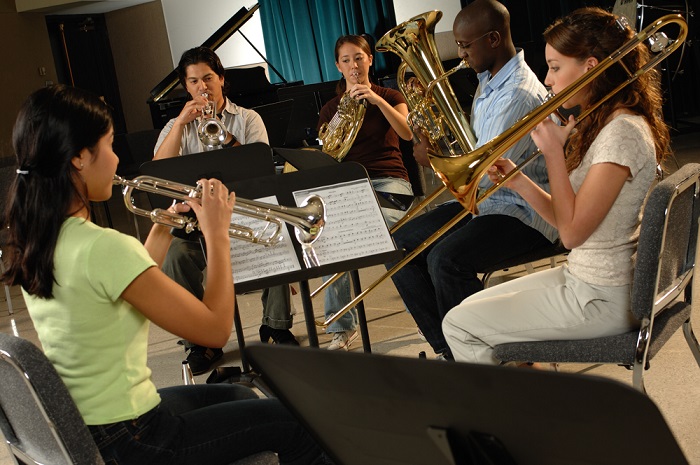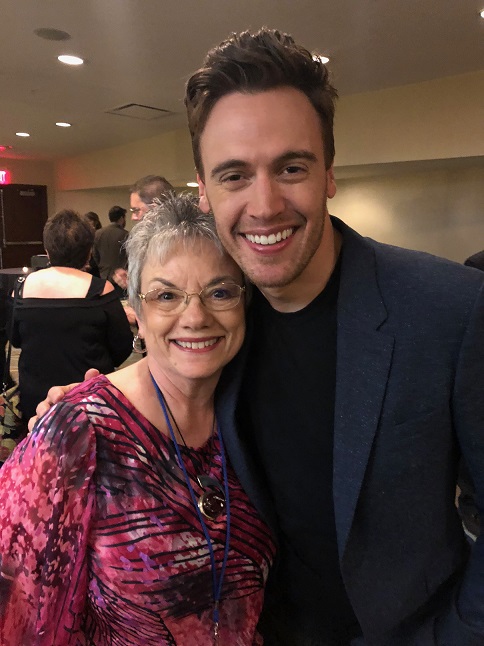“The quest to explore different traditions from around the world outside of classical music has really felt like a quest to discover more about myself,” says Mike Block.
Block, an associate professor at Berklee College of Music and the New England Conservatory, plays the cello and sings. Other than that, he’s hard to pin down.
He has released 11 albums either as a solo artist, in a pair or trio, or as the leader of a group of musicians. The music he has tackled on his albums include bluegrass, original songs, Bach compositions alternating with modern classical music, and an upcoming duo album with an Indian tabla player.
He is part of Yo-Yo Ma’s Silkroad Ensemble and has collaborated in performance or recordings with the likes of Stevie Wonder and Alison Krauss. He’s also the first cellist to perform at Carnegie Hall standing up, using a cello strap of his own design.
Roots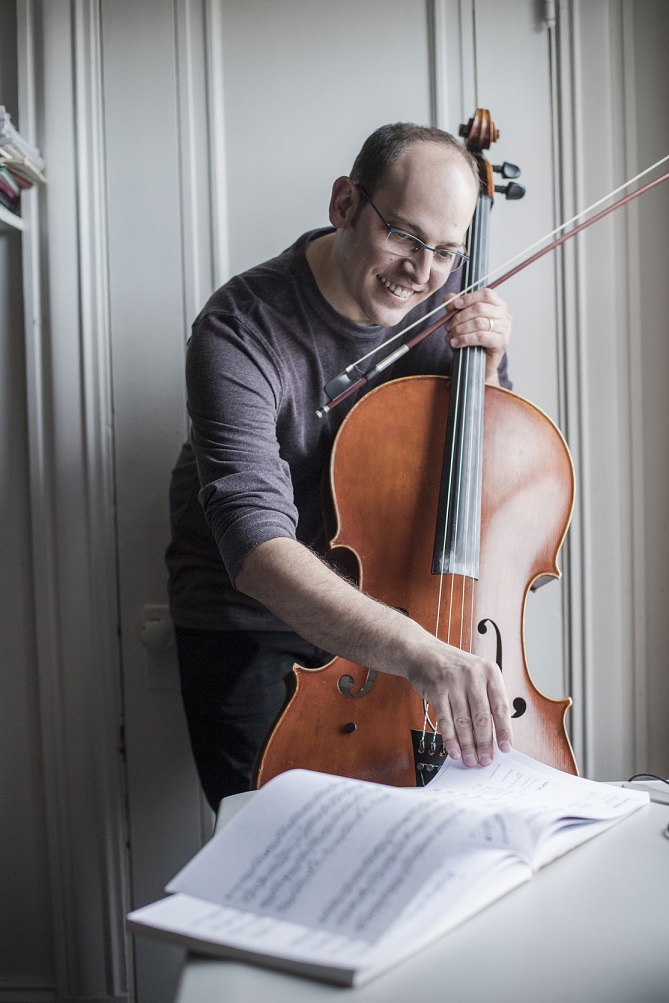
Block’s father, Glenn Block, is director of orchestras and a professor of conducting at Illinois State University. His mother, Nancy Cochran, is the former director of Lamont School of Music at the University of Denver. Block’s siblings all play string instruments.
Classical music was the default — “it was what we played in the car,” Block recalls.
Other styles of music had a mystique to them — the allure of the unknown.
“The idea of popular music fascinated me as a kid,” Block says. “How can the same art form I’m studying, focusing on music from across the ocean from past centuries, … how can all these same skills captivate millions of people today?”
Despite his varied output, Block is not a sonic tourist, dipping into a style just long enough to take a metaphorical selfie. “Anything can be done poorly or masterfully,” Block says.
On his musical quest, he goes deep into whatever he’s playing, whether it’s Chuck Berry or Beethoven.
Block says he has seldom received pushback from his peers in the world of professional music although he jokes that the people who don’t return his emails probably don’t support his musical eclecticism. He adds with a laugh, “You never hear back from the people who don’t like what you do.”
Spotlight: Efficiency
How is it possible to teach, have a family, play with other top musicians, embrace a huge range of musical styles and have a steady recording career? There’s another quest behind Block’s musical one. Block is constantly in pursuit of efficiency.
“Whether it’s improvising on new jazz chord changes or trying to sing a new bluegrass song, there’s always an efficient way to learn something,” he says. “Efficiency holds intrinsic moral value for me. Inefficiency is a kind of sin rooted in a lack of appreciation for the preciousness of our time and other people’s time.”
Block laughs and adds, “I know I’m coming off quite harsh and dramatic. But, potentially to a fault, I’m always trying to design the quickest way to accomplish a goal, whether it’s the layout of my office or the pacing and structure of a workshop I’m presenting.”
Block explains that learning new things efficiently mattered to him from the beginning of his career. “I never felt like I had a huge natural talent,” Block admits. “My hope was always that I could try to catch up to everyone else.”
It’s all about working hard and working smart. Block has a firm idea in his mind of his end goal and observes other musicians for patterns or habits that he can build from. He also emphasizes breaking down a new skill into small, manageable components.
Block embraces efficiency as a teacher too. “Keeping students motivated often depends on how clearly and efficiently you can share knowledge,” he says.
Stand and Deliver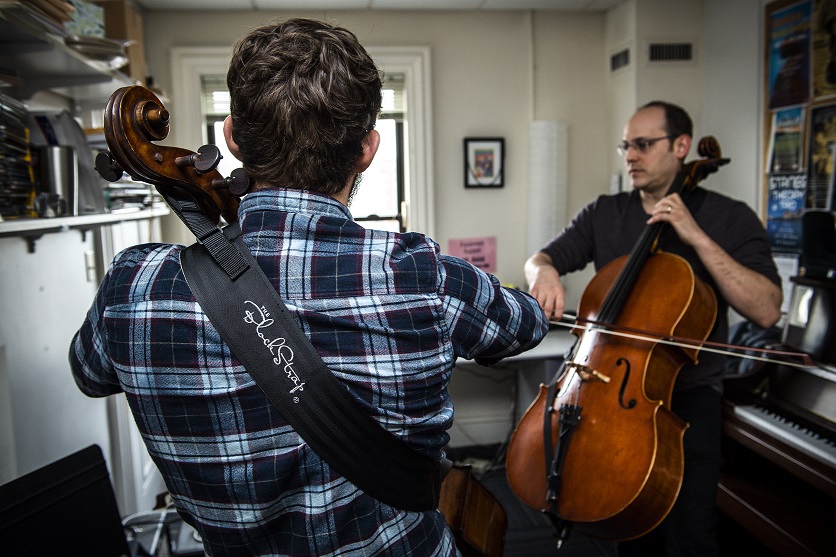
Block is an inventor and entrepreneur as well as a musician. He designed and patented The Block Strap for cellists to play while standing or moving.
Block’s friend Rushad Eggleston is known for playing cello while standing, but he uses a guitar strap. Block says that he was hesitant about giving it a try, even though he was “incredibly jealous” of Eggleston’s freedom to move around the stage.
Block explains that he used to think that “standing was Rushad’s thing. I won’t try that because people will think I’m copying him.”
One year, Block invited Eggleston to teach at the Mike Block String Camp in Vero Beach, Florida. “The morning after the faculty performance, four cellists showed up to class with straps,” Block says. “I don’t know where they got straps by 10 a.m., but they were inspired by seeing Rushad, and they had no hesitations about trying to stand and giving it a shot. I realized I was also inspired by Rushad, but I had mental baggage that prevented me from trying it.”
At first Block tried a guitar strap like Eggleston and then attempted to adjust his technique — but the results were not encouraging. “Then I had an epiphany that seems obvious now,” Block says.
The eureka moment was that he could just design a new strap to match his existing cello technique. From there, designing the right strap became a two-year-long process.
Block points out that cellists are trained to direct their arm weight into the instrument. When cellists are sitting, that force is transferred from the cello to the floor. But when they are standing, the force enters their body, creating what Block calls “a much more visceral, physical experience.”
Rebel with a Cause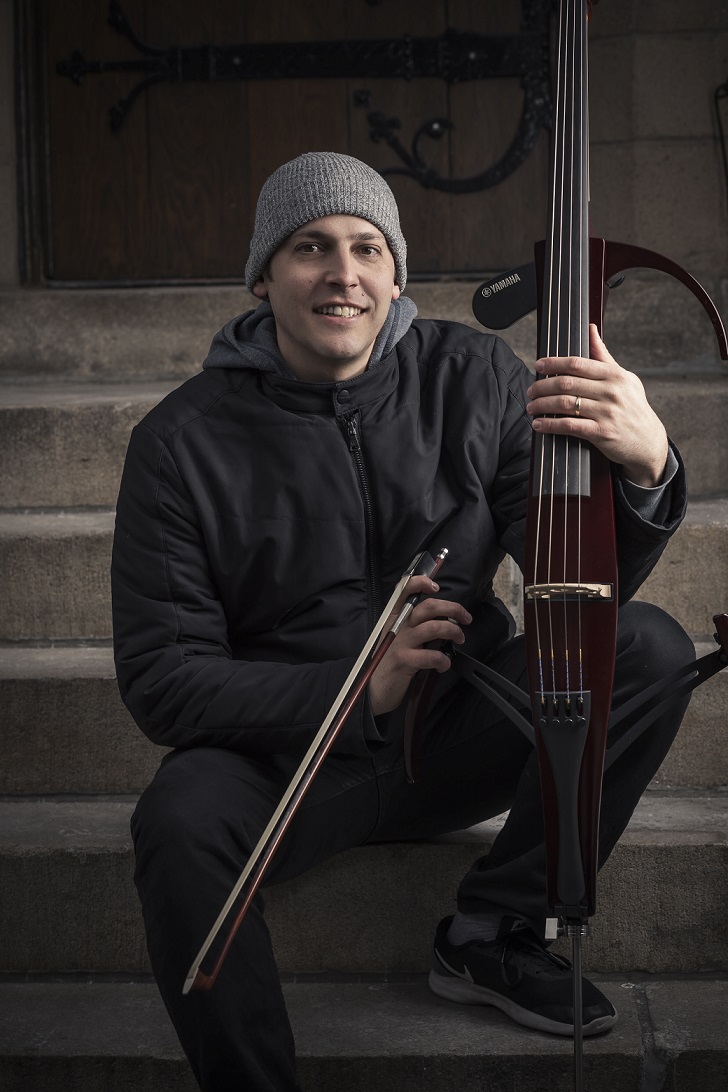
Although he eventually broke free, Block says that he felt confined when he first started to take music seriously. “I was frustrated that even though I was identifying as a musician who was training for a professional career, I couldn’t do all the things musically that I wanted to do,” he recalls.
When he was playing only the selections his teachers assigned to him, he struggled to feel 100% invested in music.
“I didn’t feel empowered,” he remembers. “For me, self-empowerment comes with a streak of rebelliousness. But it’s not rebellion for its own sake, and it’s not directed at some outside authority. Ultimately what I’m rebelling against isn’t other people but the nagging voices in my own head. Living true to myself has meant examining assumptions I have about what I can do or what I shouldn’t be doing.”
Block works to make sure his own students have the freedom to pursue music in a way that empowers them, so that they can follow their own path. The key is to build on students’ existing passions and interests for various types of music and artists, rather than deciding all the repertoire for them.
As a teacher who wants to understand his students’ musical tastes, Block is constantly exposed to new sounds. He’s familiar with pop music, but he notes that his students arrive at Berklee with an unpredictable range of tastes and knowledge, remembering one student who had a deep knowledge of klezmer music (a tradition of the Ashkenazi Jews) and others who listen to cutting-edge jazz.
A Fine Line
Executing at a high level is the goal, no matter the type of music. “There’s no style that justifies playing at a lower level or not working on your technique or achieving a high level of mastery,” Block says.
He isn’t big on teaching the same thing over and over. “By the time we figure out how to teach something really well, it’s at that moment that the thing we’re teaching dies, in a way,” Block says with a laugh. “Maybe that’s dramatic language. But finding ways to give students structure and help them progress while giving them space to find themselves and find new things — I often feel that tension in teaching.”
Block says that it’s “a particularly fine line when teaching improvisation or working on arranging and composition — giving students the space to explore versus making sure they work on the skills that have stood the test of time.”
Block constructed his Florida camp to marry timeless technique with of-the-moment music. The camp, entering its 11th year, hosts more than 100 students each summer. Students who choose the popular collaborative track are first taught several pieces of music by ear, ranging from Celtic fiddle tunes to contemporary jazz. Then they form groups and are coached through arranging, improvising and performing music. “They’re learning from existing traditions, repertoire and skills, but making it their own,” Block says.
The Mike Block String Camp is a great distillation of Block’s approach to music: Creativity paired with timeless skills. Classical rigor applied across a range of musical styles.
Block’s musical quest continues, but his standards never change.
Mike Block At a Glance
- Education
- Bachelor’s: Cleveland Institute of Music
- Master’s: The Juilliard School
- Current Position: Associate Professor at Berklee College of Music and New England Conservatory
- Select Projects and Recordings:
Photos by Eric Levin Photography
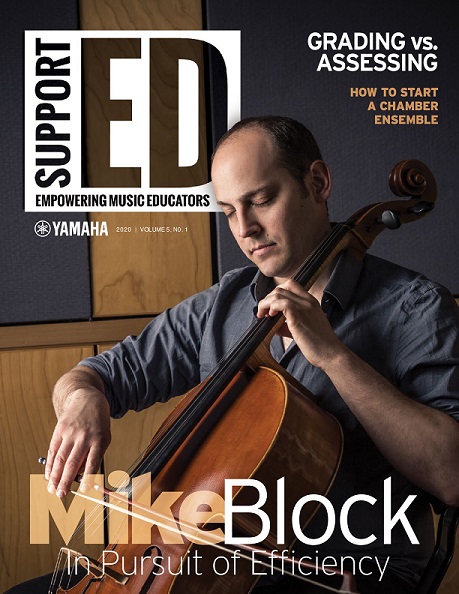 This article originally appeared in the 2020N1 issue of Yamaha SupportED. To see more back issues, find out about Yamaha resources for music educators, or sign up to be notified when the next issue is available, click here.
This article originally appeared in the 2020N1 issue of Yamaha SupportED. To see more back issues, find out about Yamaha resources for music educators, or sign up to be notified when the next issue is available, click here.
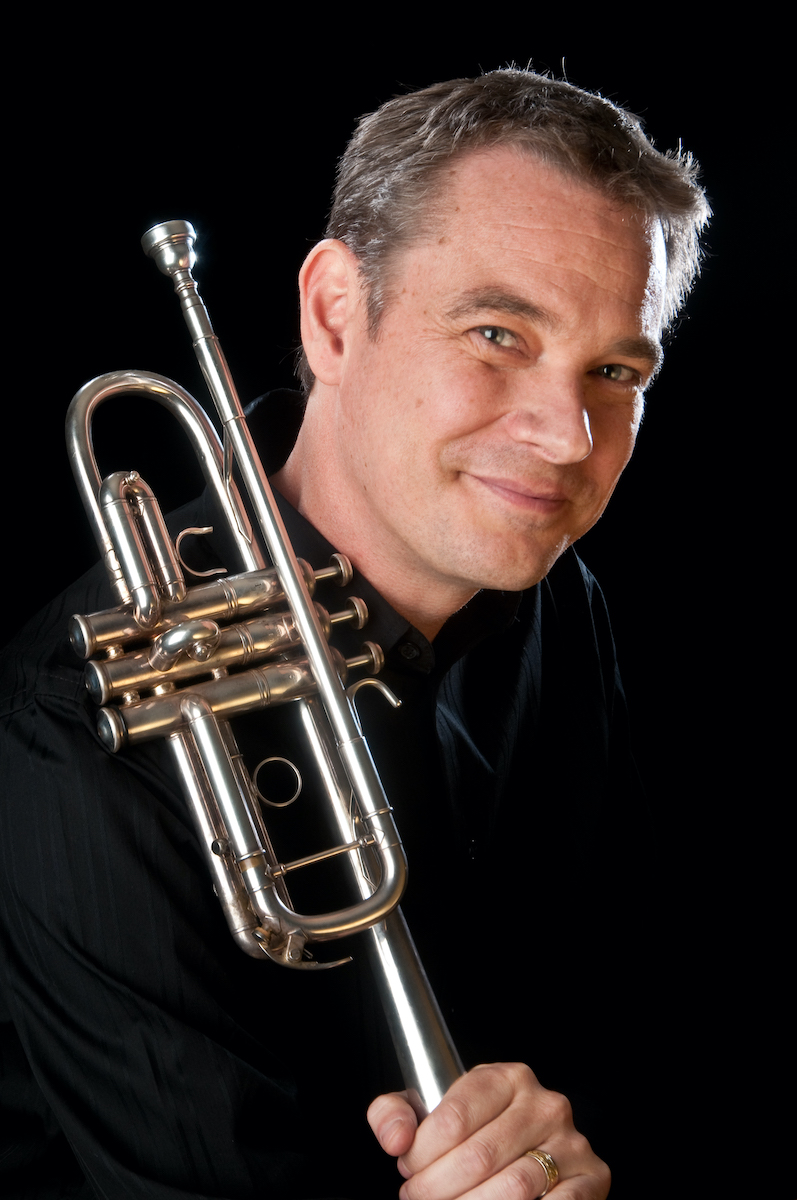









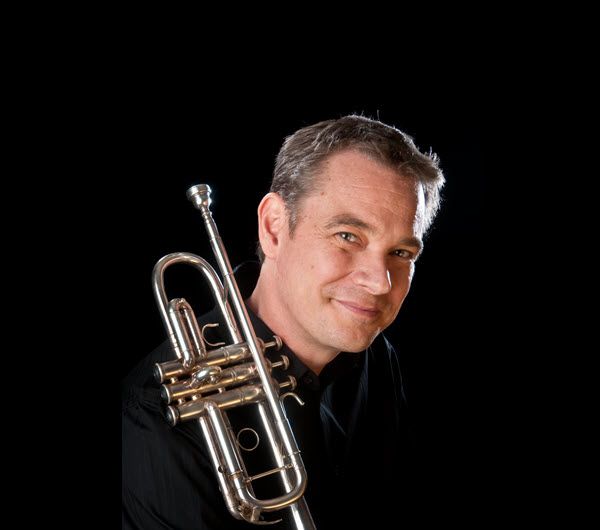

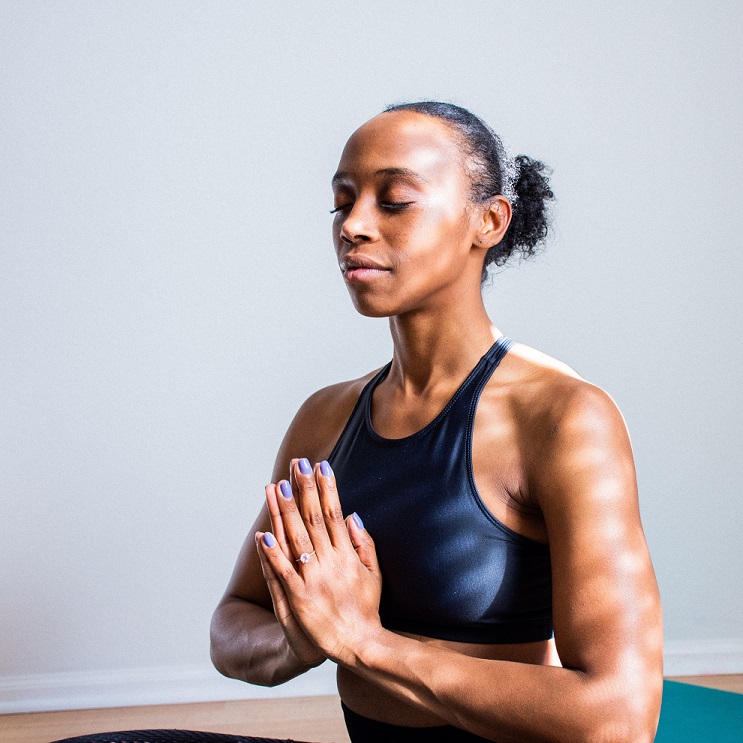 Morning Routine: Setting Intention
Morning Routine: Setting Intention Sure, you’re in the zone now, and it can be hard to stop for a break. But remember that taking a brief midday reset for self-care will make you a calmer, more patient teacher the rest of the day, better able to come up with creative solutions when your students come to you with their needs. So, resist the urge to work straight through the lunch period by setting an alarm on your phone to nudge you toward a healthy meal and a physical break.
Sure, you’re in the zone now, and it can be hard to stop for a break. But remember that taking a brief midday reset for self-care will make you a calmer, more patient teacher the rest of the day, better able to come up with creative solutions when your students come to you with their needs. So, resist the urge to work straight through the lunch period by setting an alarm on your phone to nudge you toward a healthy meal and a physical break.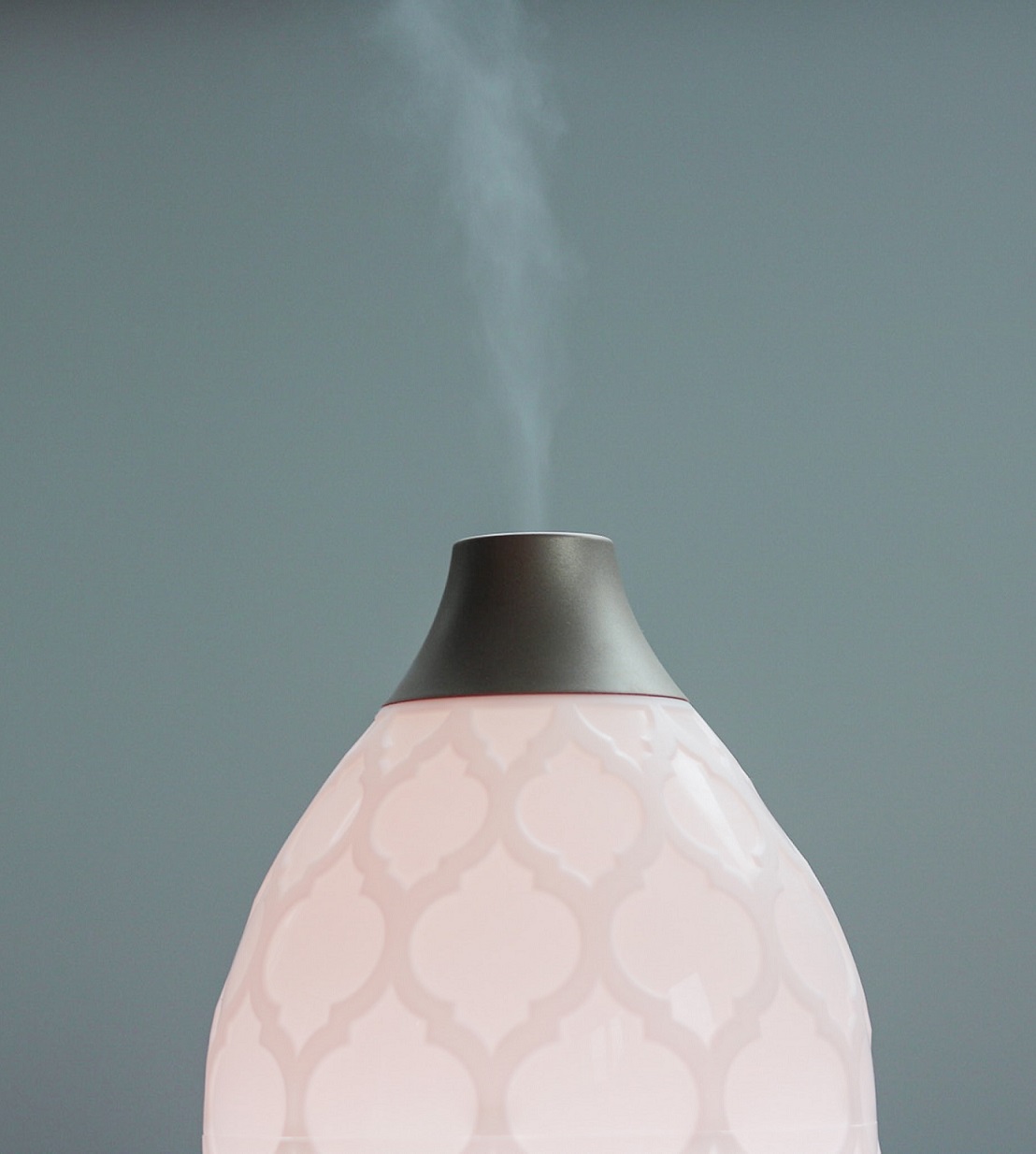 Afternoon Routine: Assess and Reset
Afternoon Routine: Assess and Reset Evening Routine: Reclaiming Identity
Evening Routine: Reclaiming Identity
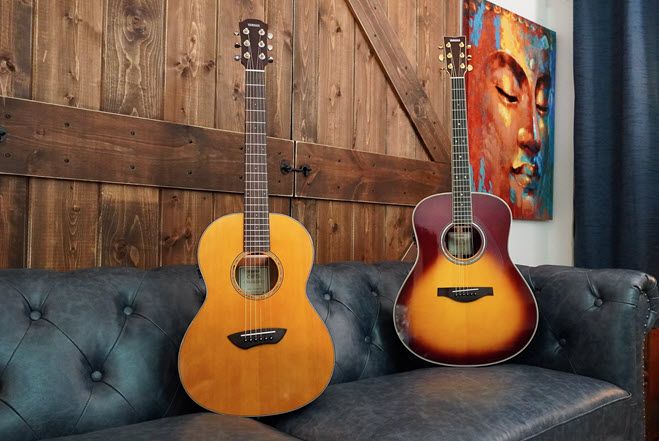
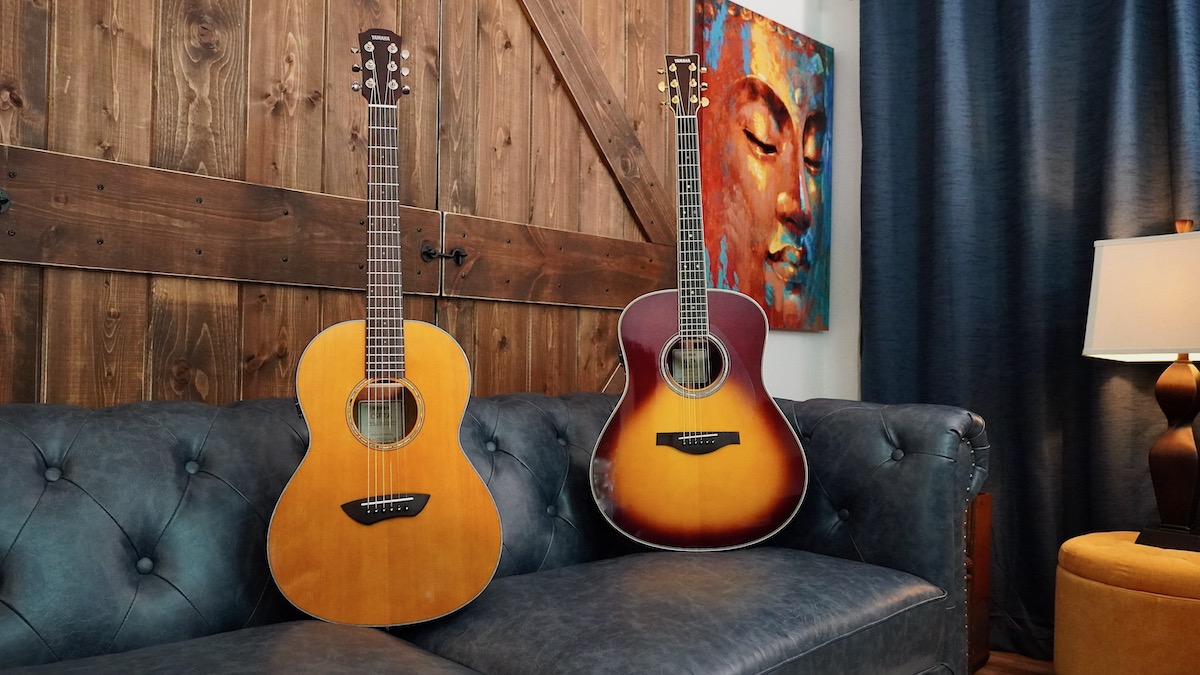

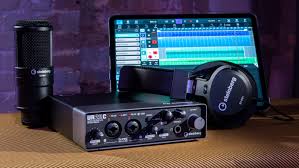
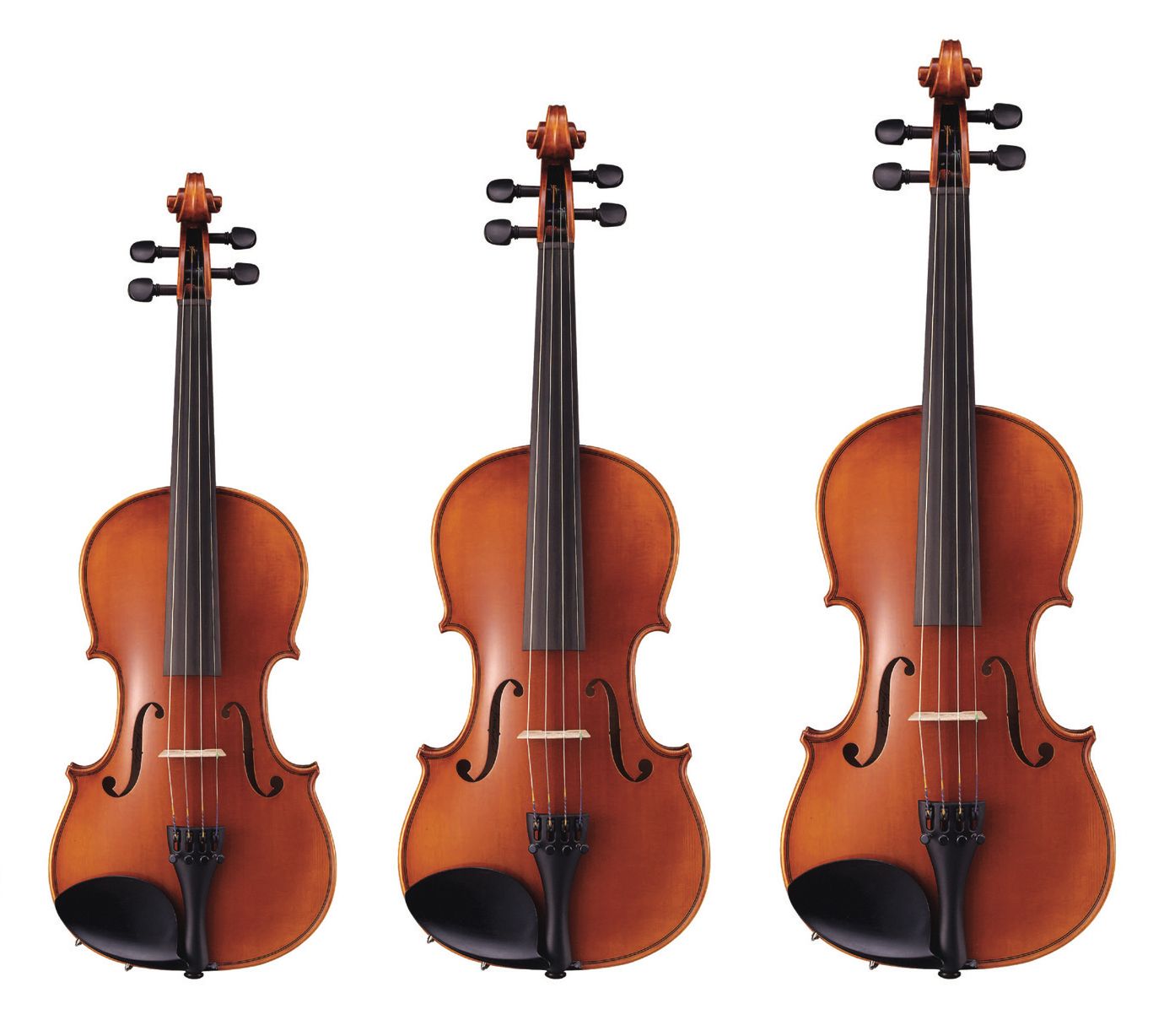
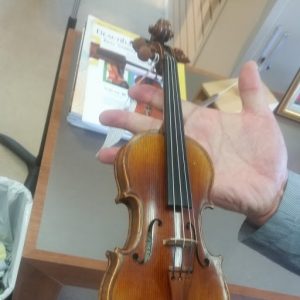
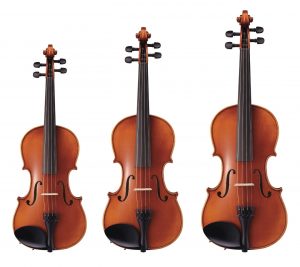

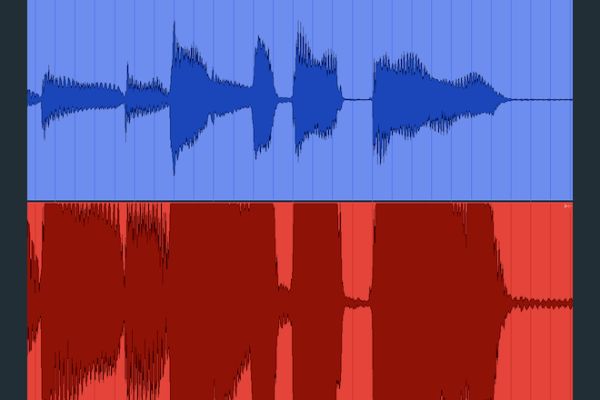
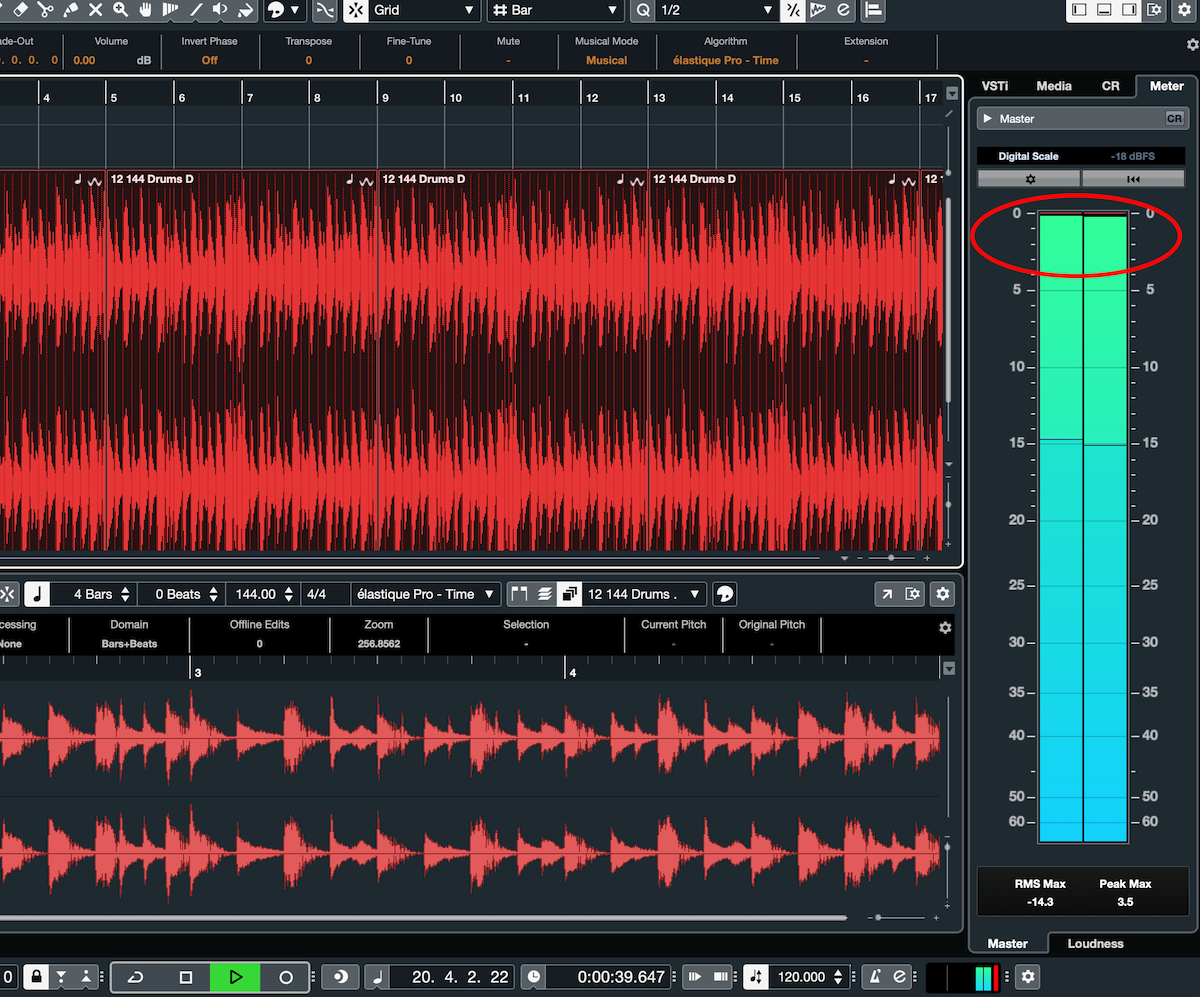
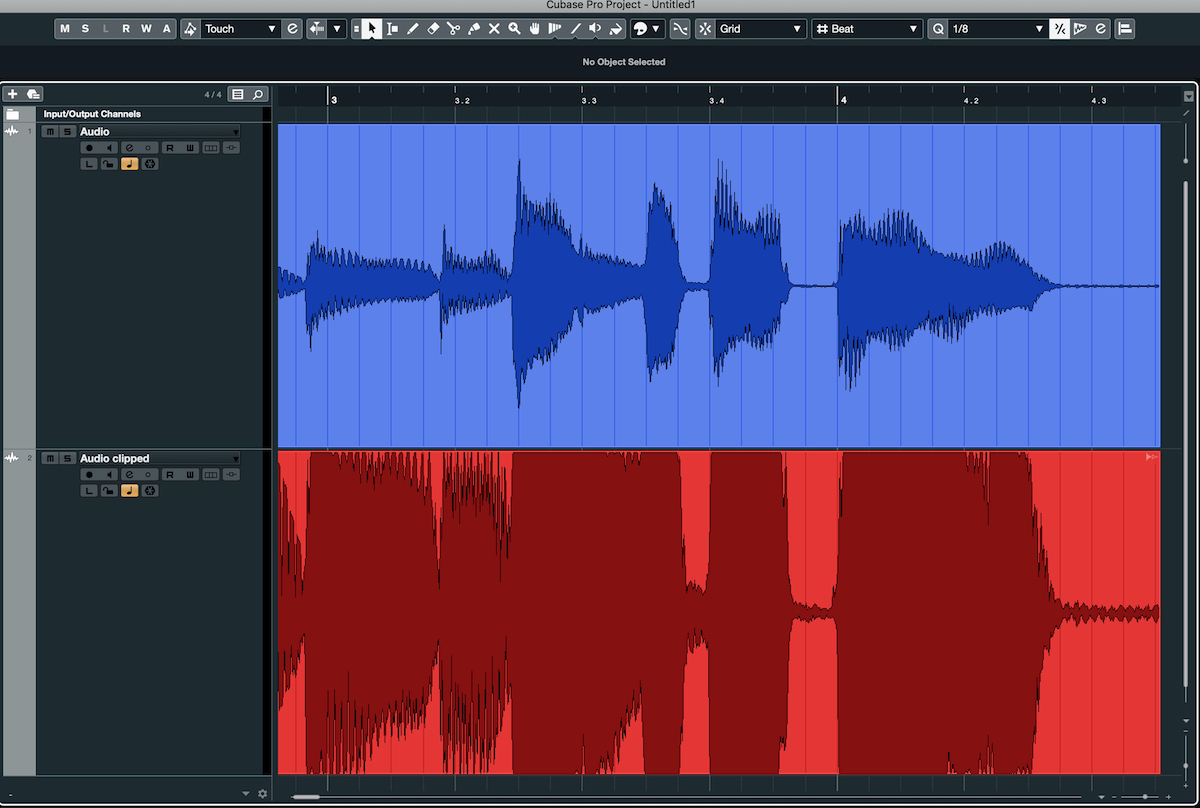
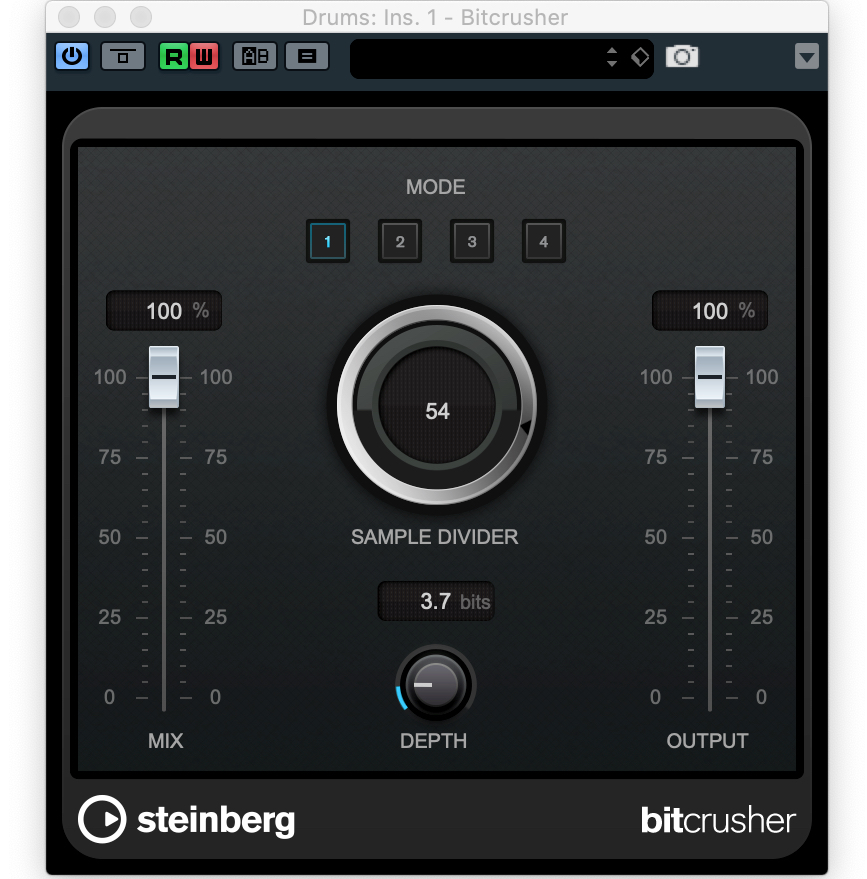
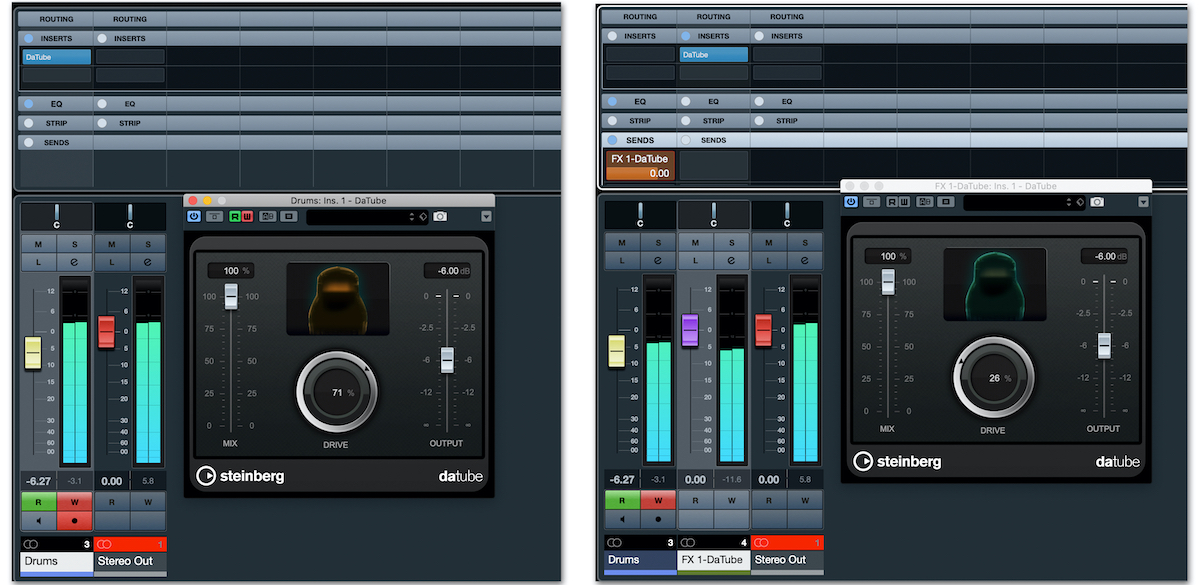
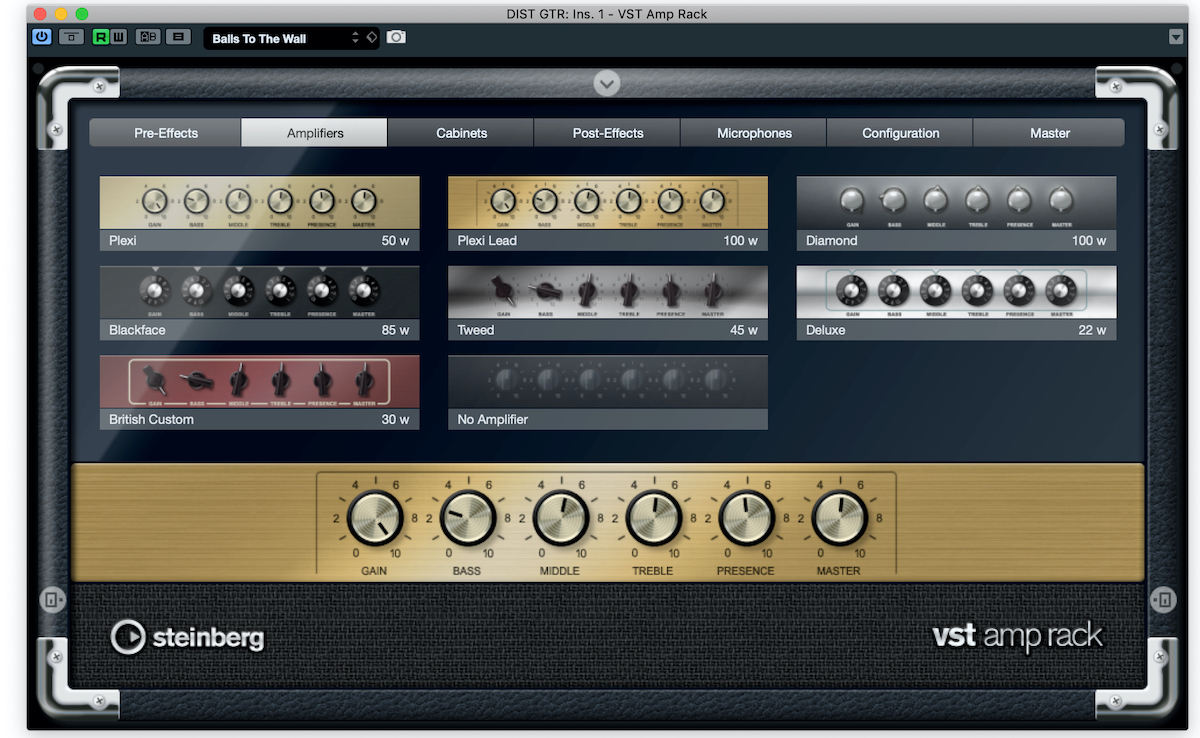
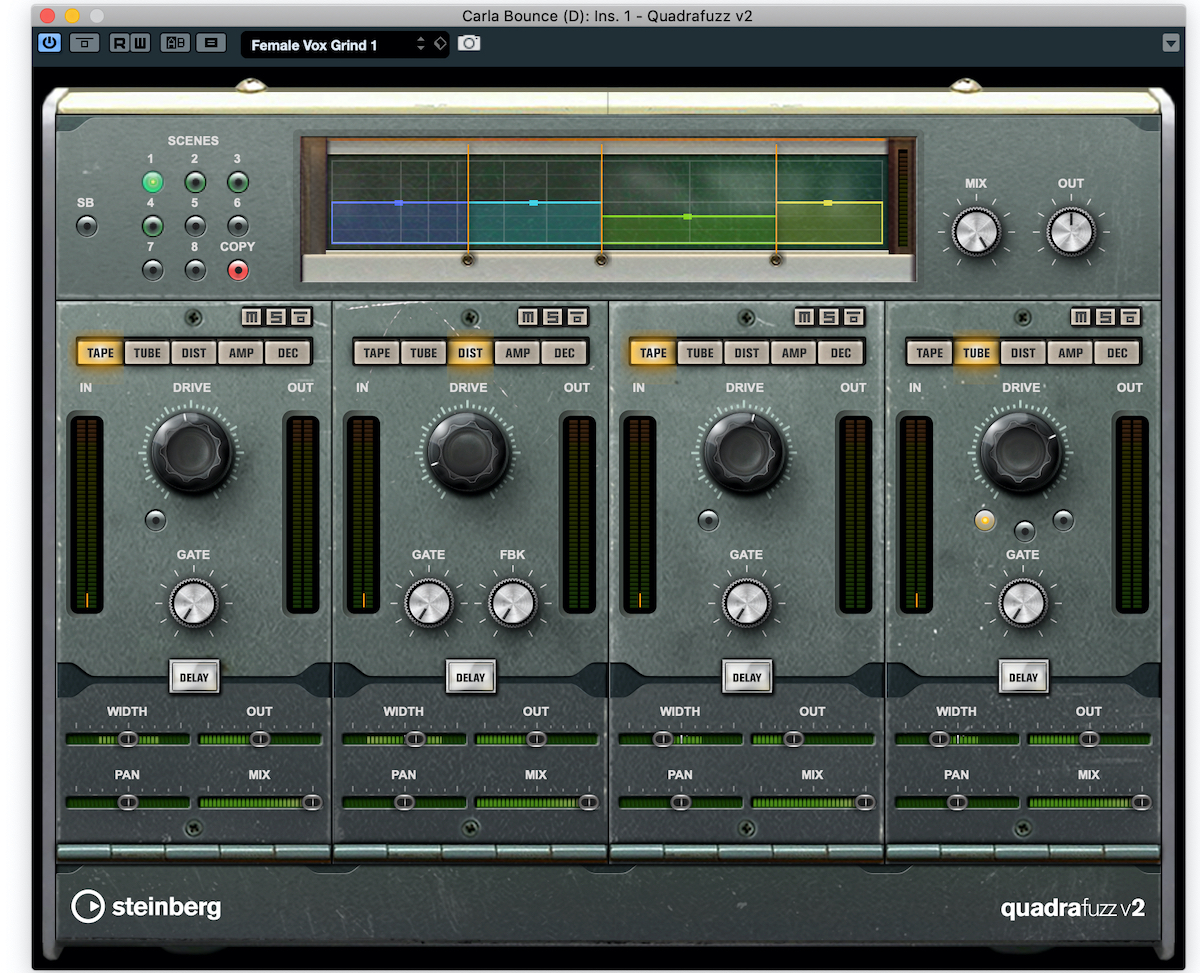
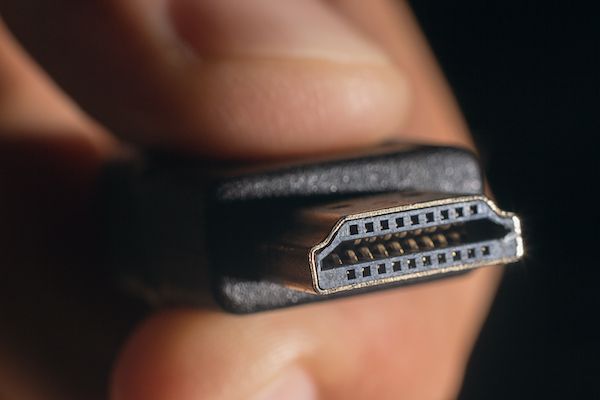

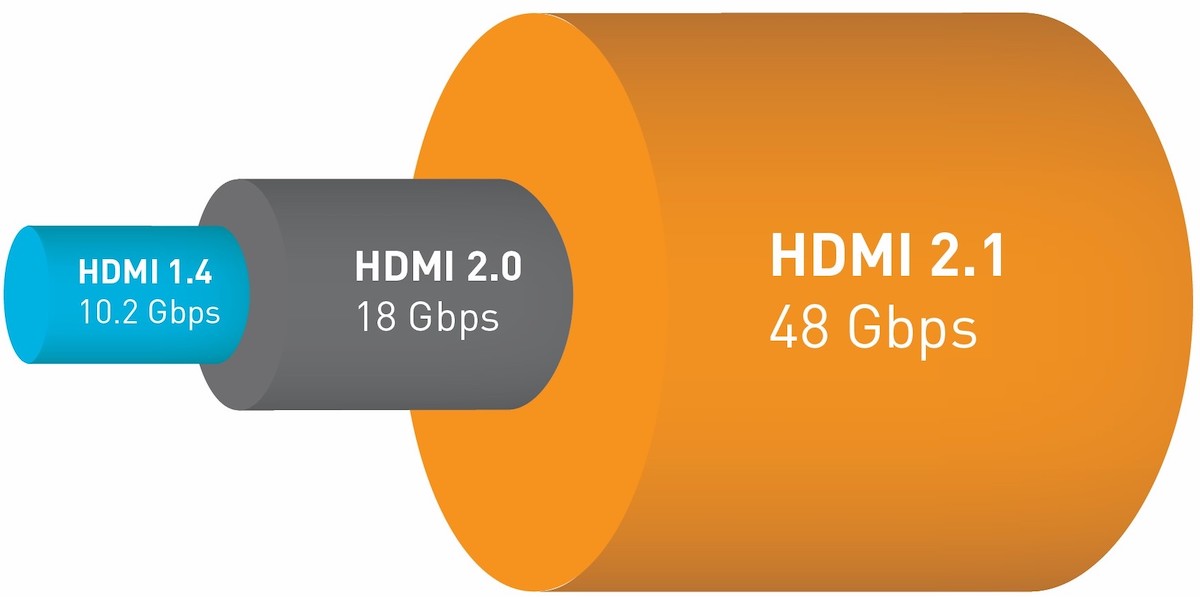
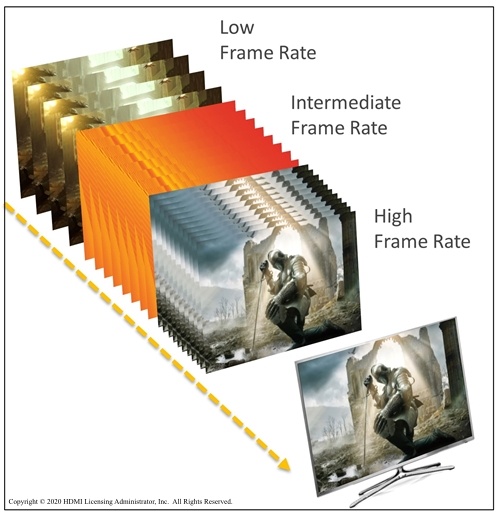

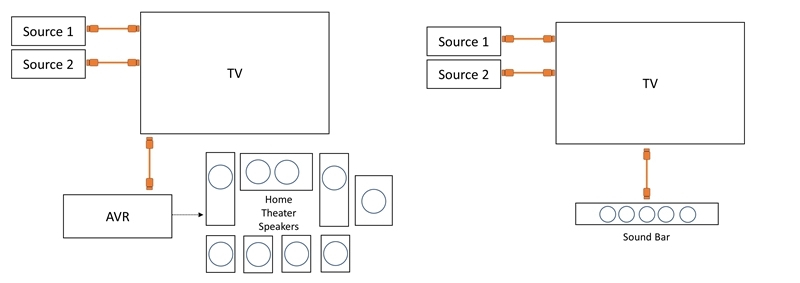

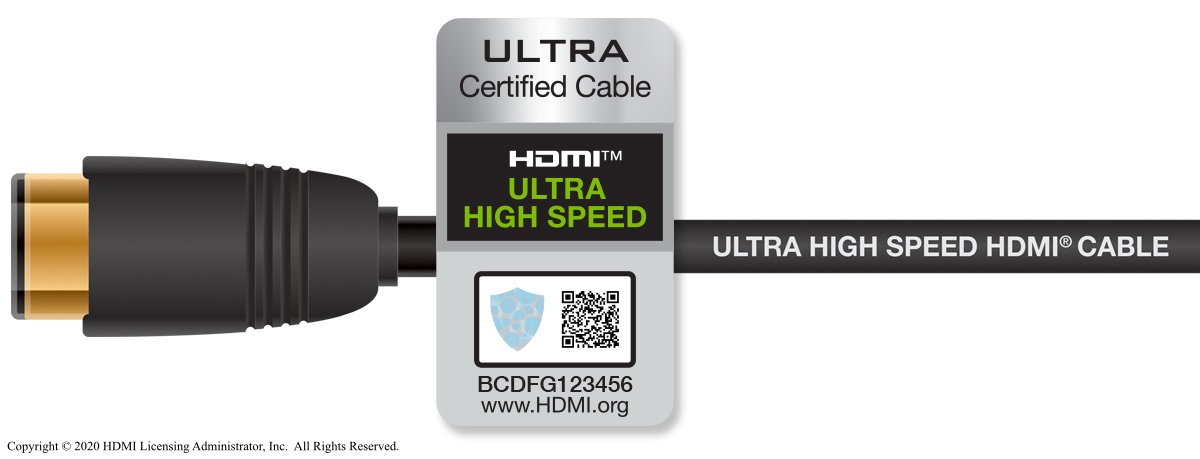

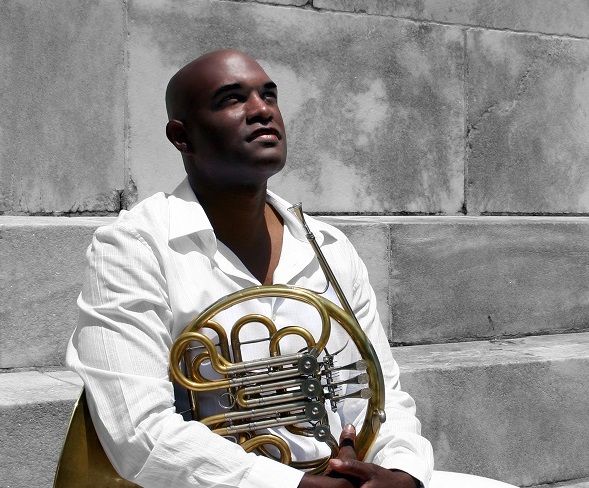
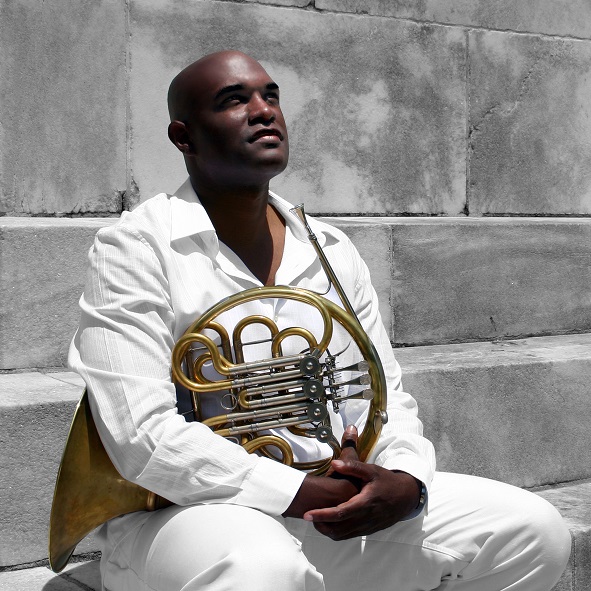 The Multitasker
The Multitasker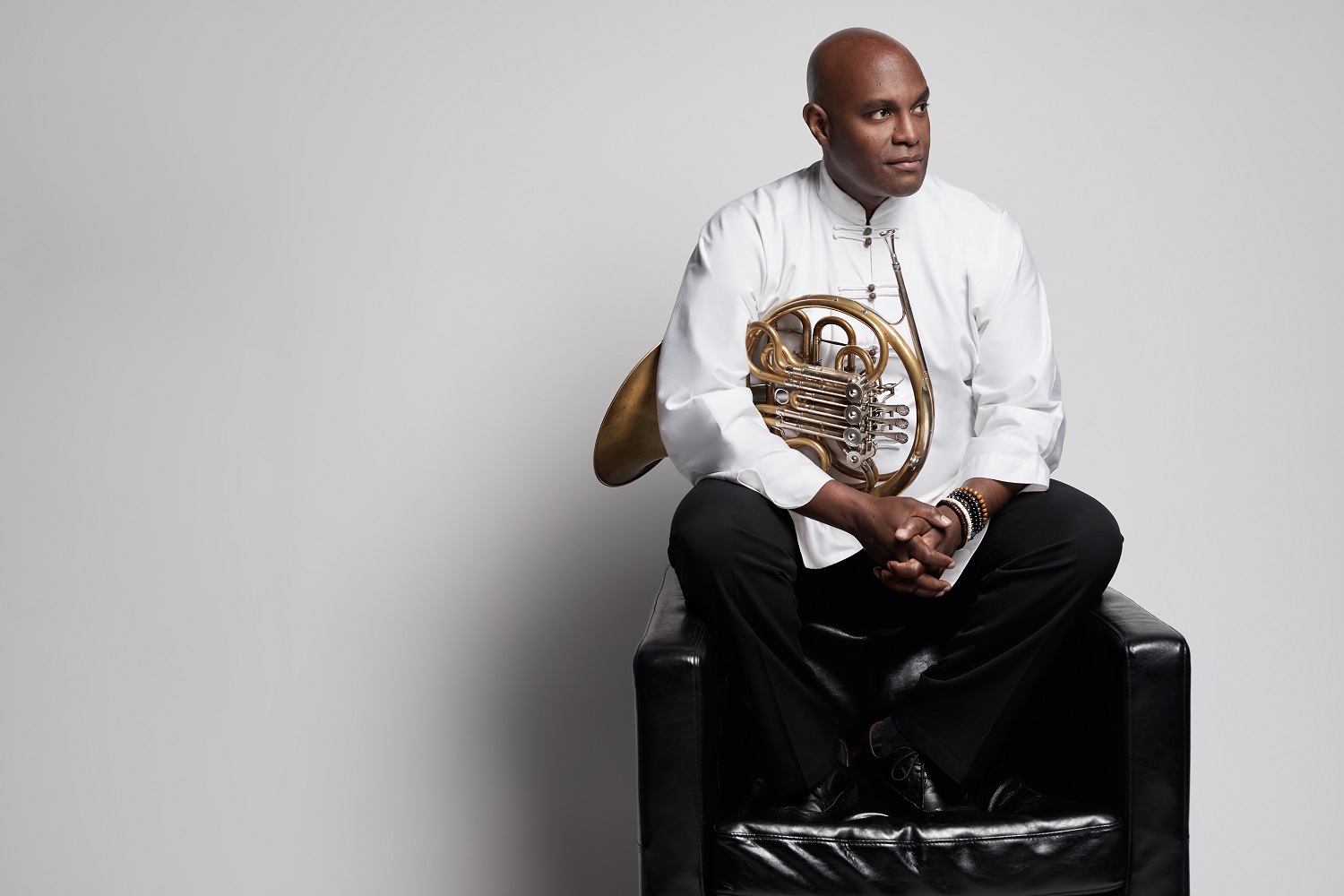 The Administrator
The Administrator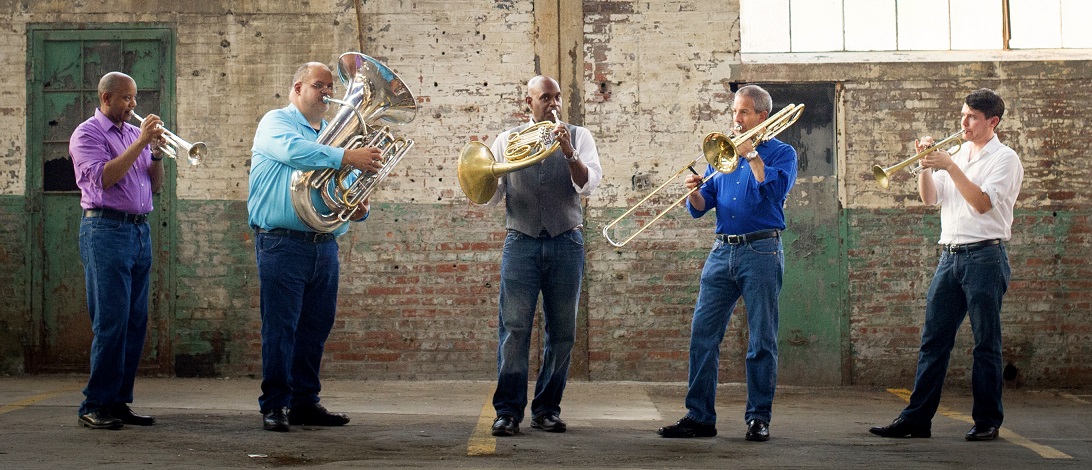
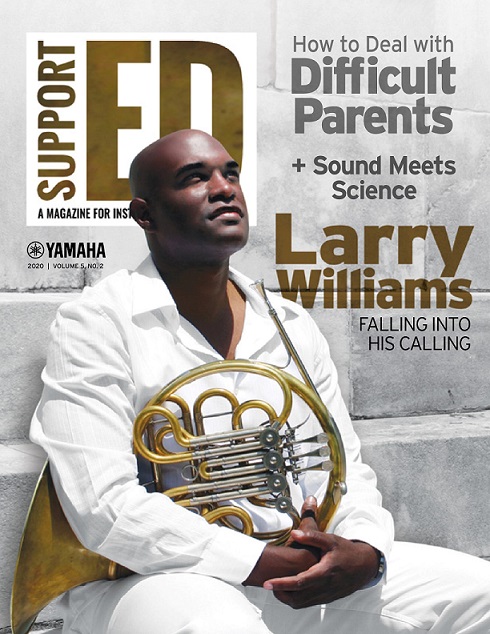
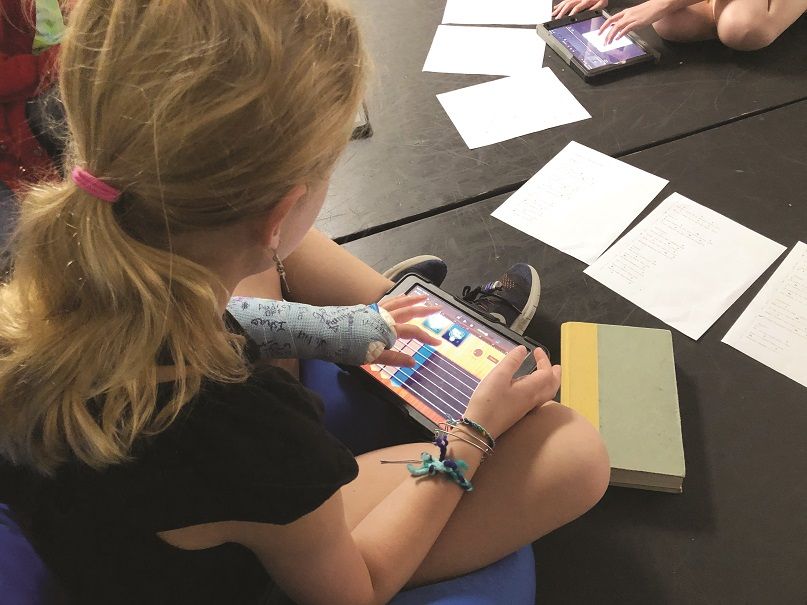
 Kindergartners through 5th graders use their devices not only to learn coding, robotics and aviation but also to create music.
Kindergartners through 5th graders use their devices not only to learn coding, robotics and aviation but also to create music. Computer-generated music making can also tie into English and reading. In music class, older students use recording software to create an audiobook. “We do a project where students read a … 1st-grade level text and record that,” Coyne says. “They add in sound effects for page turns and background music.”
Computer-generated music making can also tie into English and reading. In music class, older students use recording software to create an audiobook. “We do a project where students read a … 1st-grade level text and record that,” Coyne says. “They add in sound effects for page turns and background music.” During iPad Band rehearsals, which take place one hour before school, students use GarageBand and
During iPad Band rehearsals, which take place one hour before school, students use GarageBand and 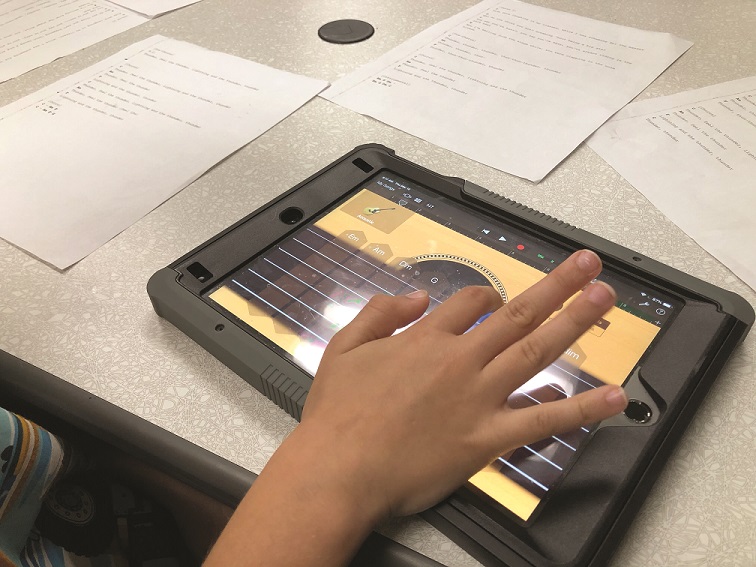 Though music is an auditory phenomenon, the use of technology has helped students engage with it visually as well. “For kids who are visual learners, they can see right then what they’ve done and how it lines up,” Coyne says. “The kids who you thought were going to struggle with the comprehension of it, they’re the ones who are like, ‘Let’s do it again! I want to keep going!’”
Though music is an auditory phenomenon, the use of technology has helped students engage with it visually as well. “For kids who are visual learners, they can see right then what they’ve done and how it lines up,” Coyne says. “The kids who you thought were going to struggle with the comprehension of it, they’re the ones who are like, ‘Let’s do it again! I want to keep going!’”
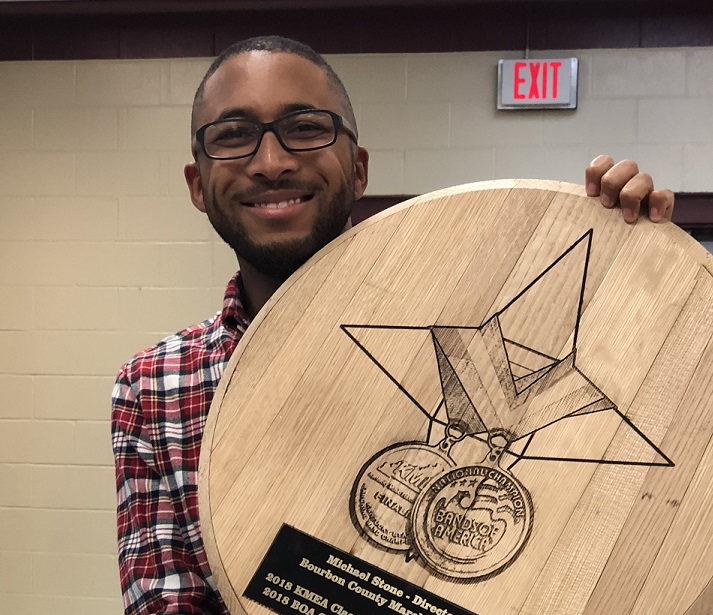 Now band director at
Now band director at 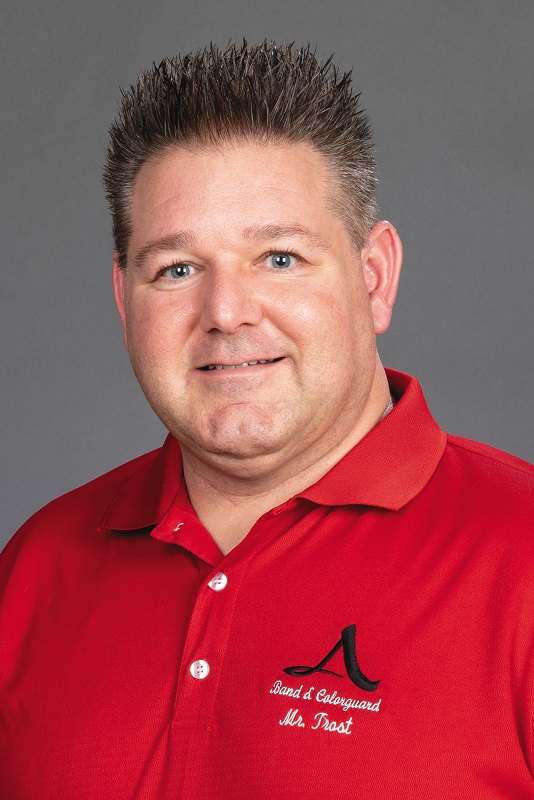
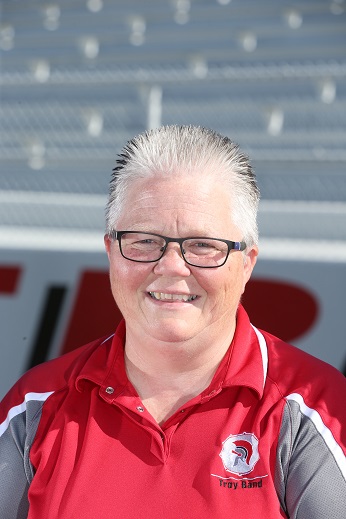 While feeling defensive is human nature when your policies are questioned, self-reflection is vital, says Kathy McIntosh, director of bands and music department head at
While feeling defensive is human nature when your policies are questioned, self-reflection is vital, says Kathy McIntosh, director of bands and music department head at  Let Time Heal Some Wounds
Let Time Heal Some Wounds
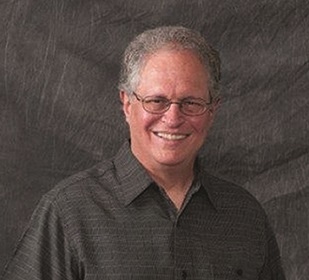

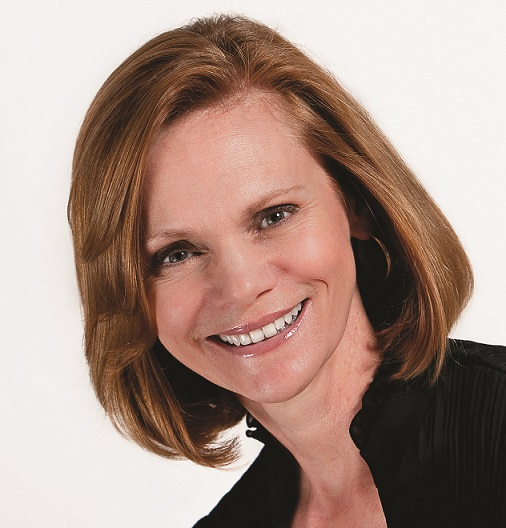
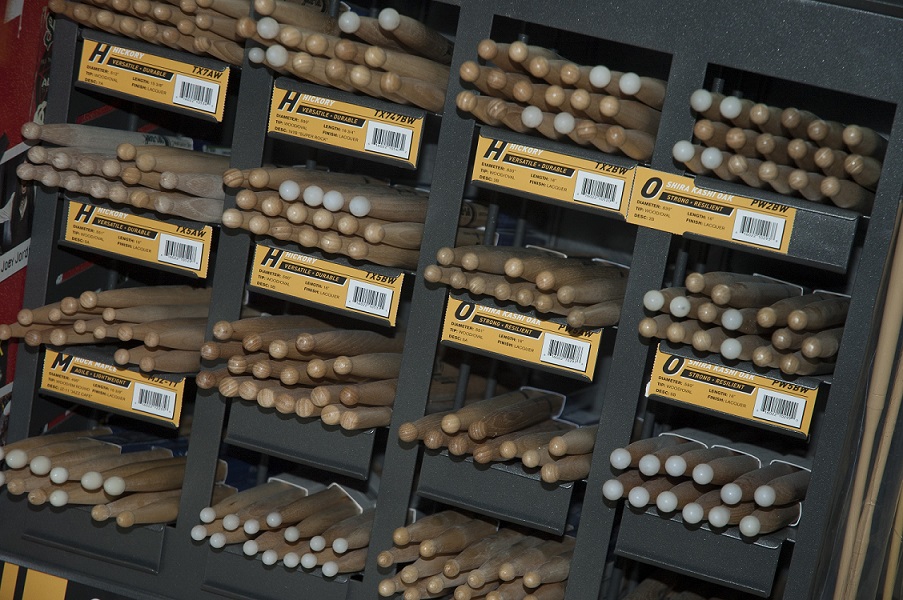 The Right Tool for Each Player
The Right Tool for Each Player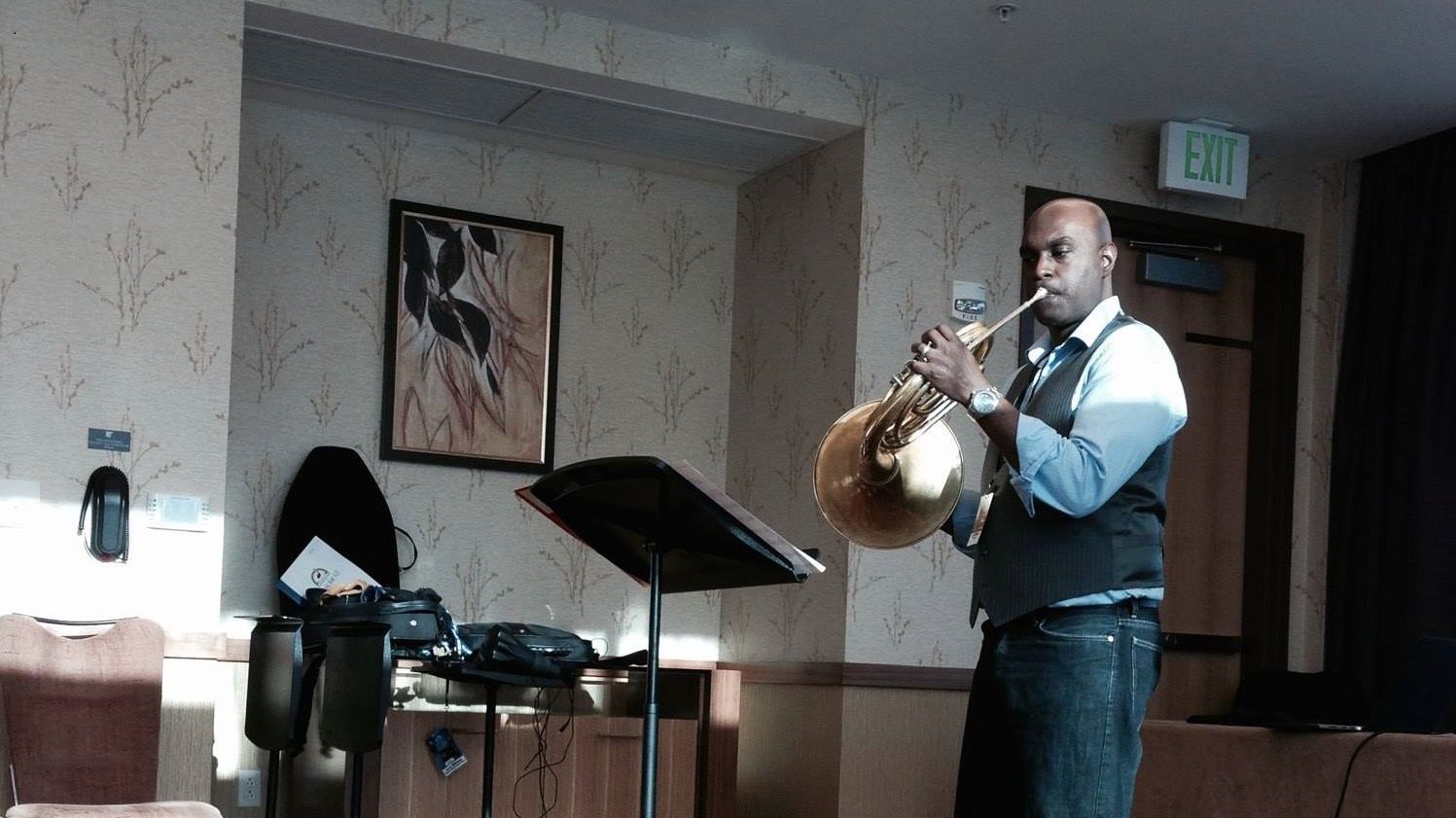


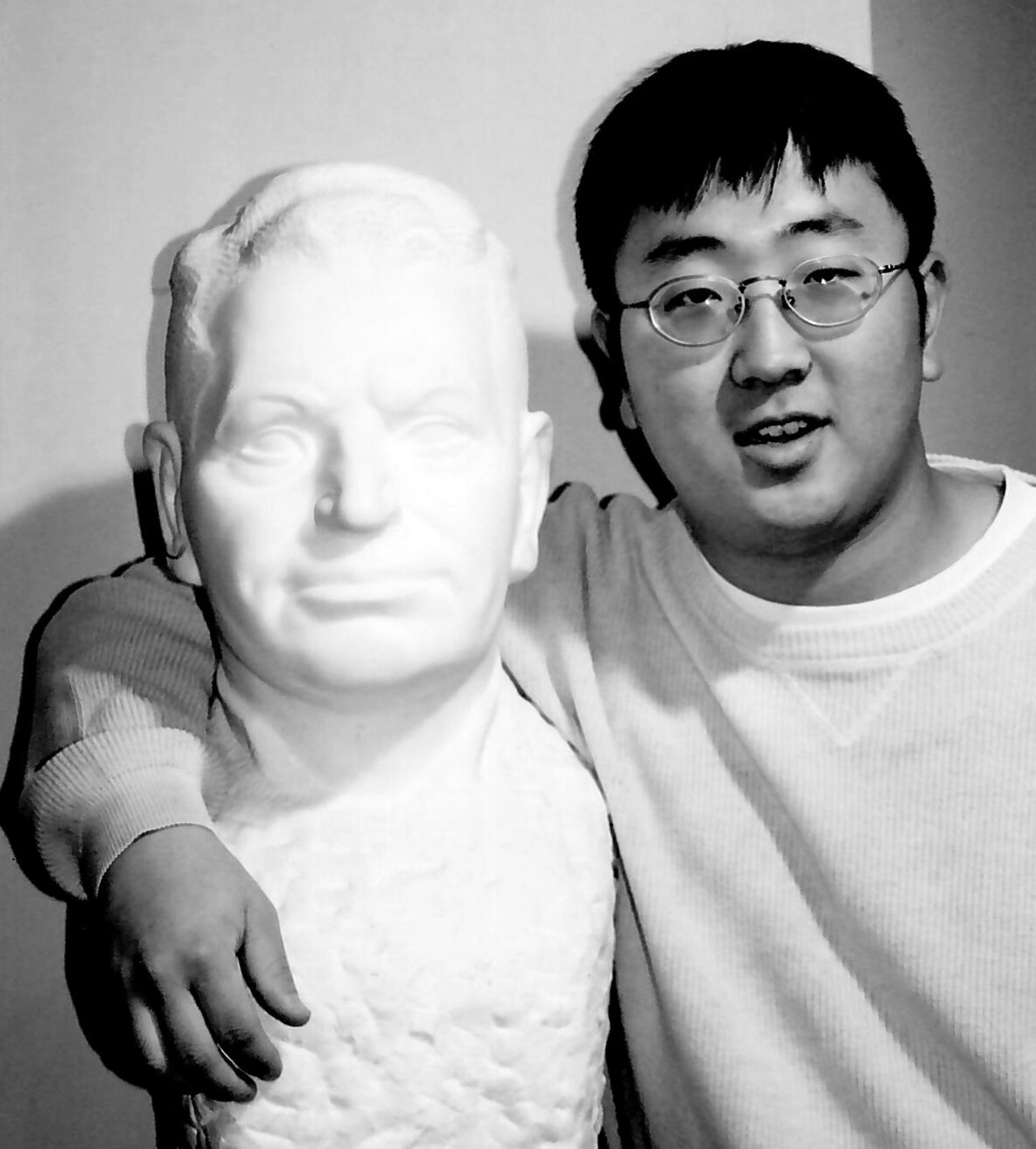 Welcome to your first year as a teacher. You are unusually lucky to start your career at an exemplary high school with a thriving band program, strong parental support, abundant resources and an amazing senior colleague. You’ll learn a lot living in Minneapolis, a great American city with two full-time professional orchestras, two classical radio stations and a vibrant theater scene. You’ll only be a short drive from your wonderful former teachers at
Welcome to your first year as a teacher. You are unusually lucky to start your career at an exemplary high school with a thriving band program, strong parental support, abundant resources and an amazing senior colleague. You’ll learn a lot living in Minneapolis, a great American city with two full-time professional orchestras, two classical radio stations and a vibrant theater scene. You’ll only be a short drive from your wonderful former teachers at  The one thing I wish I knew when I started teaching is that no rational argument, however well-reasoned or explained, will prevail on a person acting irrationally. Though sometimes it’s important to be right — and it’s always important to do right — spending hours writing the perfect email to explain why someone’s child wasn’t placed in the top band, assigned the solo, selected as drum major or why the music festival is more necessary than the winter formal usually fails to make a difference or costs more than it’s worth. Instead, invest your time and energy in what you can actually improve — for example, yourself.
The one thing I wish I knew when I started teaching is that no rational argument, however well-reasoned or explained, will prevail on a person acting irrationally. Though sometimes it’s important to be right — and it’s always important to do right — spending hours writing the perfect email to explain why someone’s child wasn’t placed in the top band, assigned the solo, selected as drum major or why the music festival is more necessary than the winter formal usually fails to make a difference or costs more than it’s worth. Instead, invest your time and energy in what you can actually improve — for example, yourself.
 Q. What have you discovered about the value of music education since becoming the principal of Nevada’s largest high school?
Q. What have you discovered about the value of music education since becoming the principal of Nevada’s largest high school?

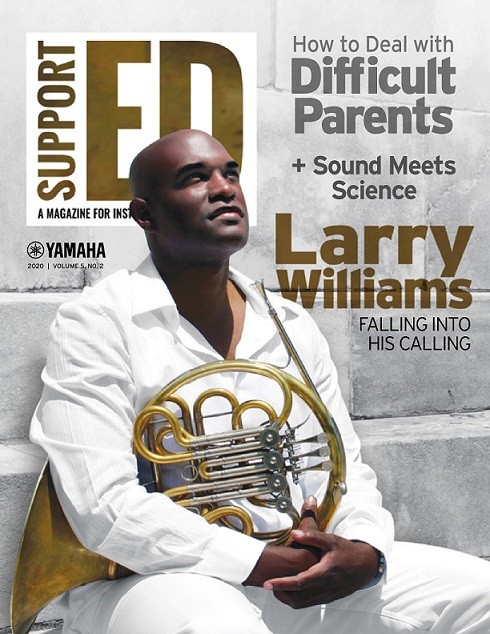 This article originally appeared in the 2020N2 issue of Yamaha SupportED. To see more back issues, find out about Yamaha resources for music educators, or sign up to be notified when the next issue is available,
This article originally appeared in the 2020N2 issue of Yamaha SupportED. To see more back issues, find out about Yamaha resources for music educators, or sign up to be notified when the next issue is available, 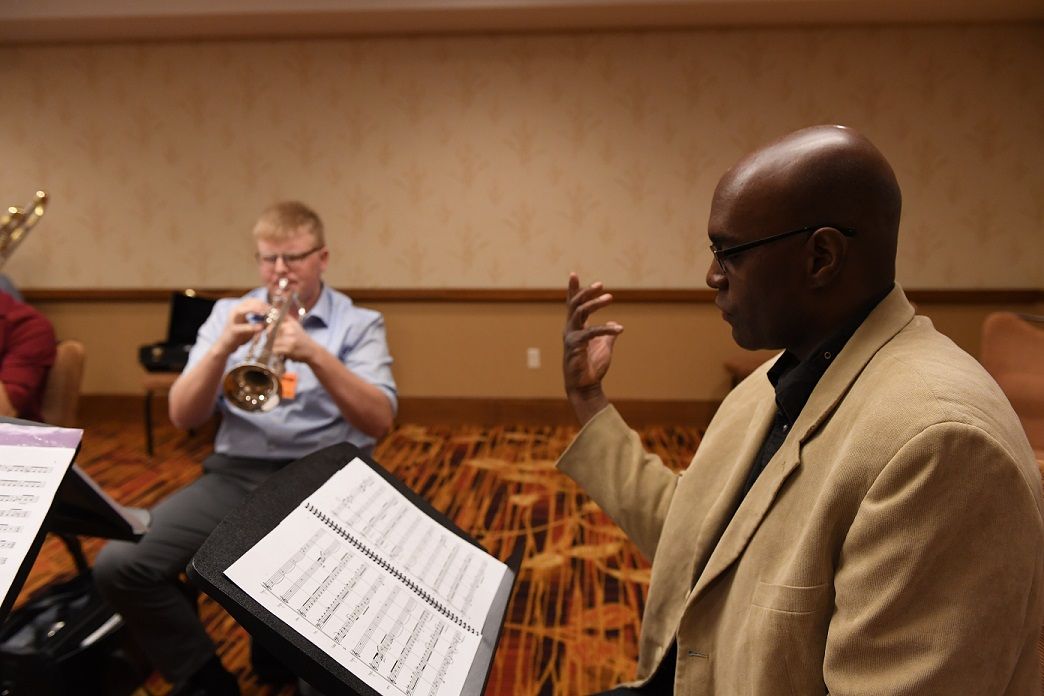

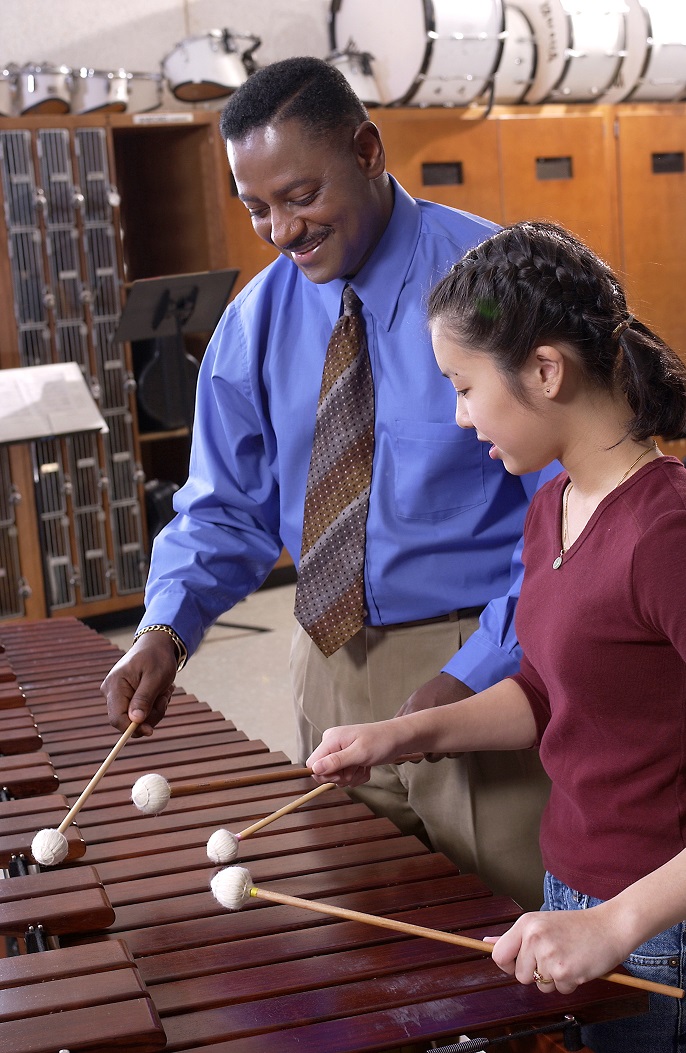 Practicing Too Fast
Practicing Too Fast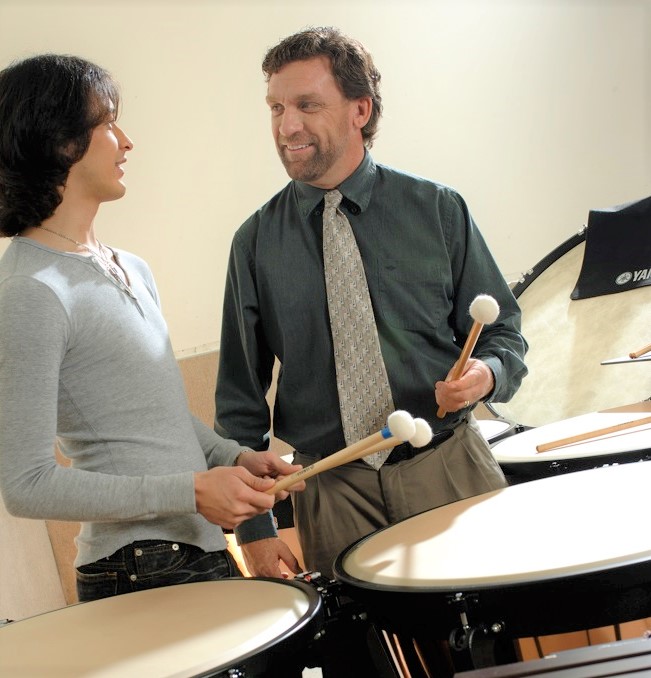


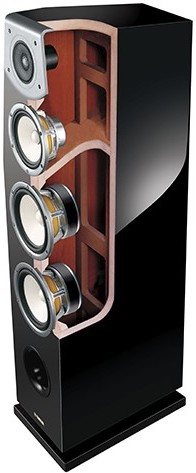
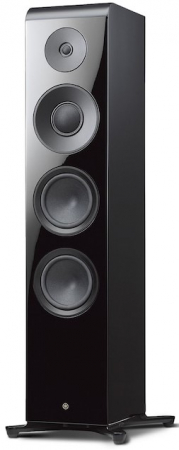
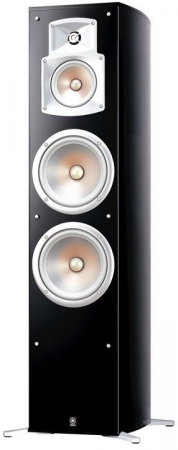
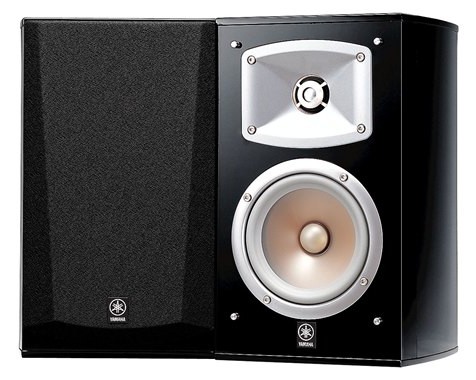
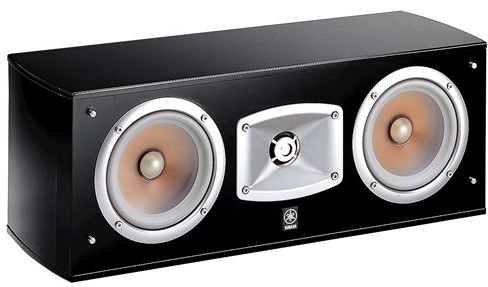
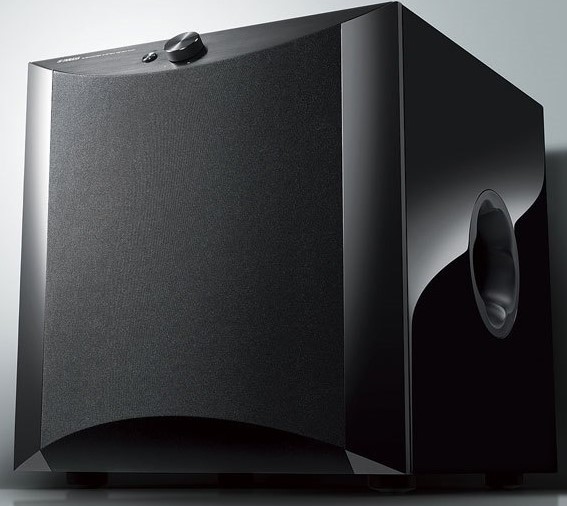
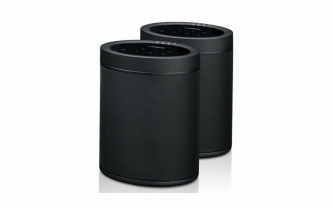
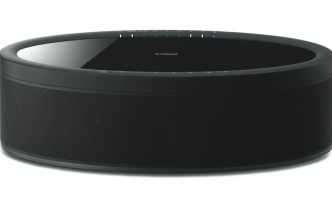





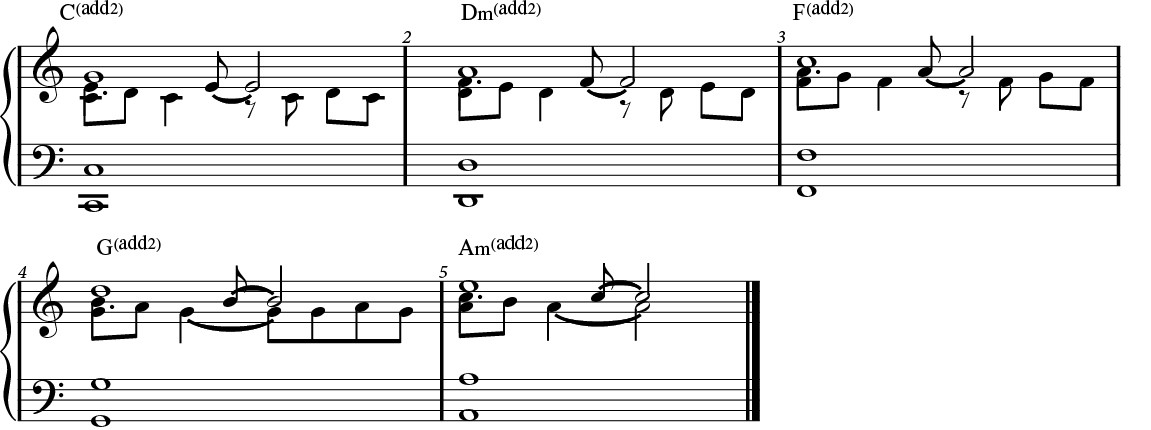


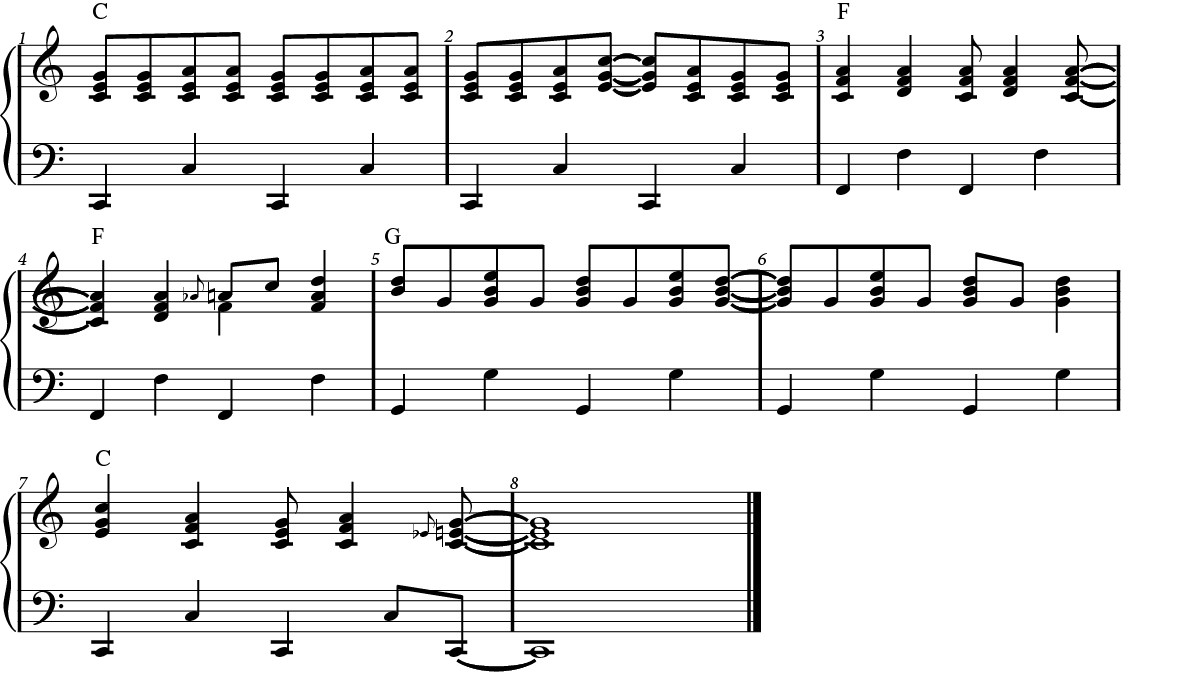


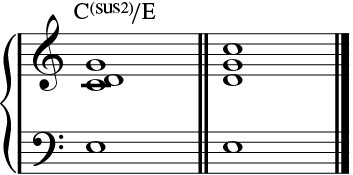
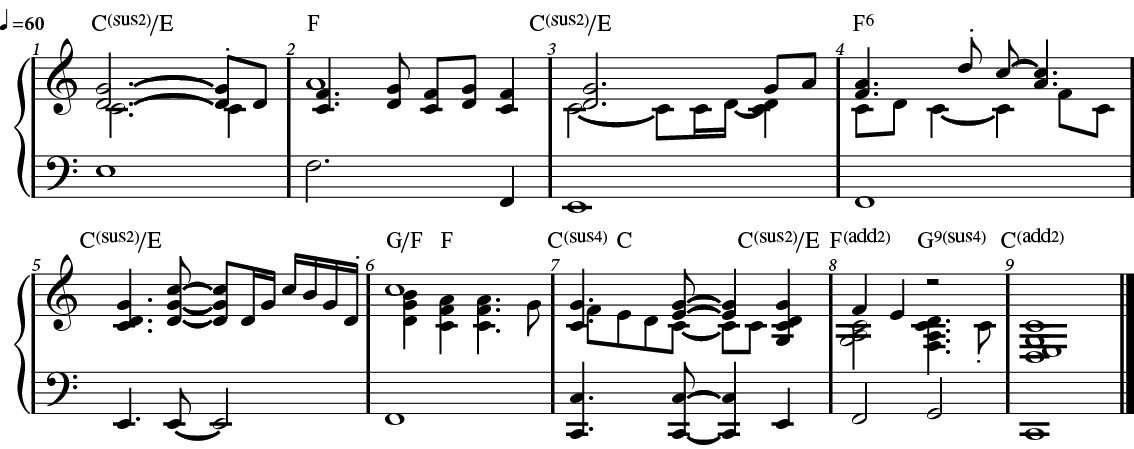


 1. Take Care of Yourself
1. Take Care of Yourself 4. Make Lists … Lots of Lists
4. Make Lists … Lots of Lists 8. Share Your Group’s Success
8. Share Your Group’s Success 10. Find a Mentor
10. Find a Mentor
 Therapy/Counseling
Therapy/Counseling Eat, Sleep and Exercise
Eat, Sleep and Exercise Time Management
Time Management
 Get consistent sleep. Sleep is one of those things that everyone knows is important, but it is one of the first things that people do less of during stressful times. There have been numerous studies on the detriment of reducing one’s sleep schedule, especially in regard to mental efficiency. (One study is
Get consistent sleep. Sleep is one of those things that everyone knows is important, but it is one of the first things that people do less of during stressful times. There have been numerous studies on the detriment of reducing one’s sleep schedule, especially in regard to mental efficiency. (One study is  4. Do Something Completely Different
4. Do Something Completely Different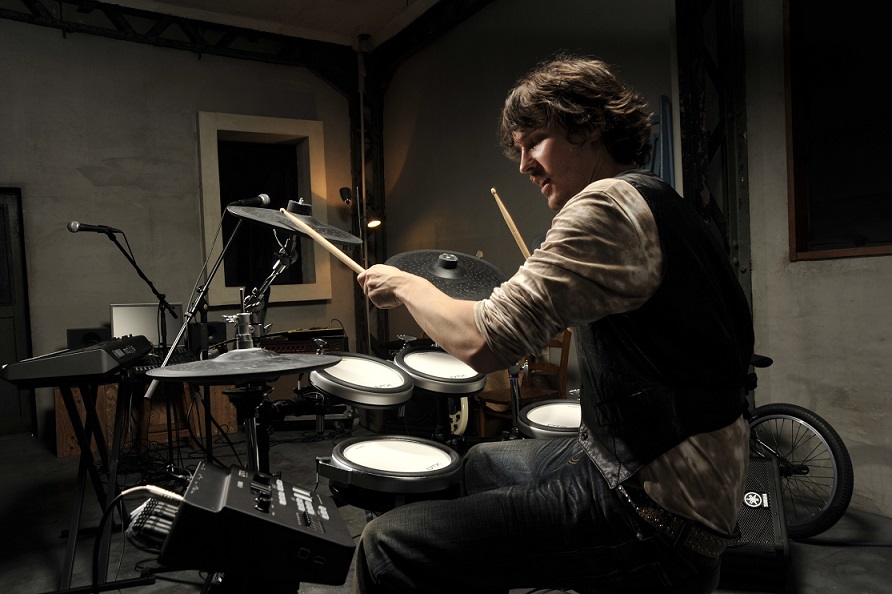 8. Play Something Challenging or Easy
8. Play Something Challenging or Easy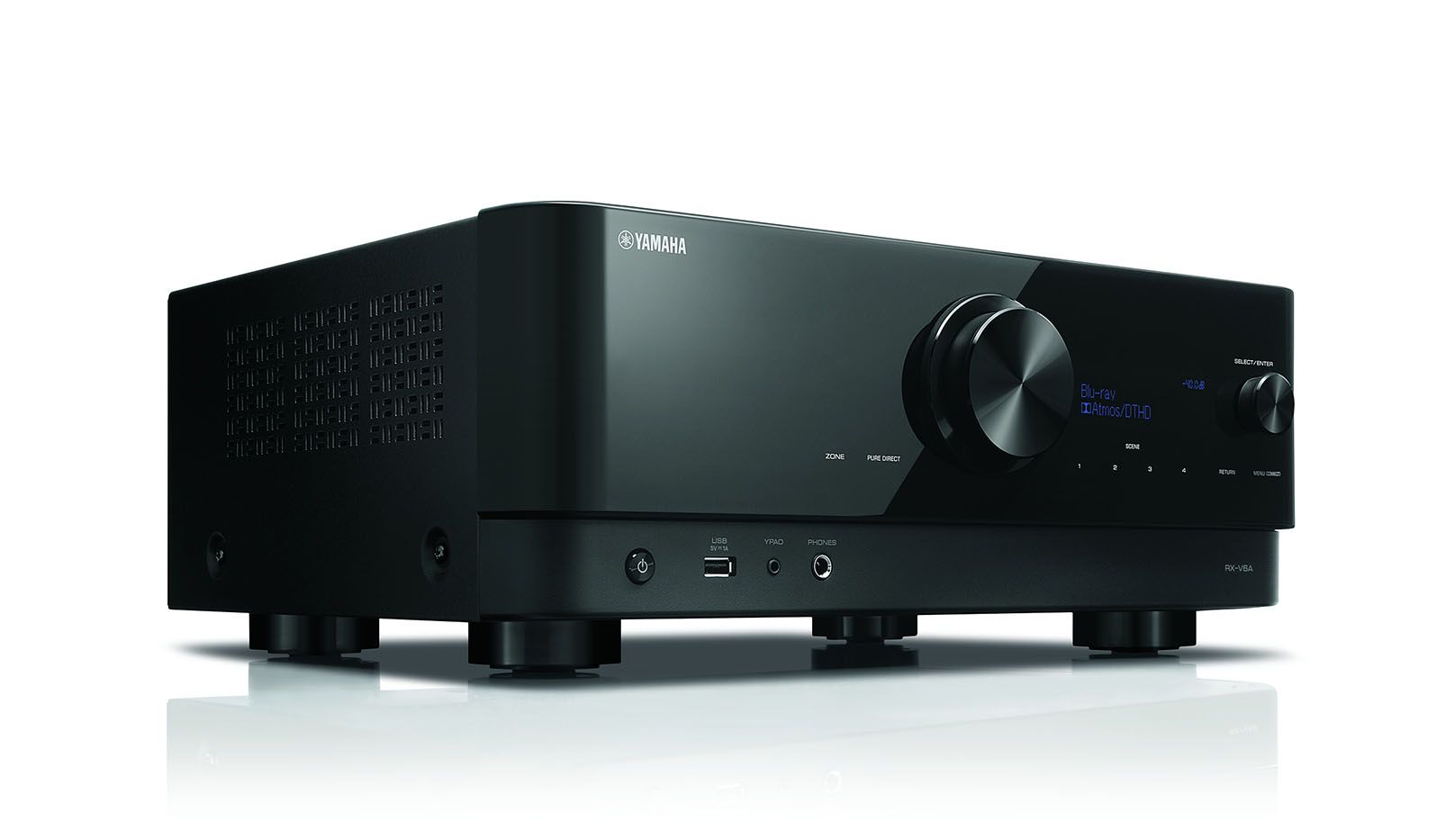
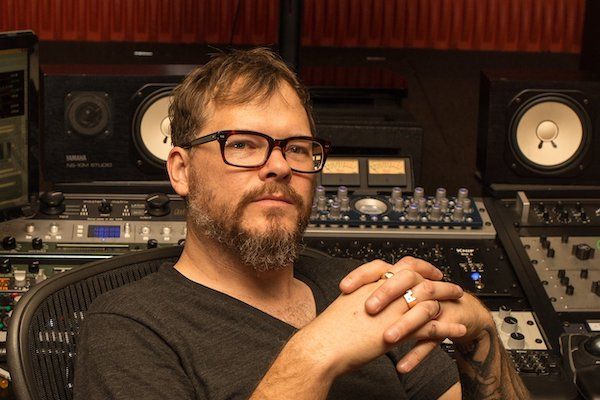
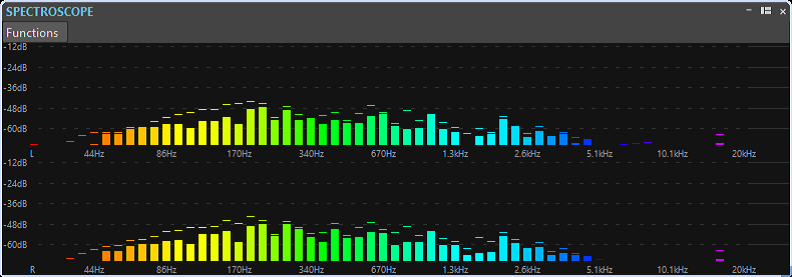


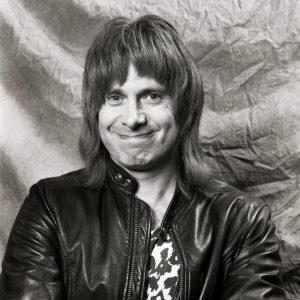


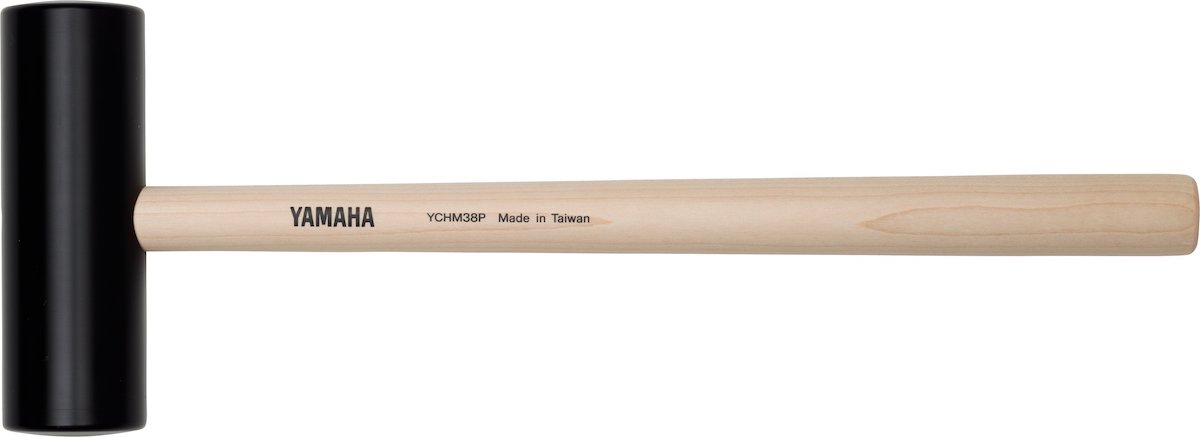
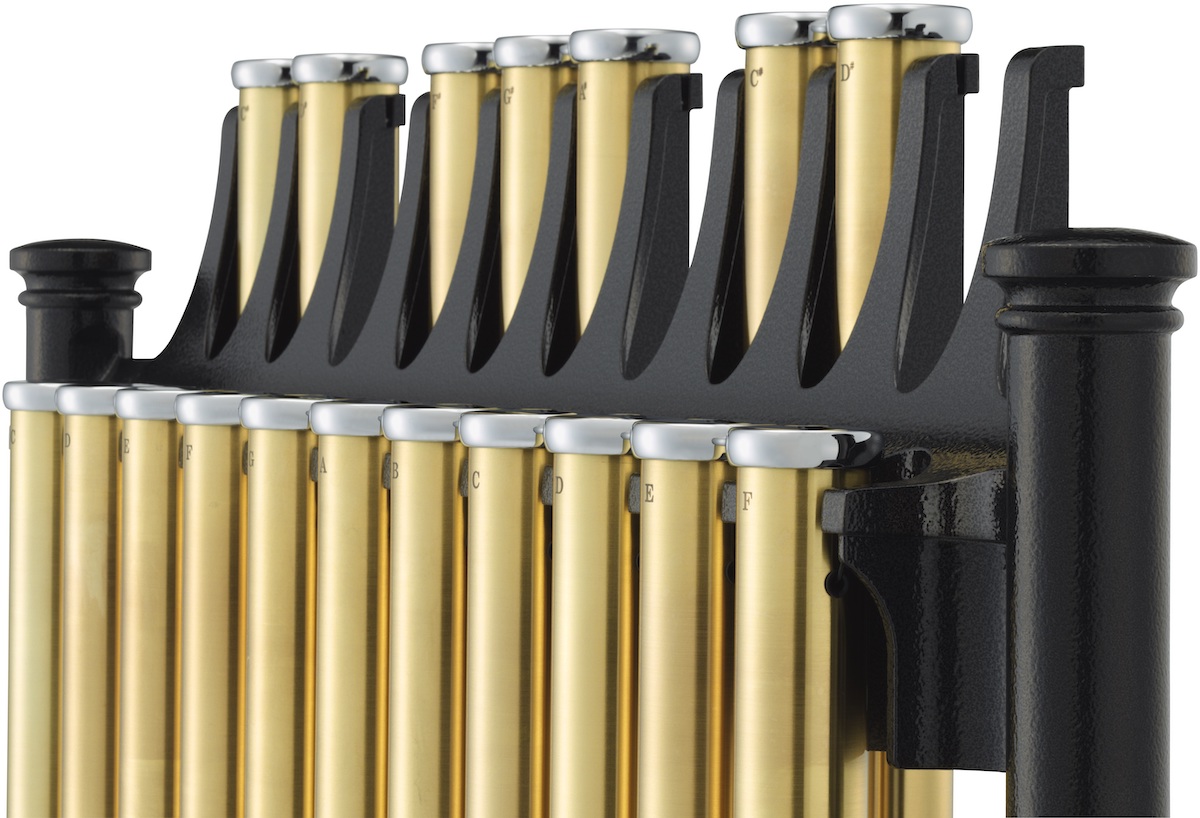
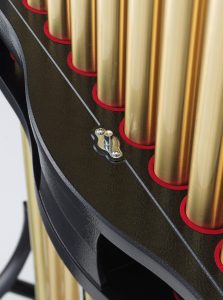

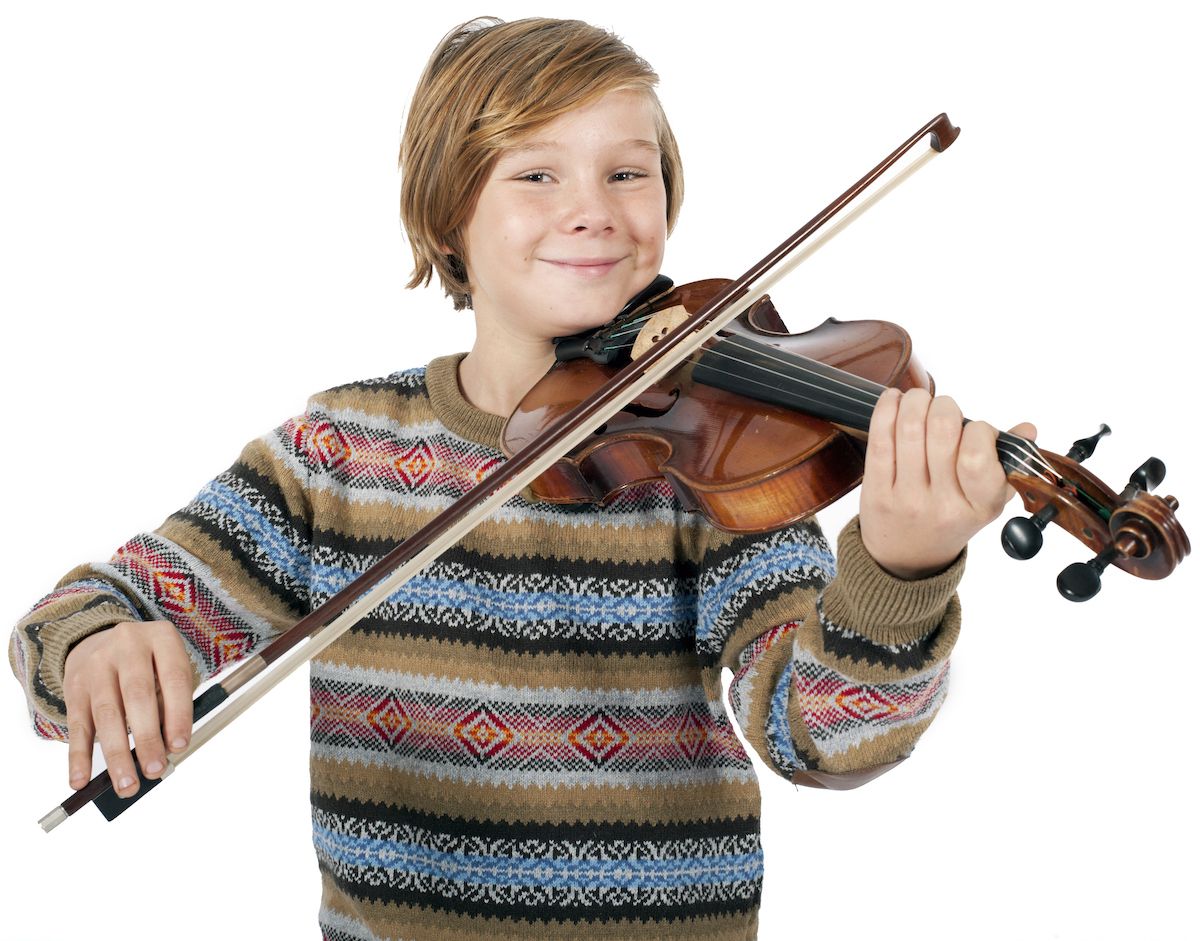
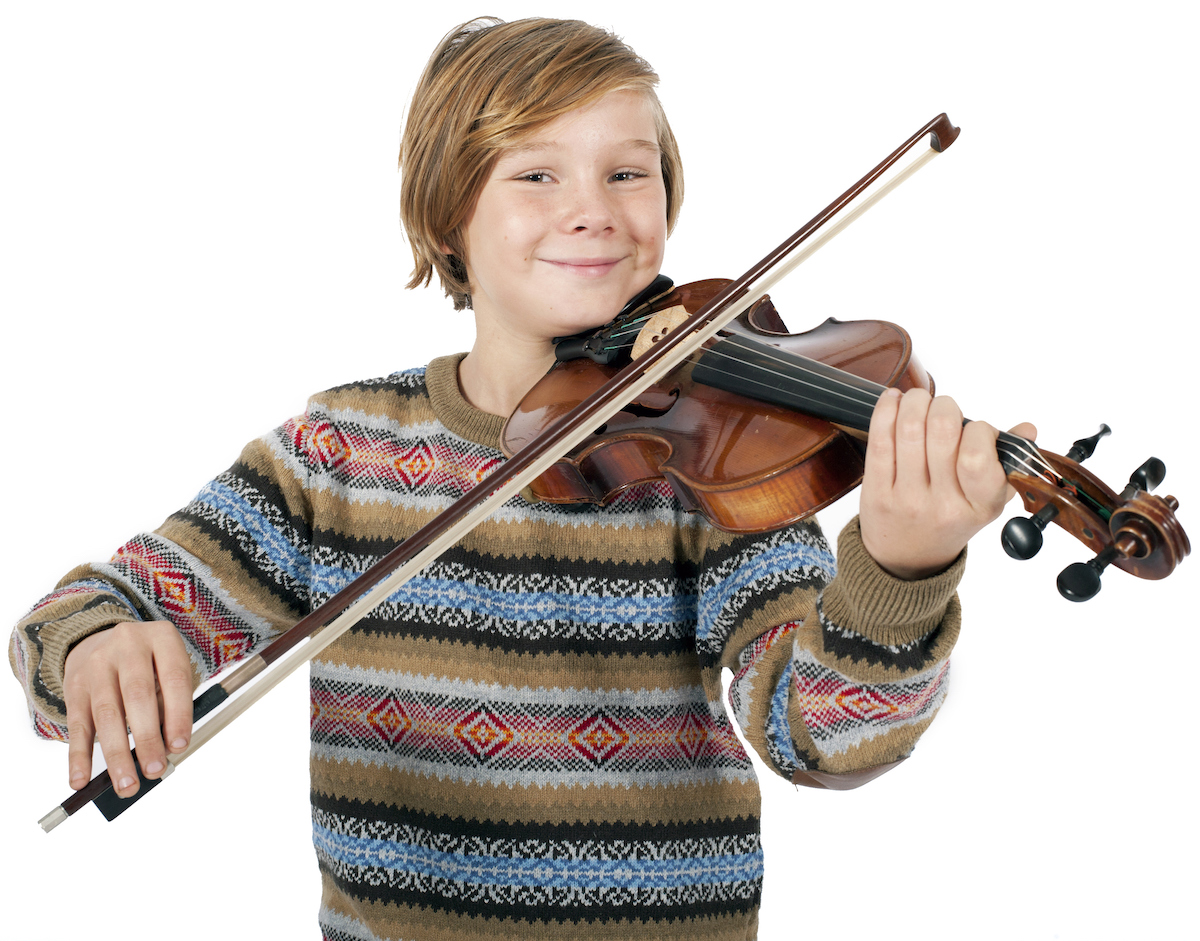
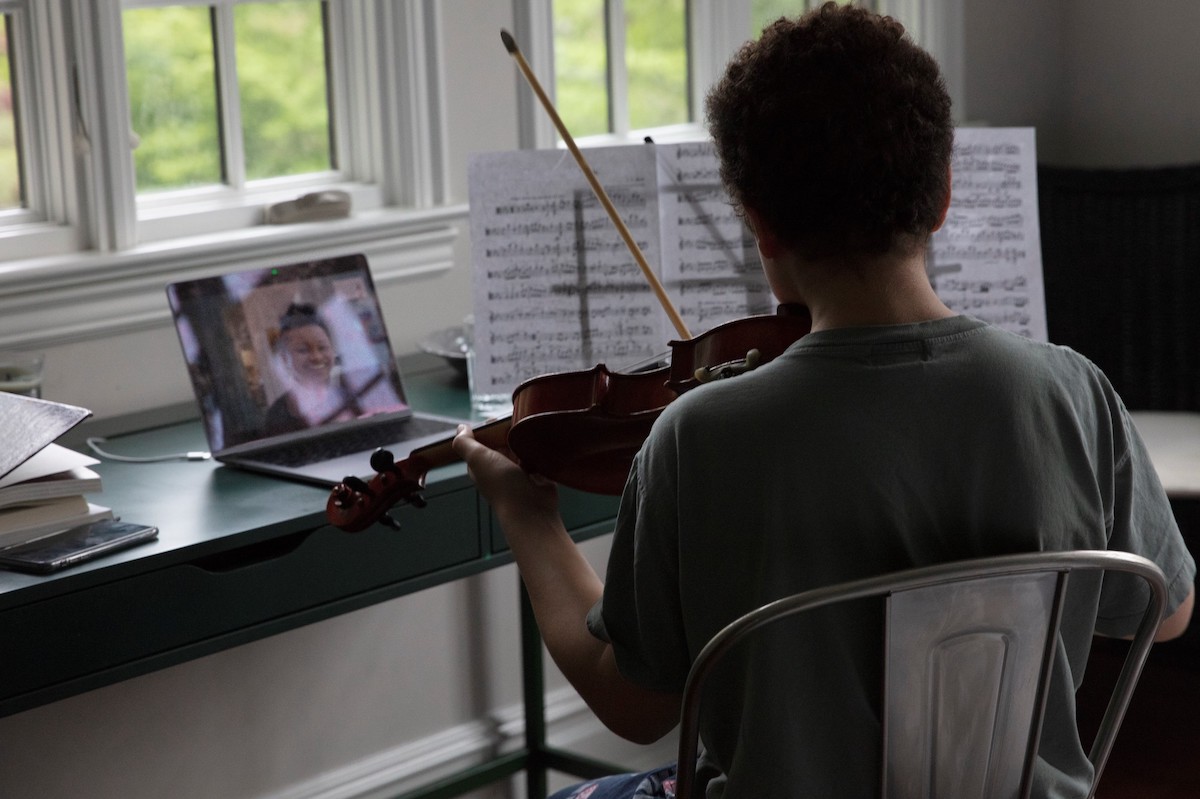
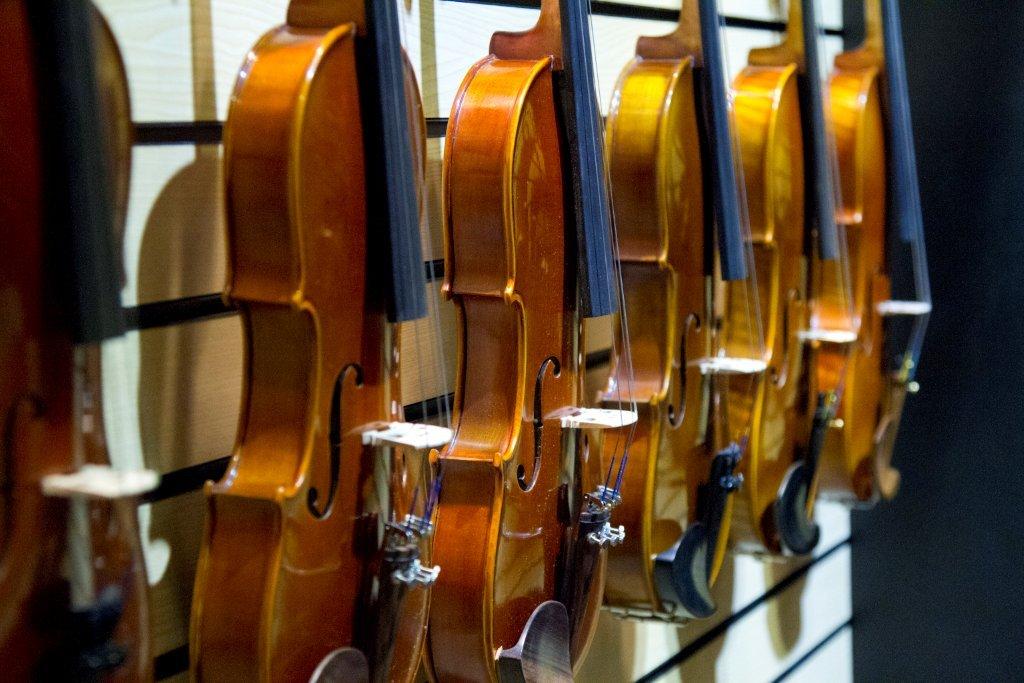



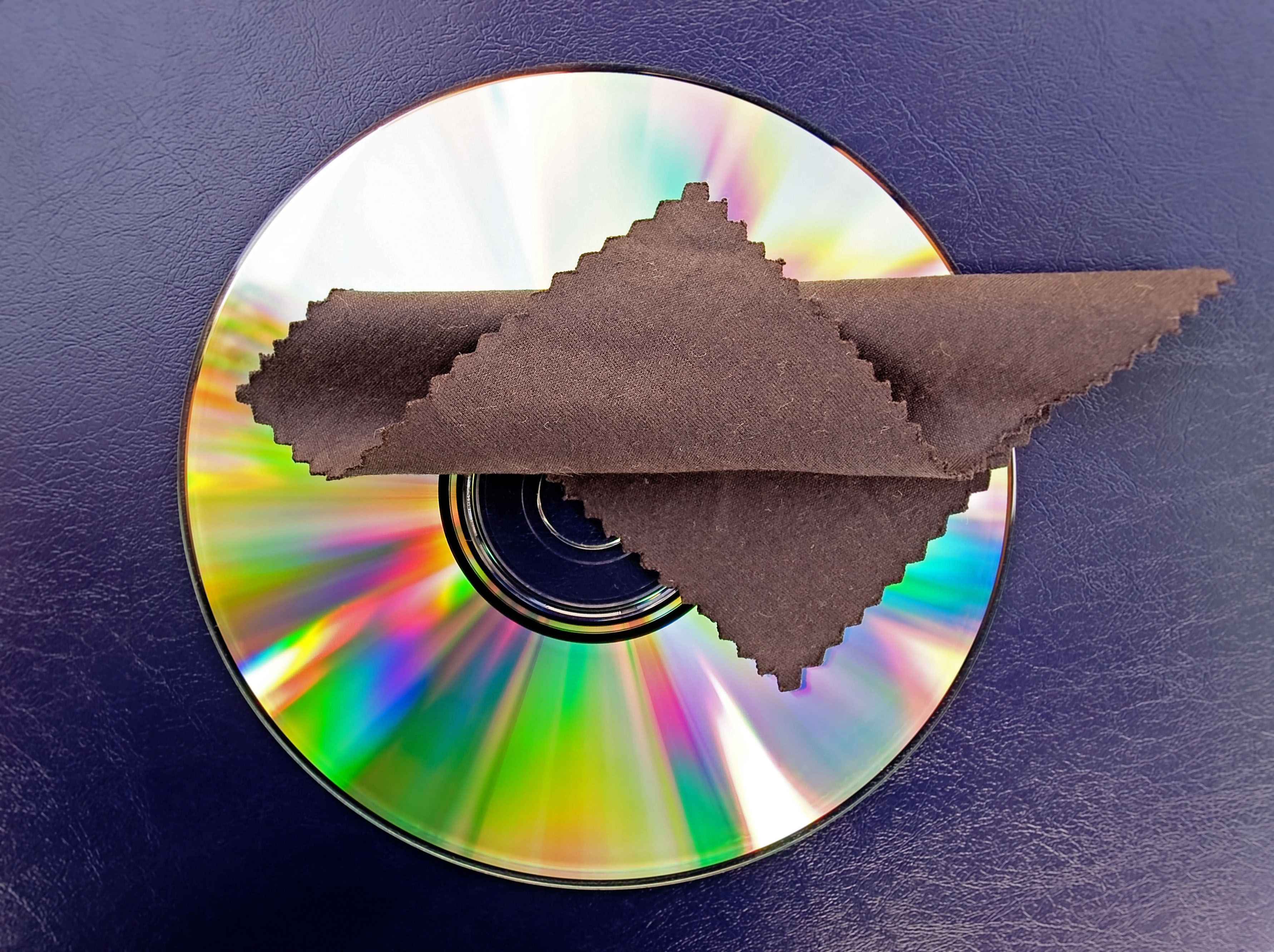
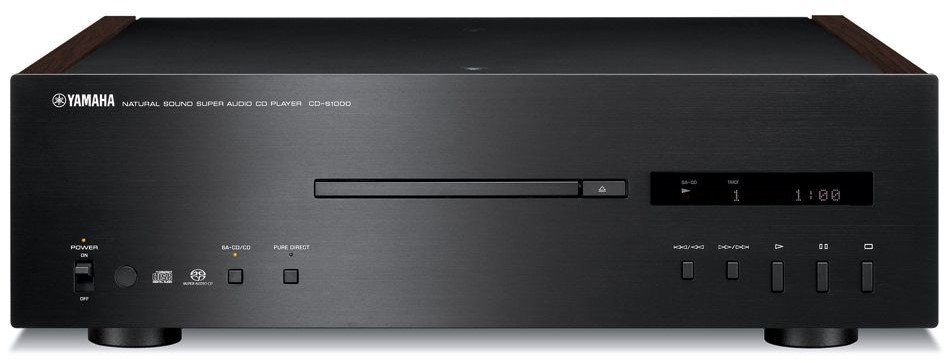
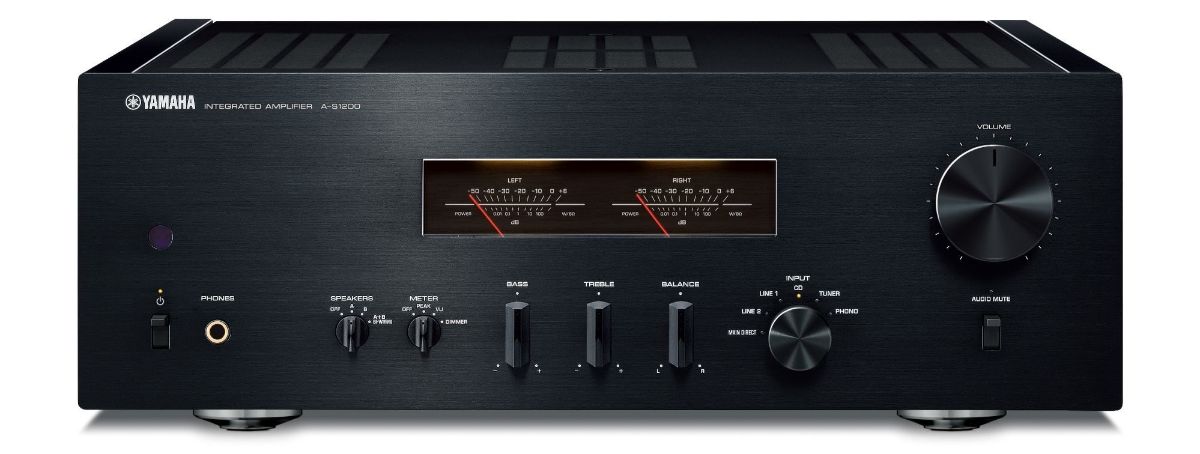
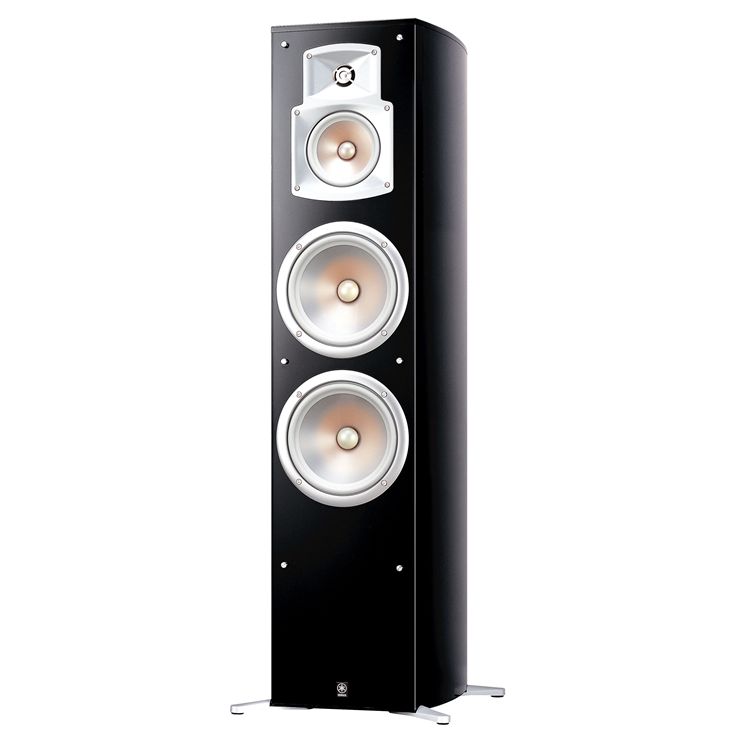
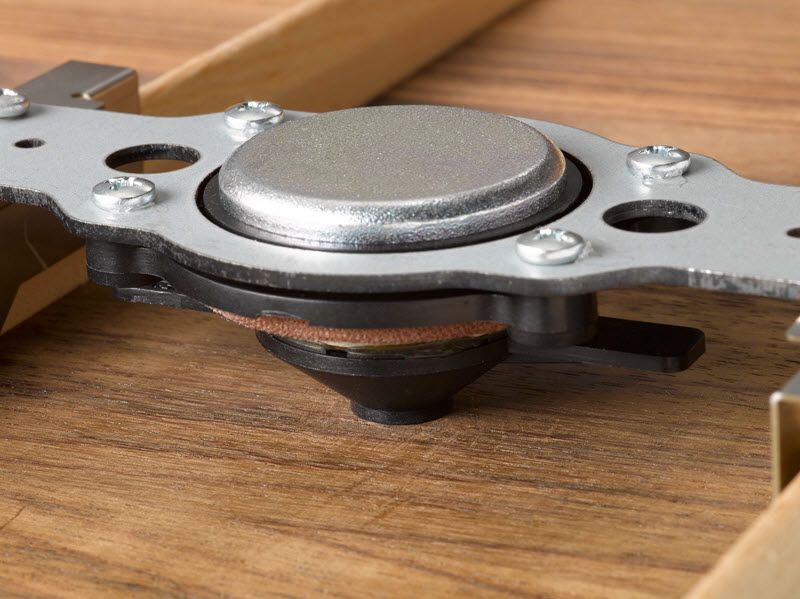

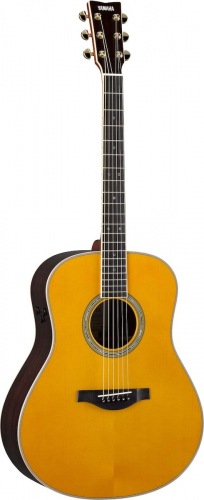
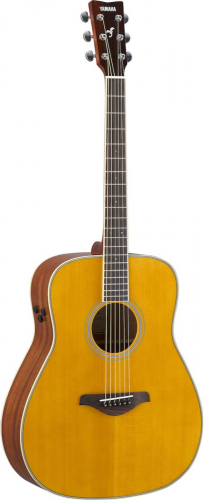
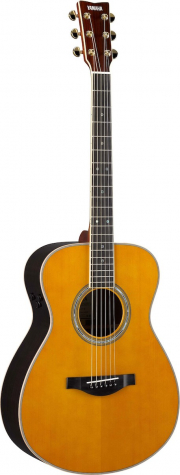
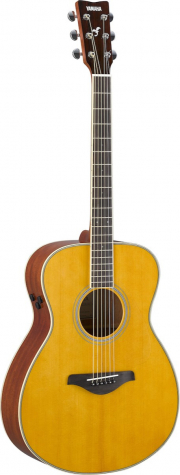
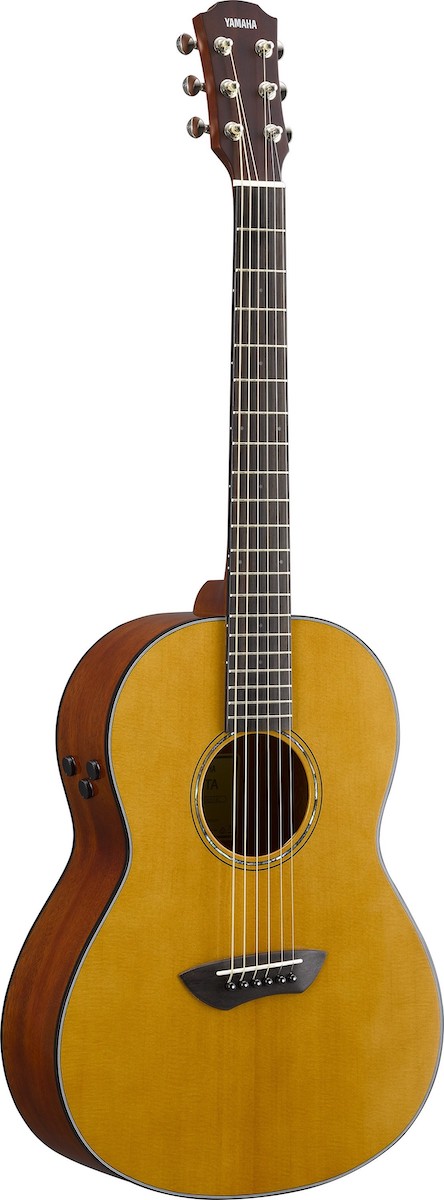

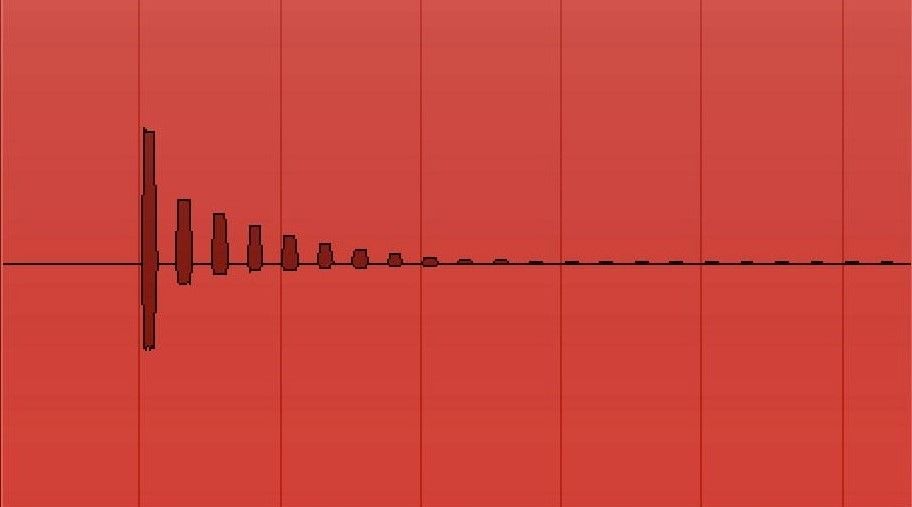
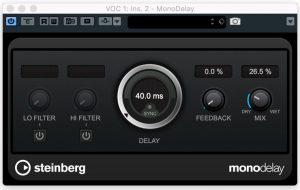
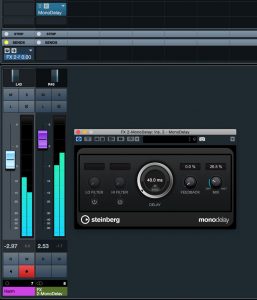
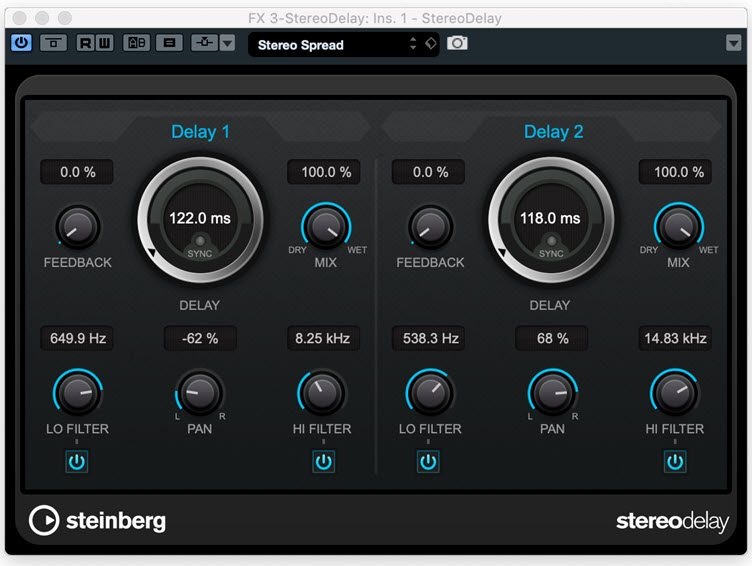
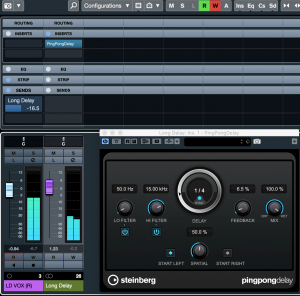
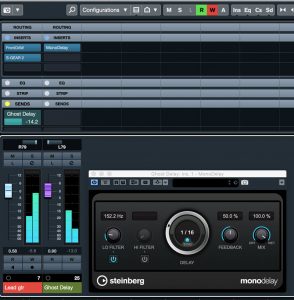
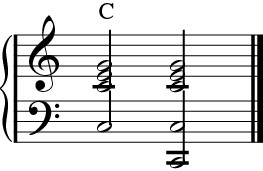



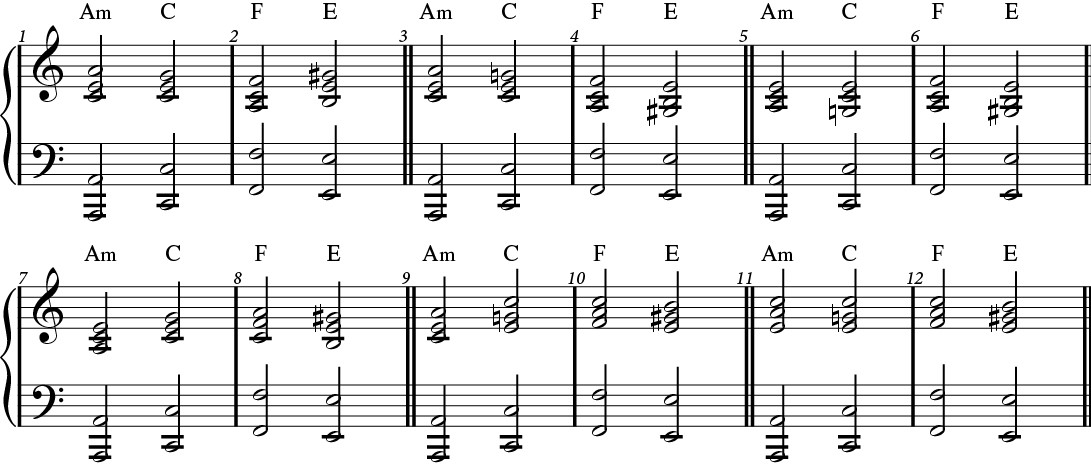





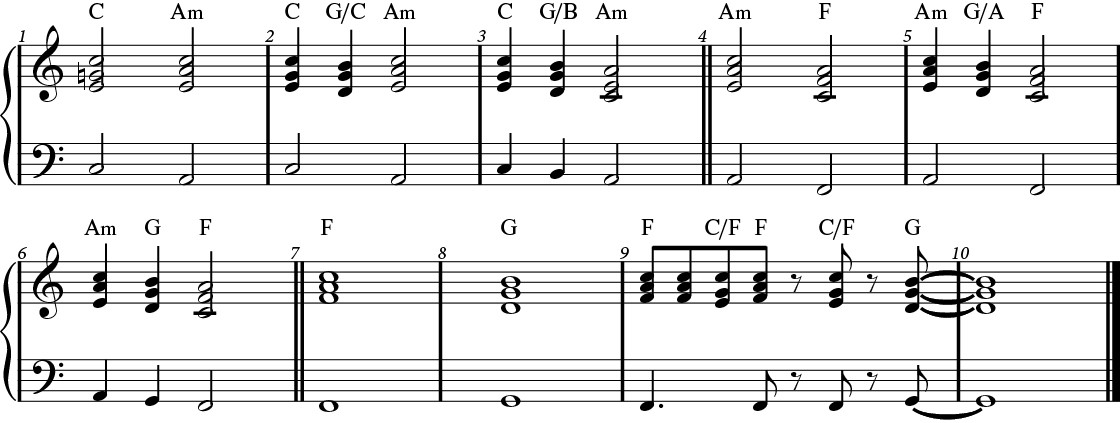

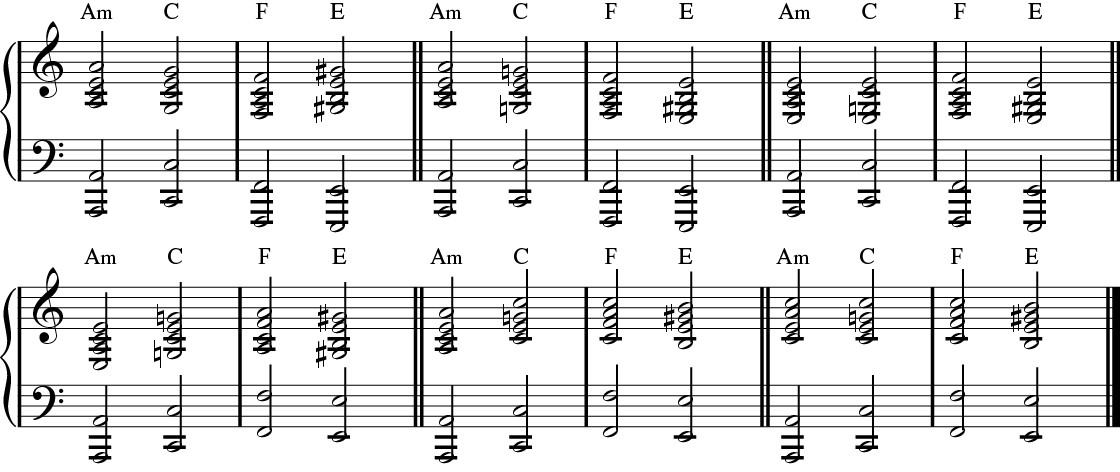
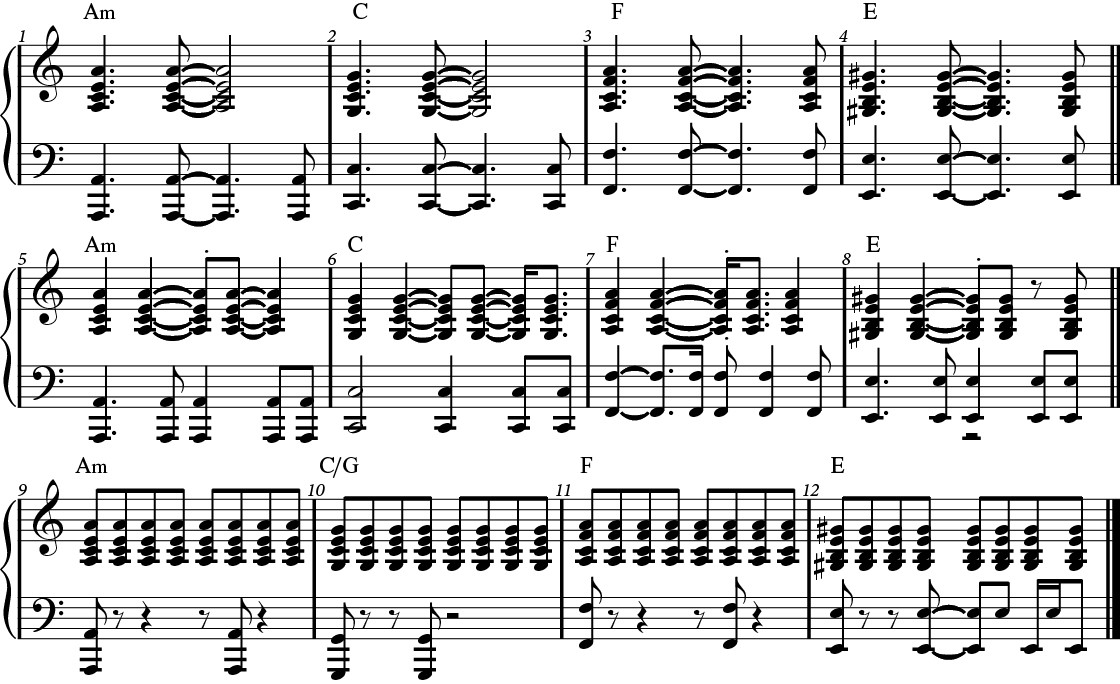
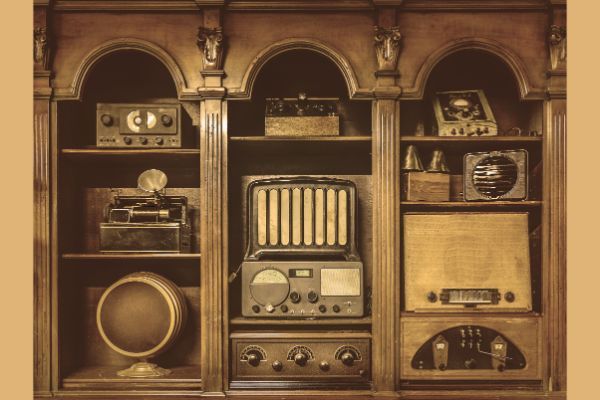
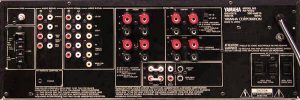
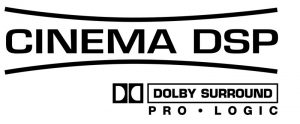
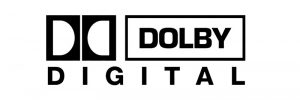
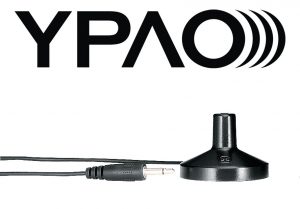
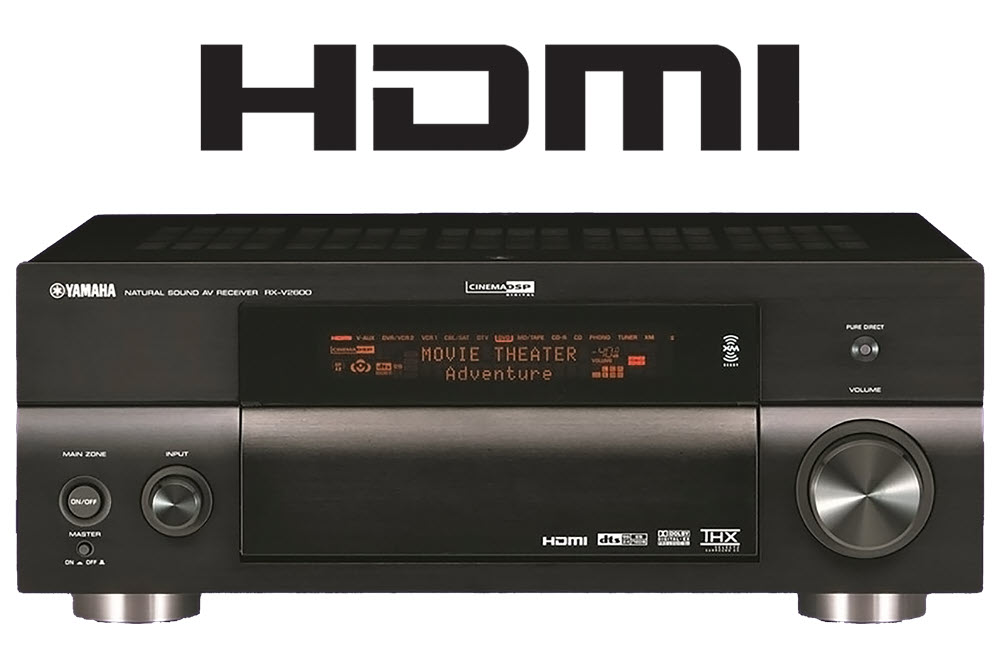
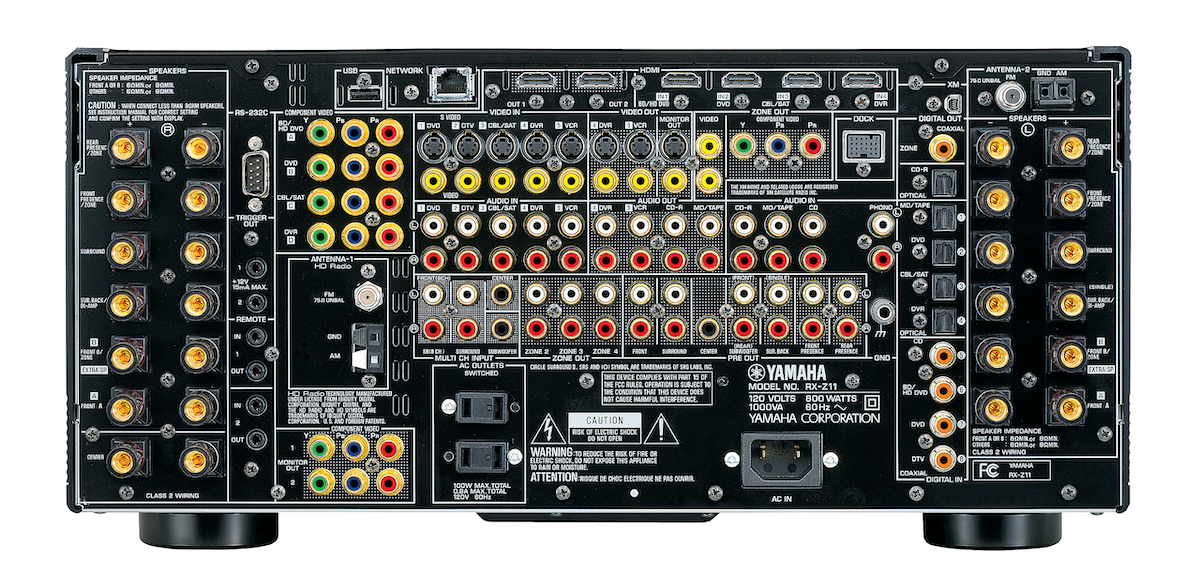
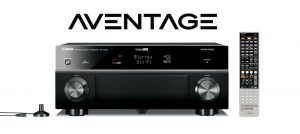
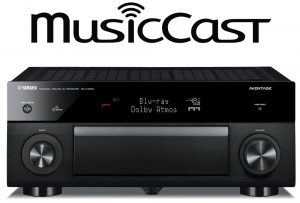
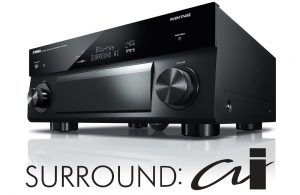
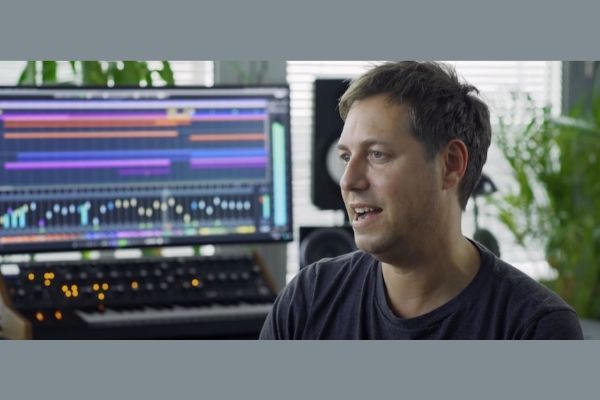
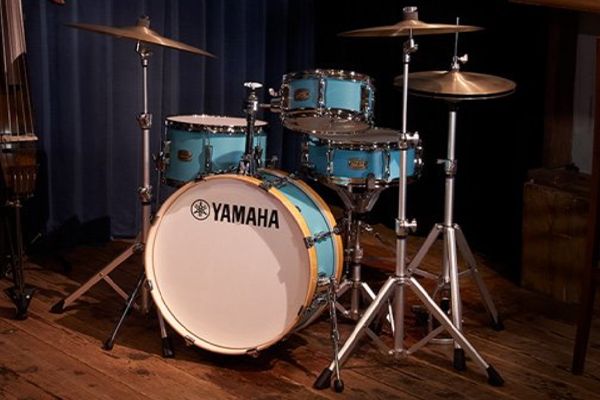
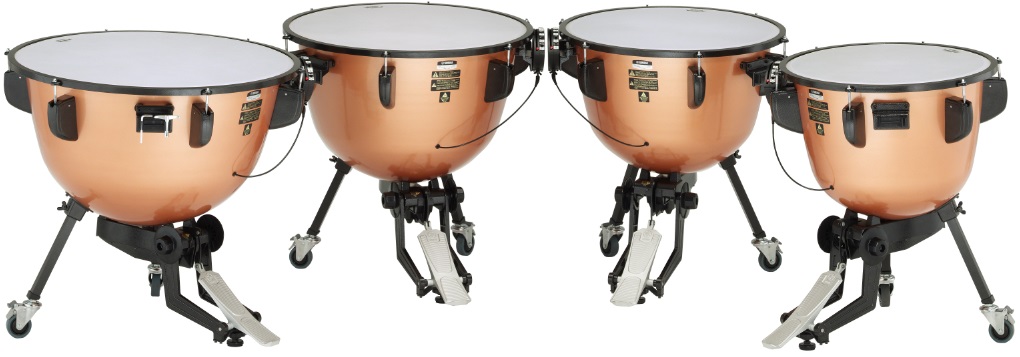
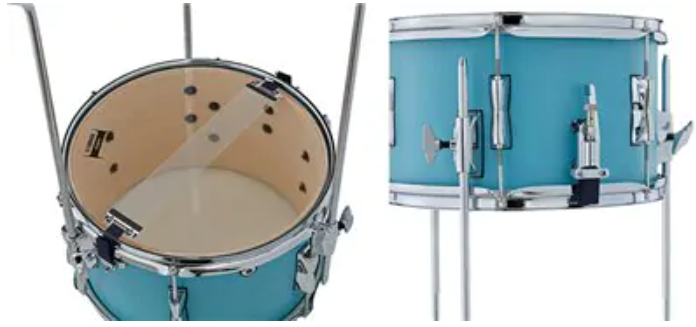

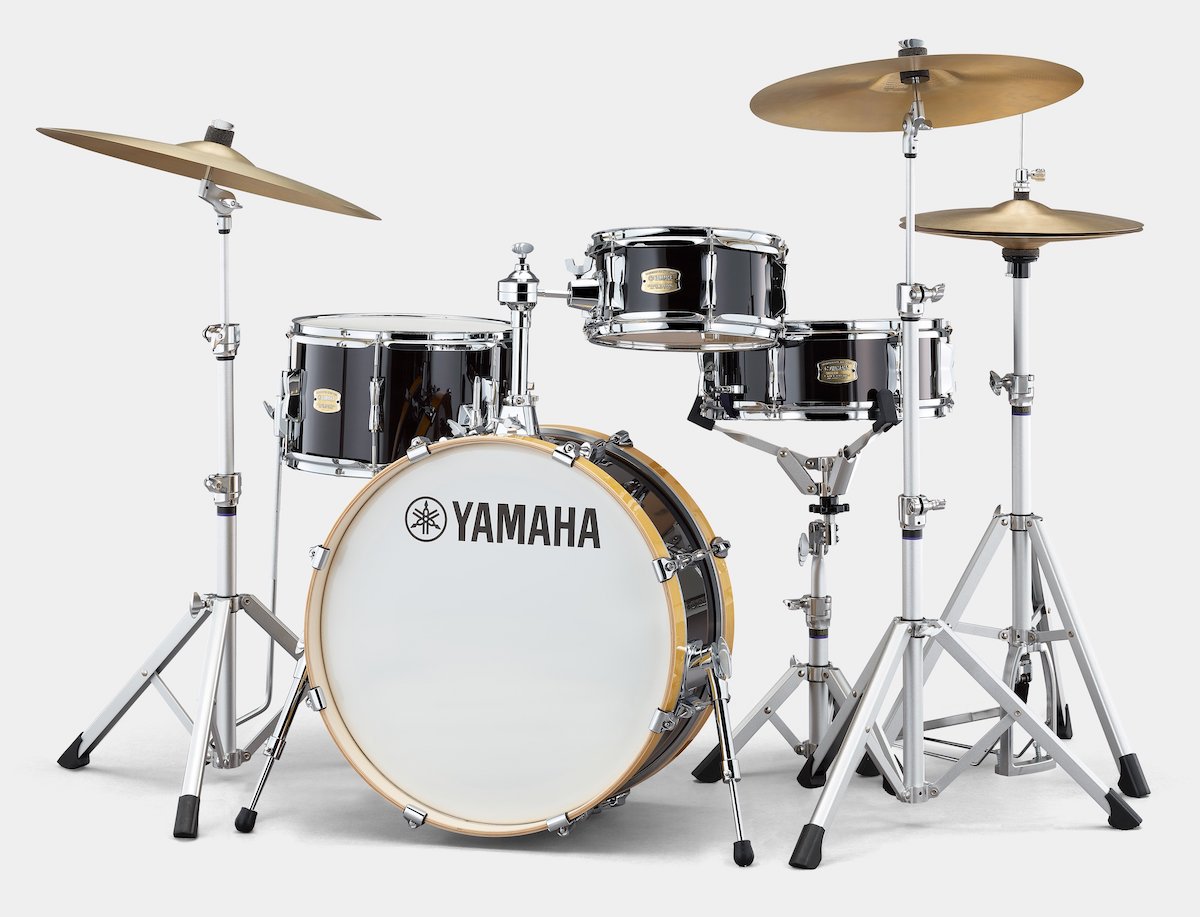
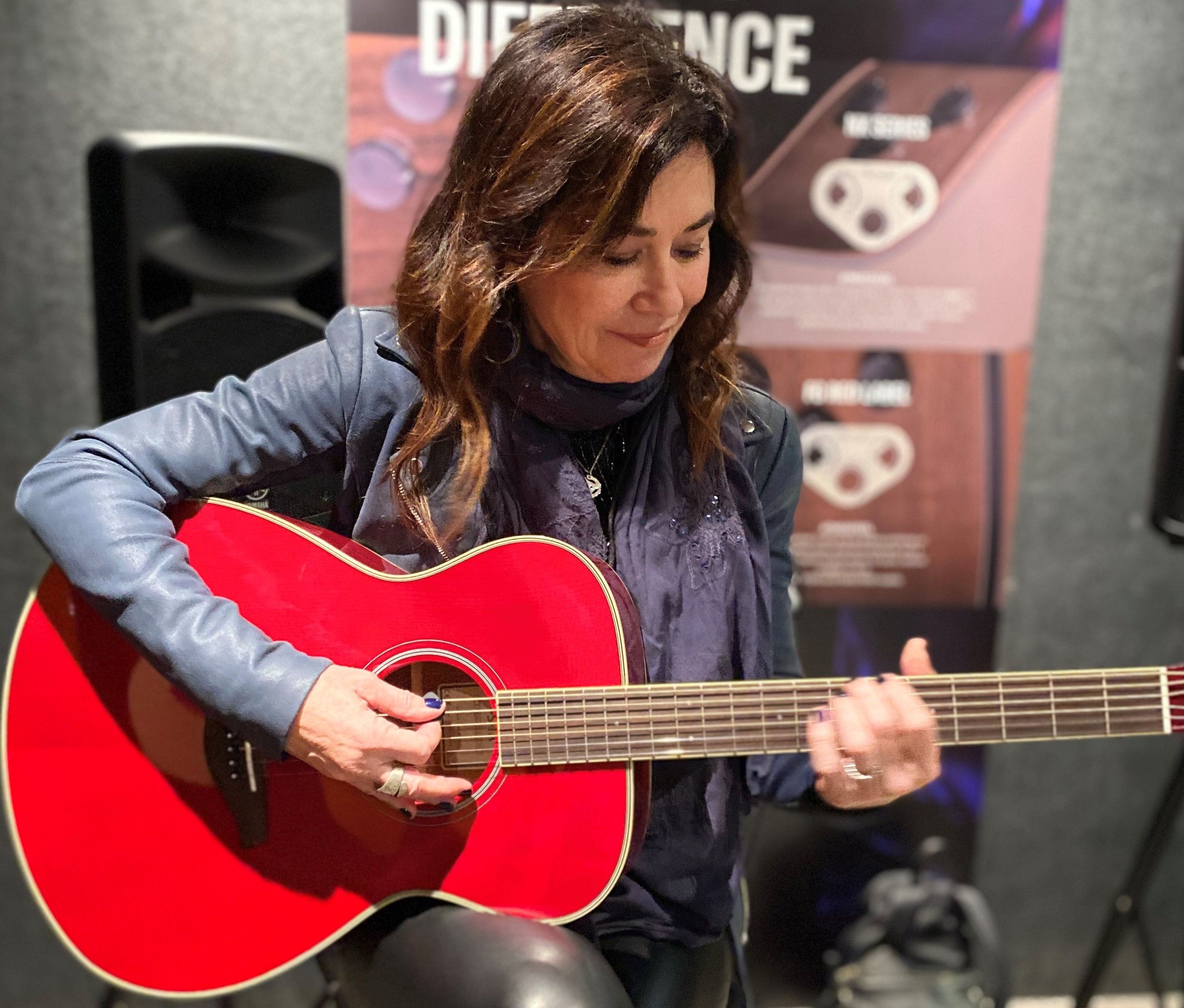
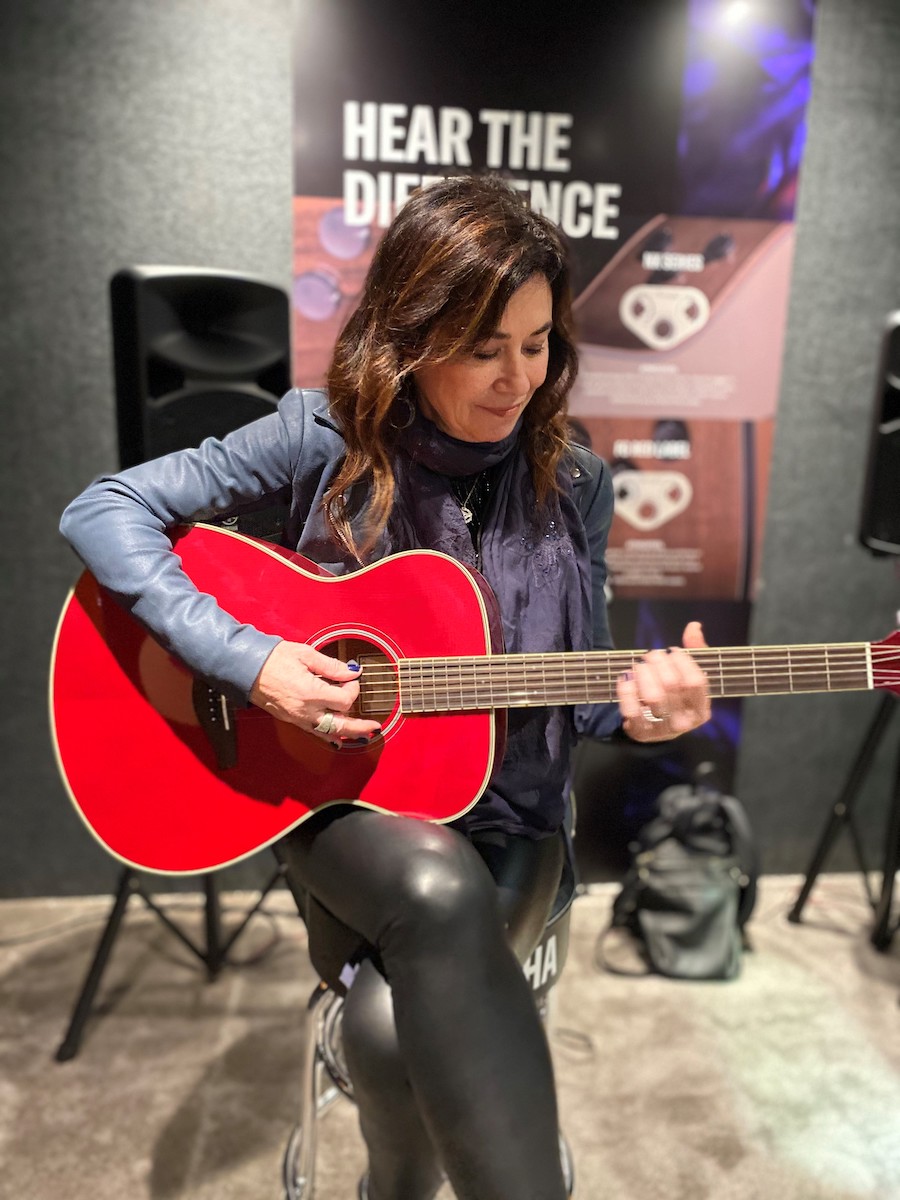
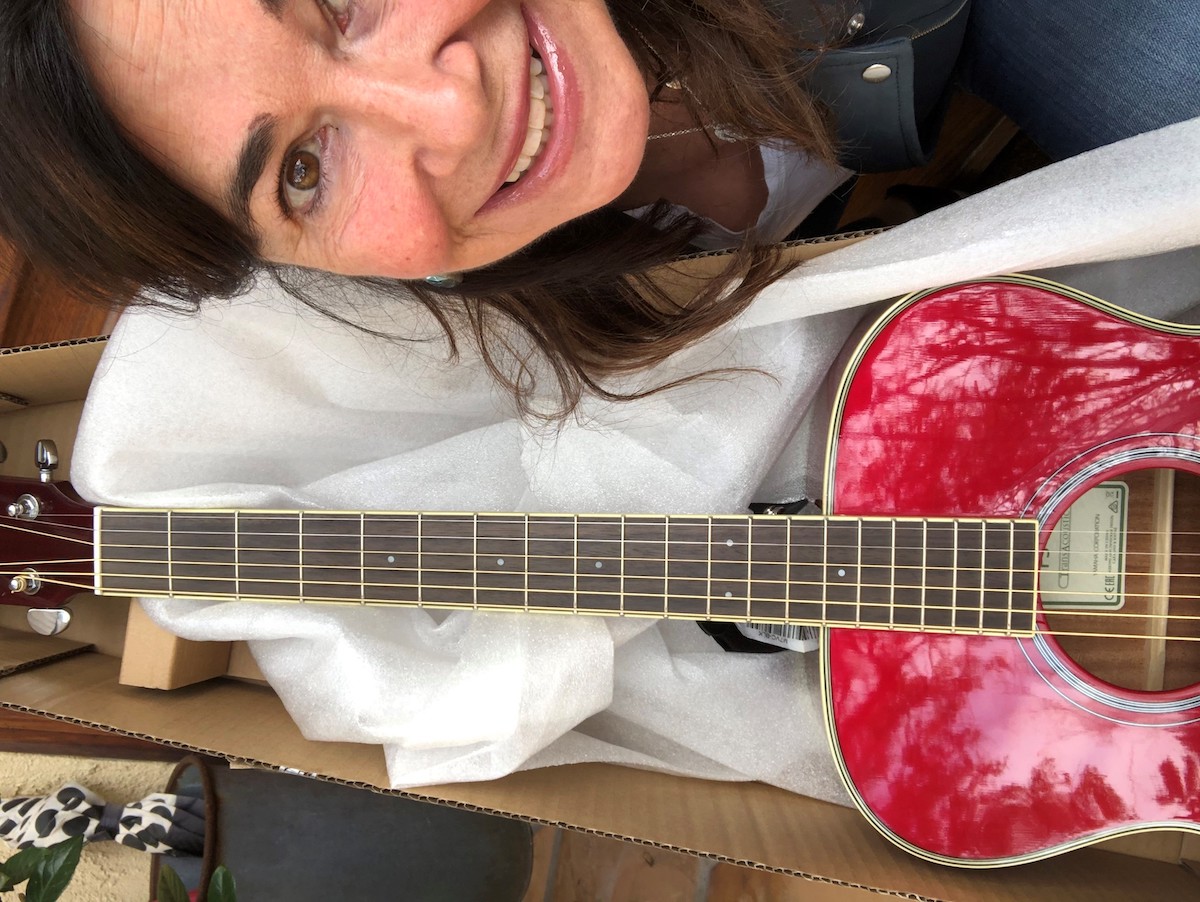
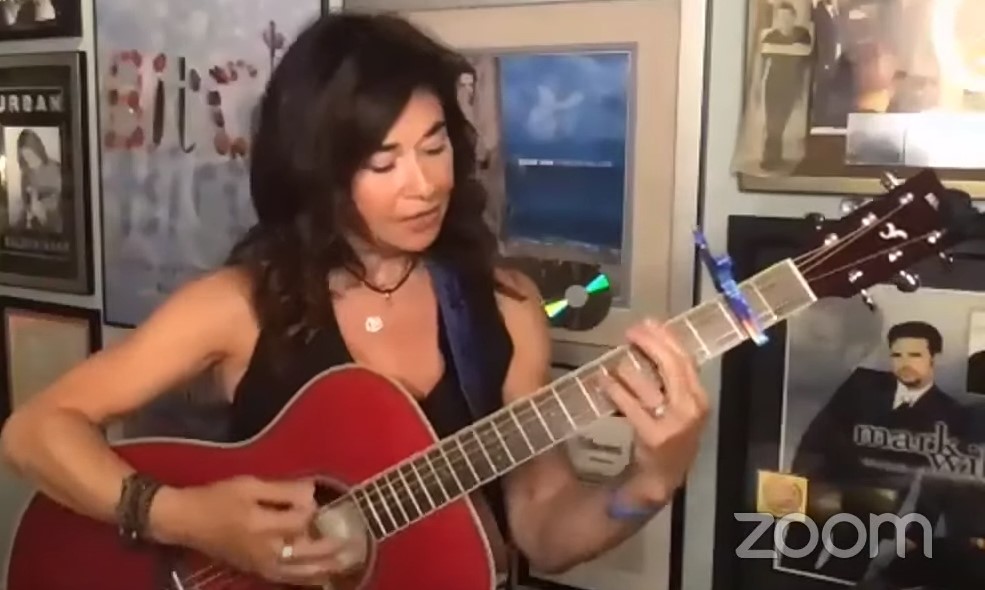
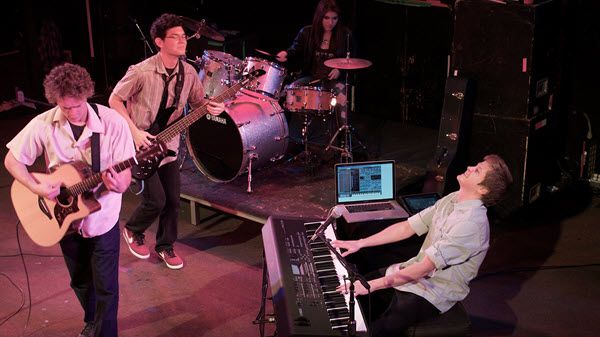

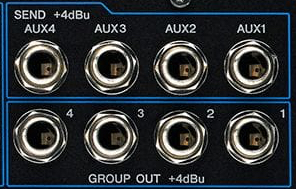
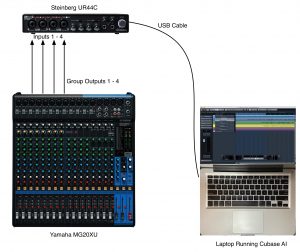
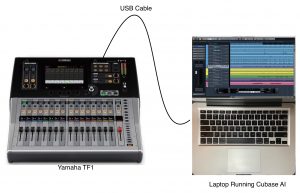
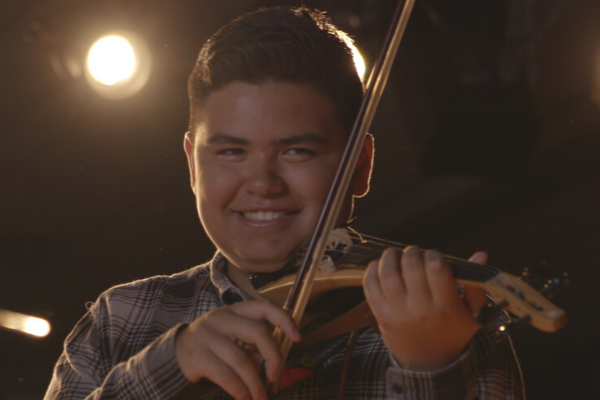
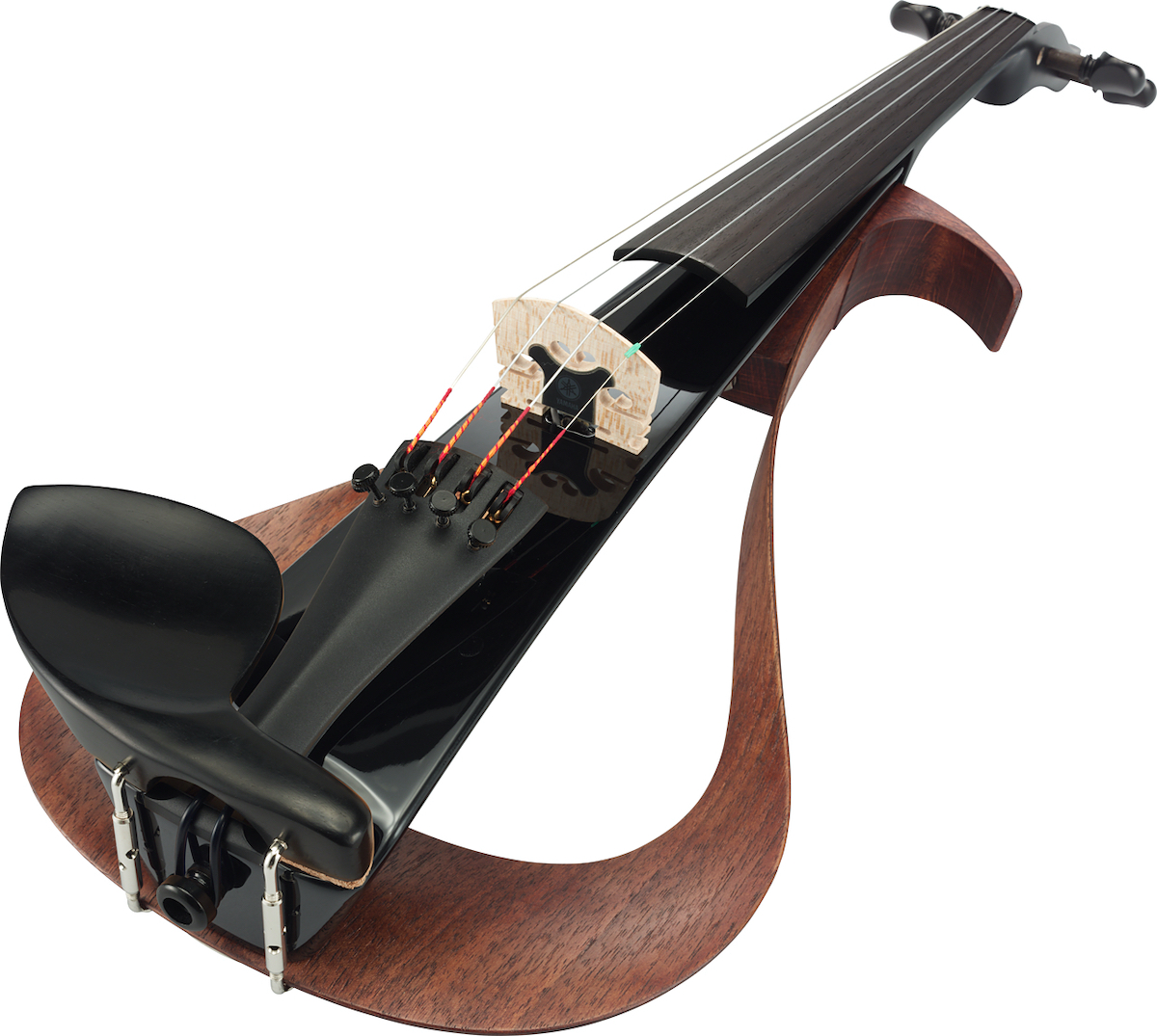
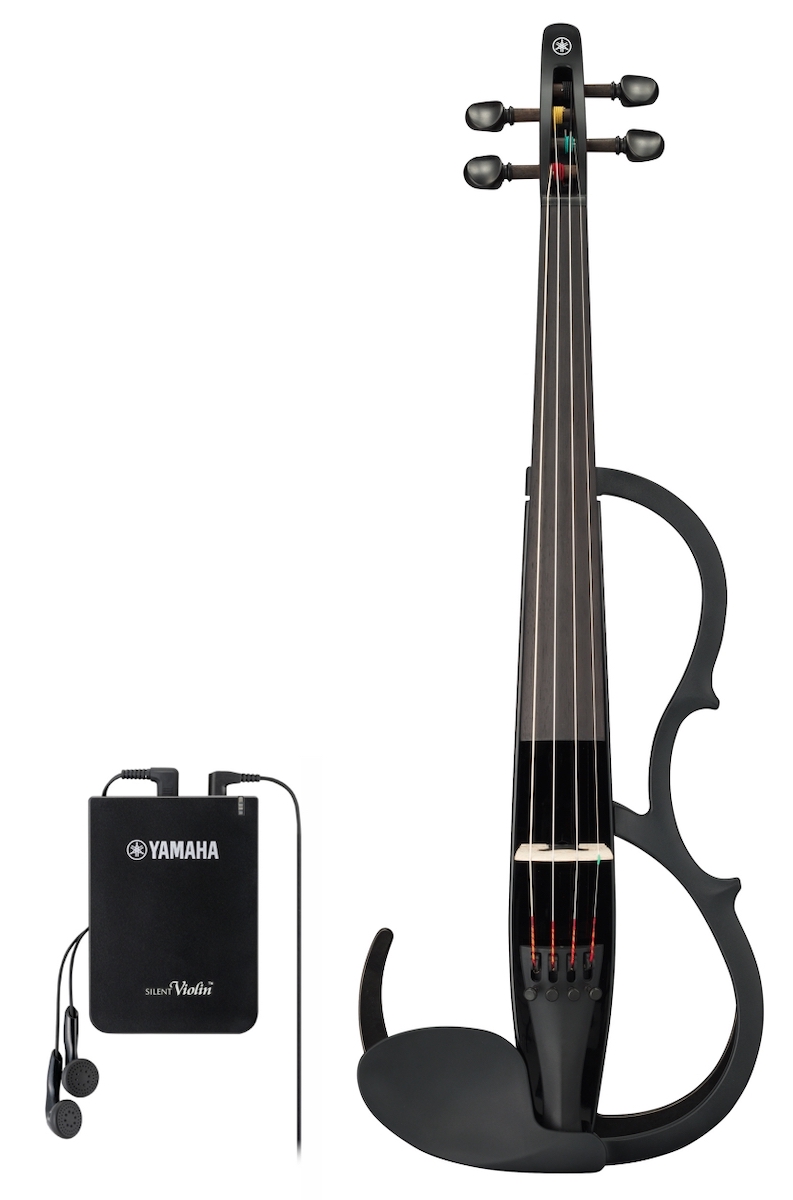
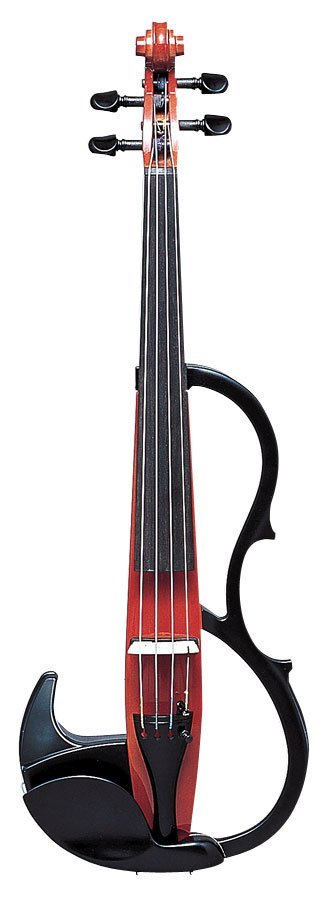
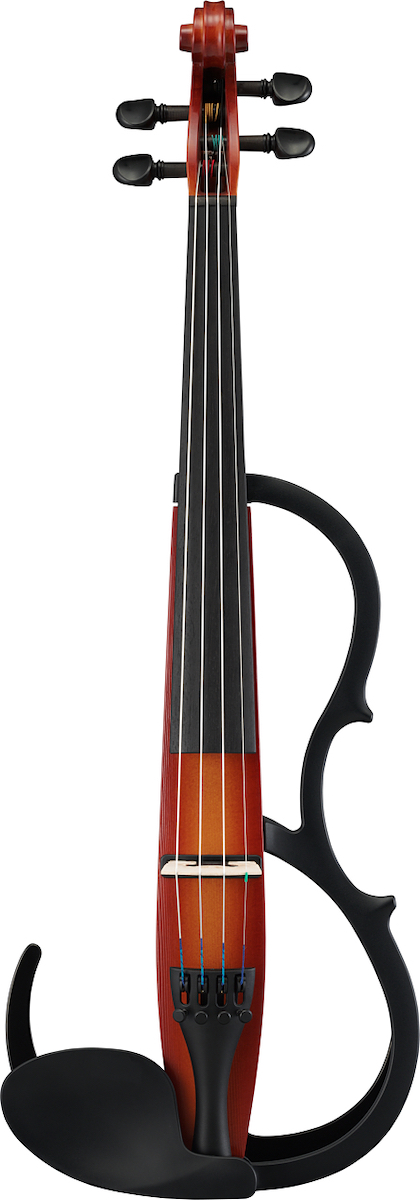

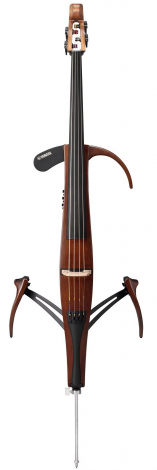

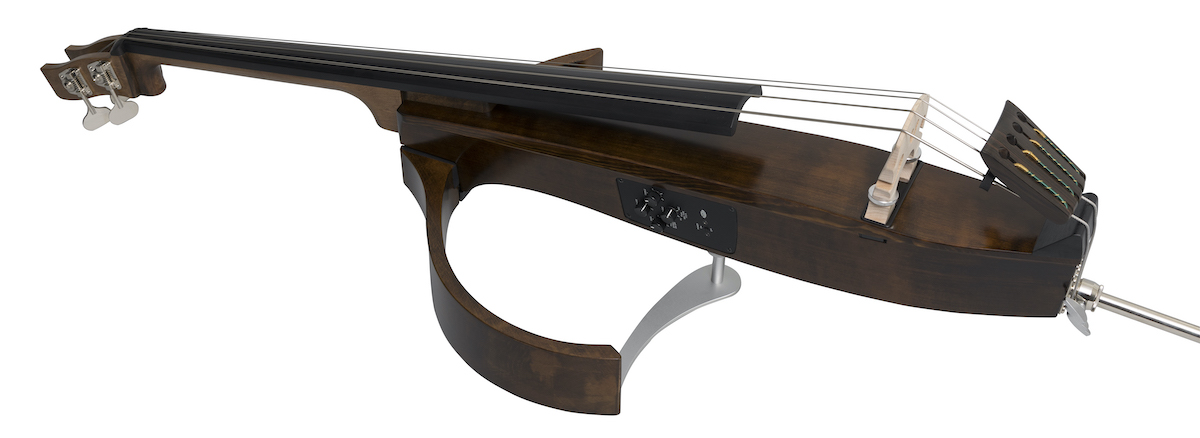
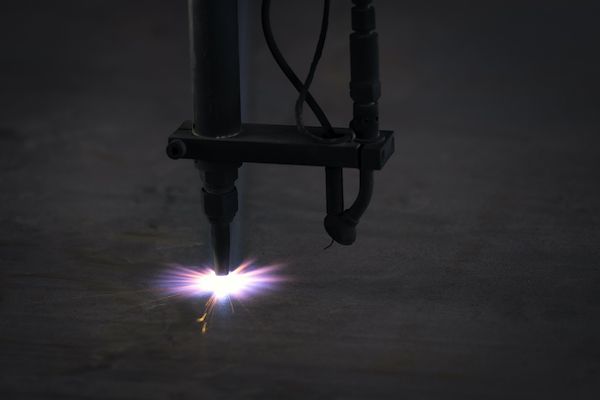



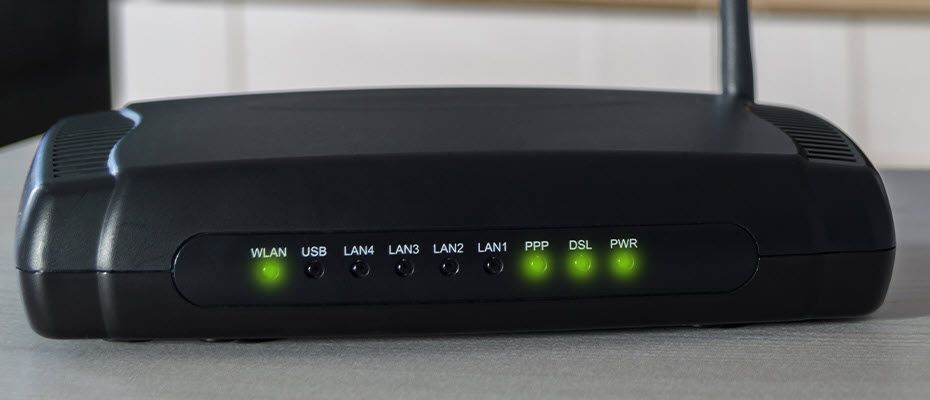

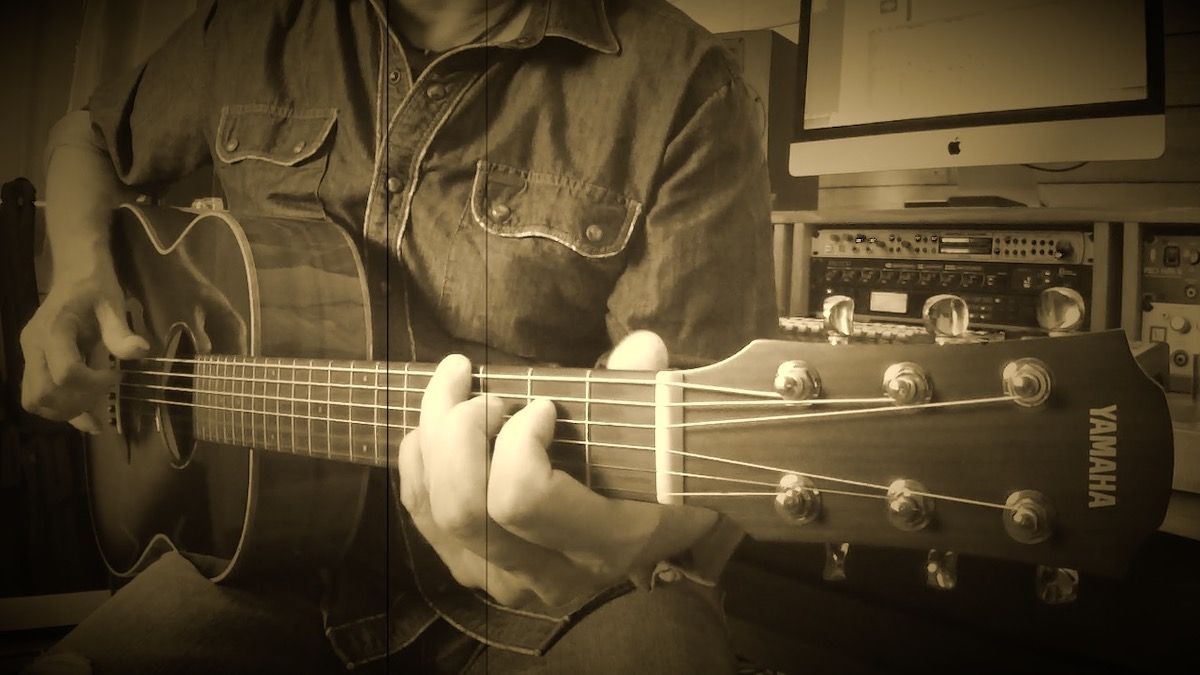
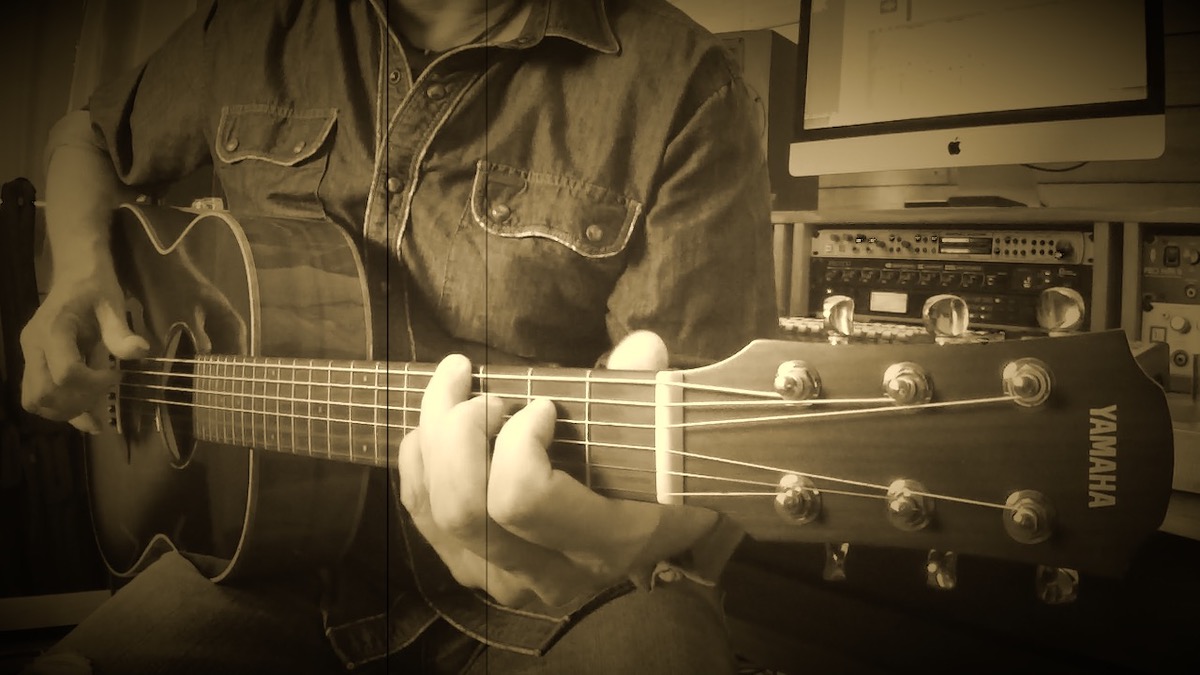
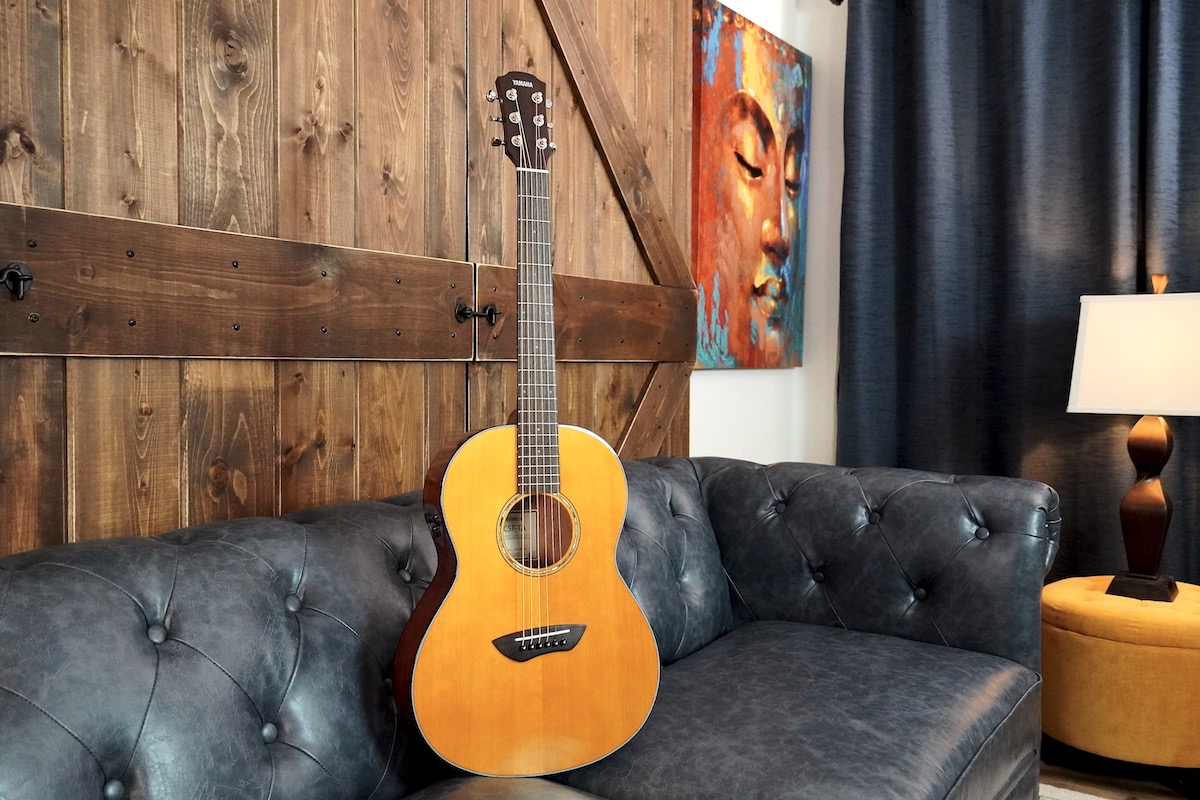
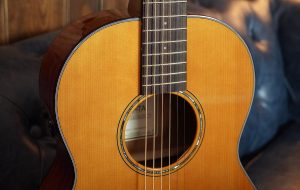
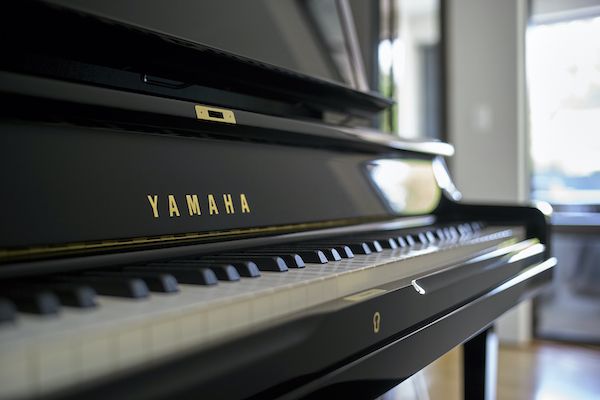


 NAfME and all the endorsing organizations recognize the necessity for students to have access to arts education, which includes music, dance, theater, visual arts and media arts.
NAfME and all the endorsing organizations recognize the necessity for students to have access to arts education, which includes music, dance, theater, visual arts and media arts. The three driving principles of “Arts Education Is Essential” are:
The three driving principles of “Arts Education Is Essential” are:
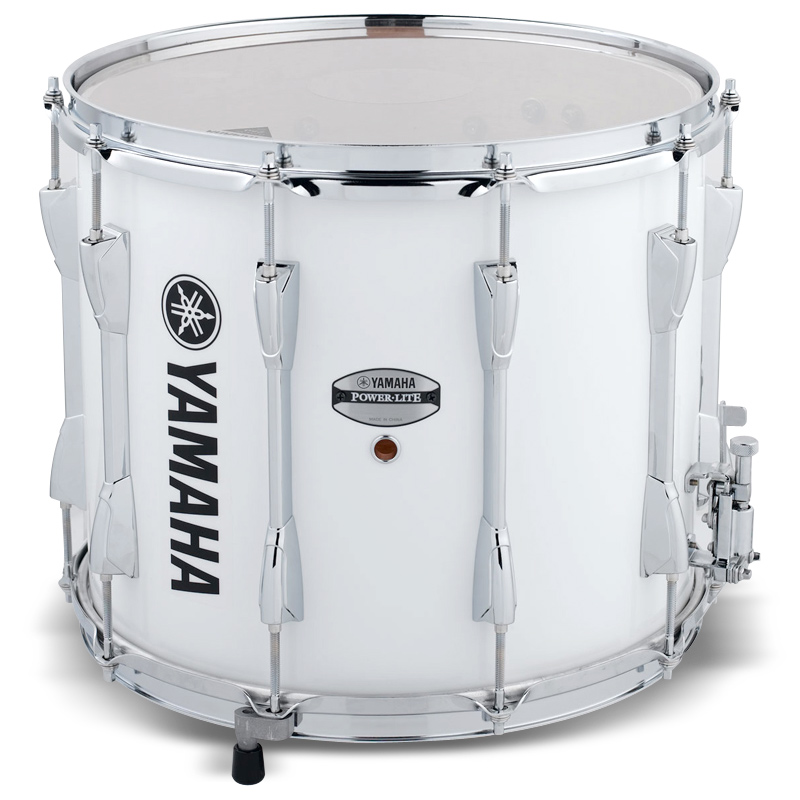 3. Choose Appropriate Music
3. Choose Appropriate Music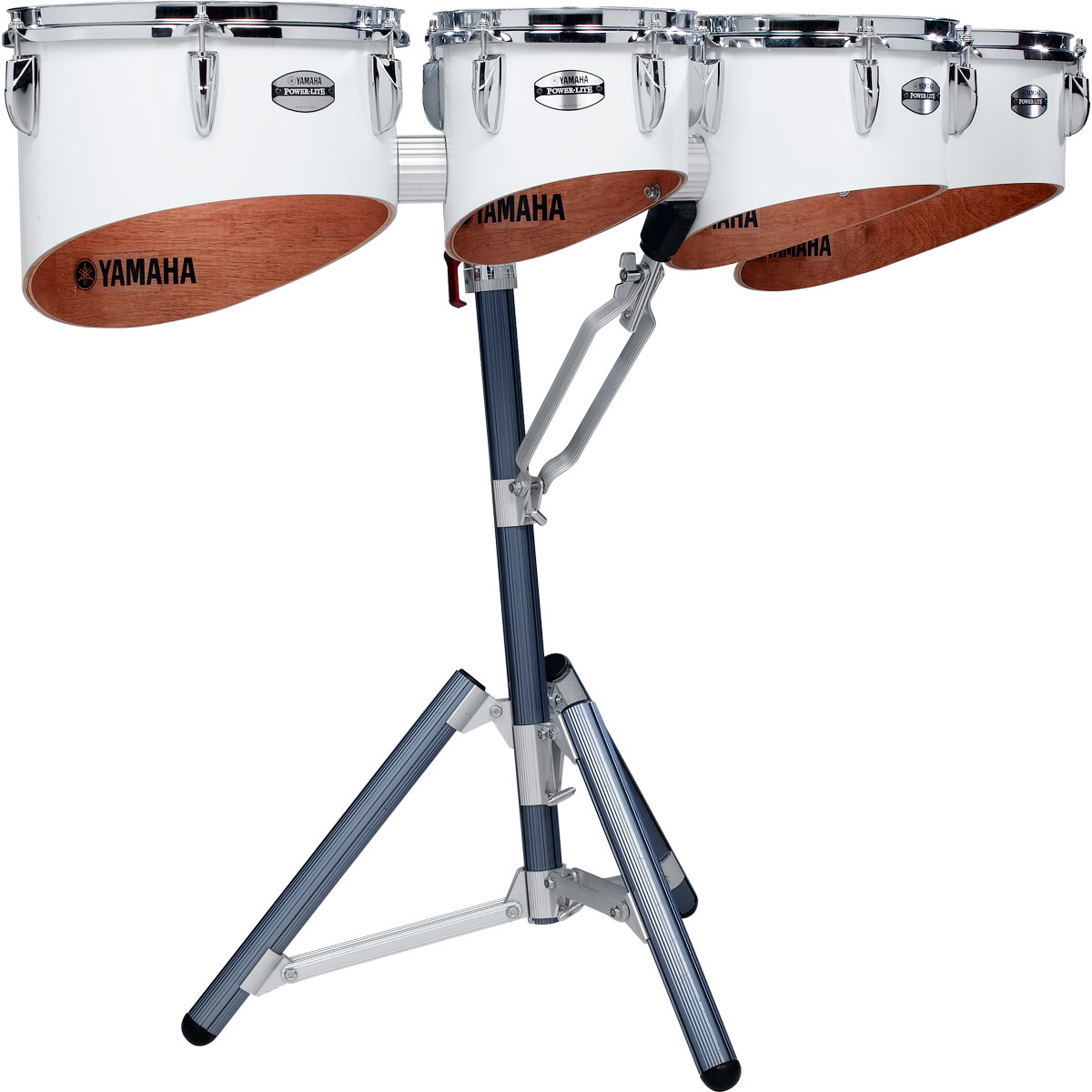
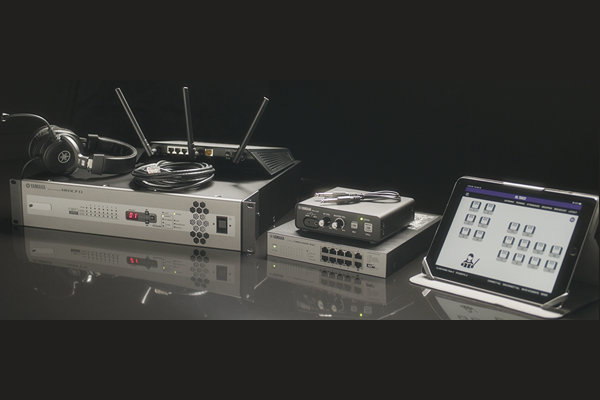
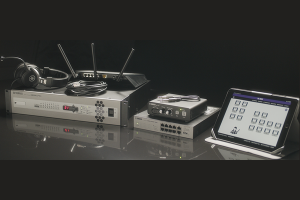
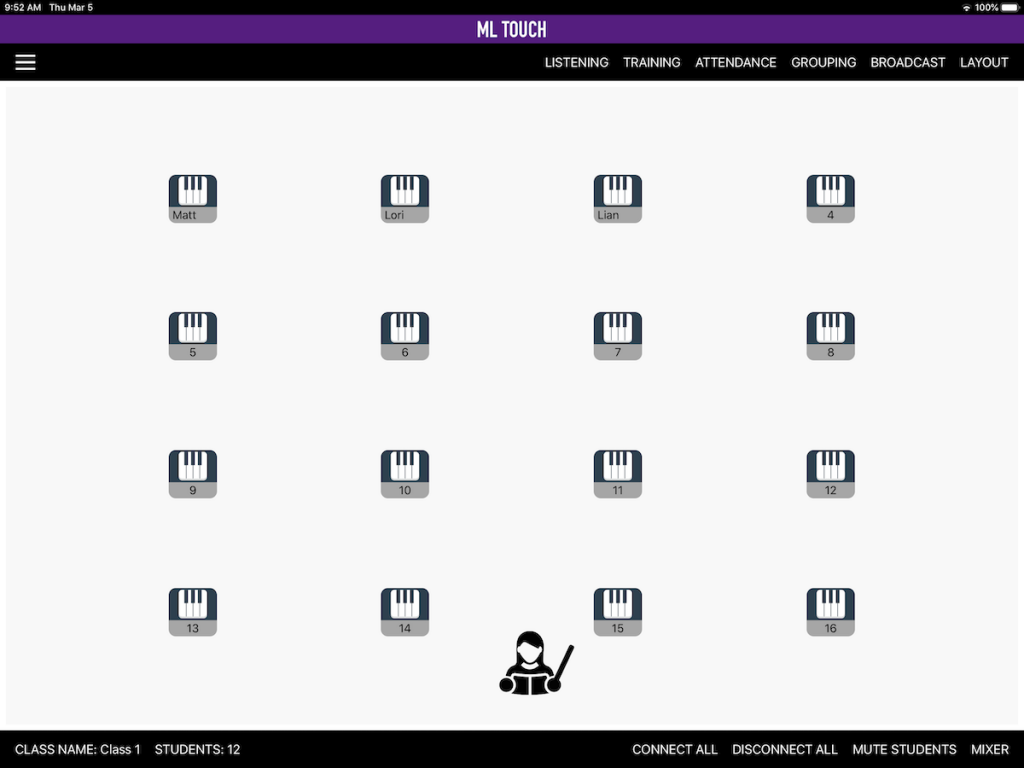
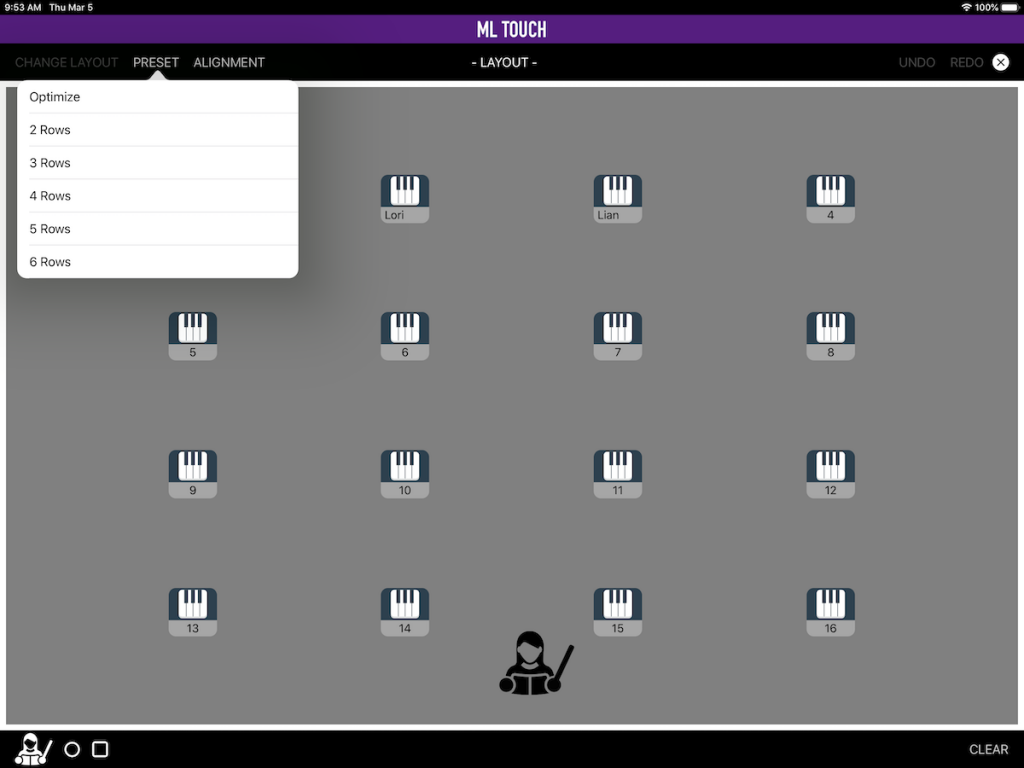
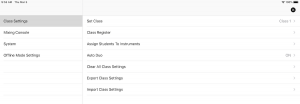
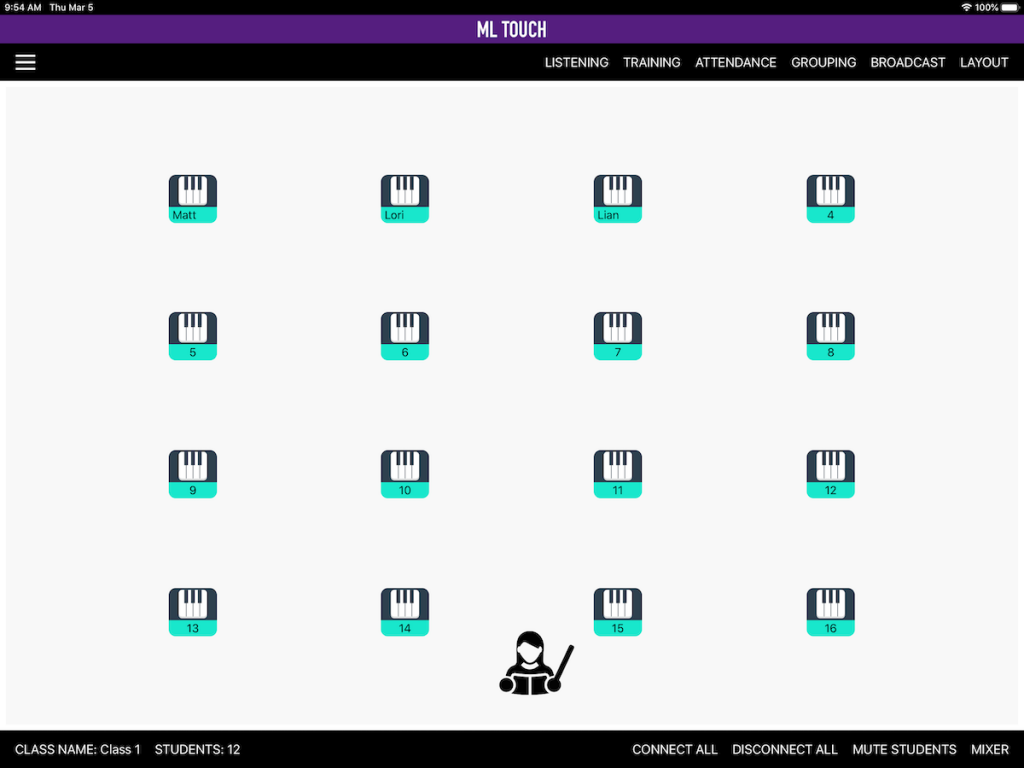
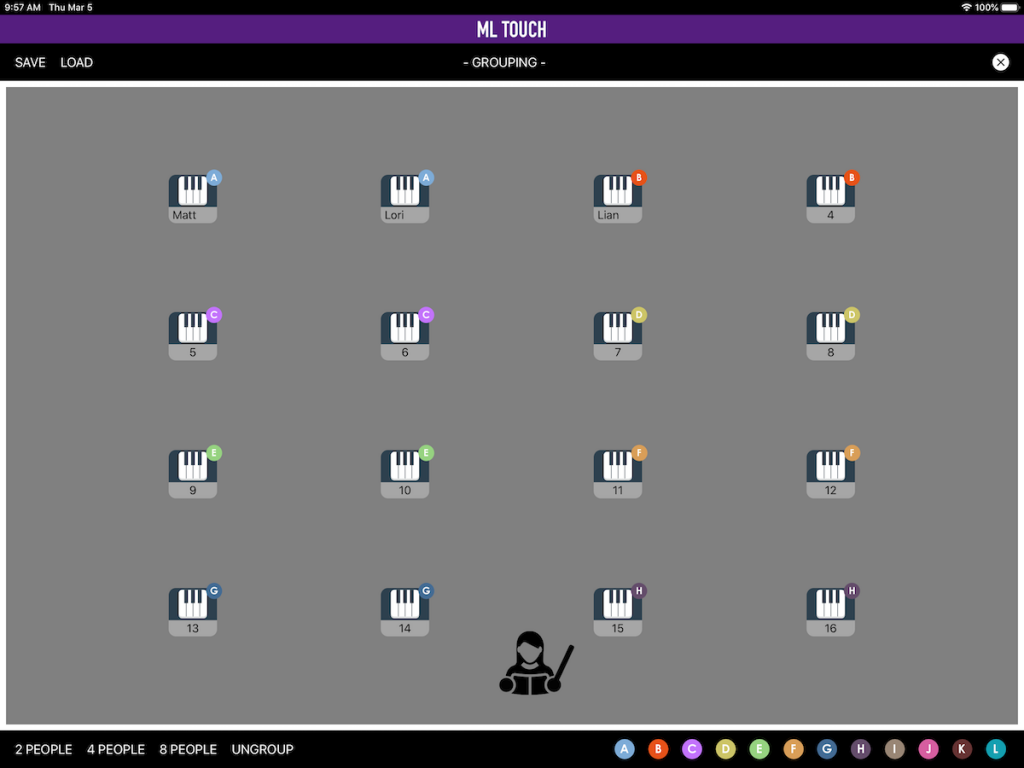
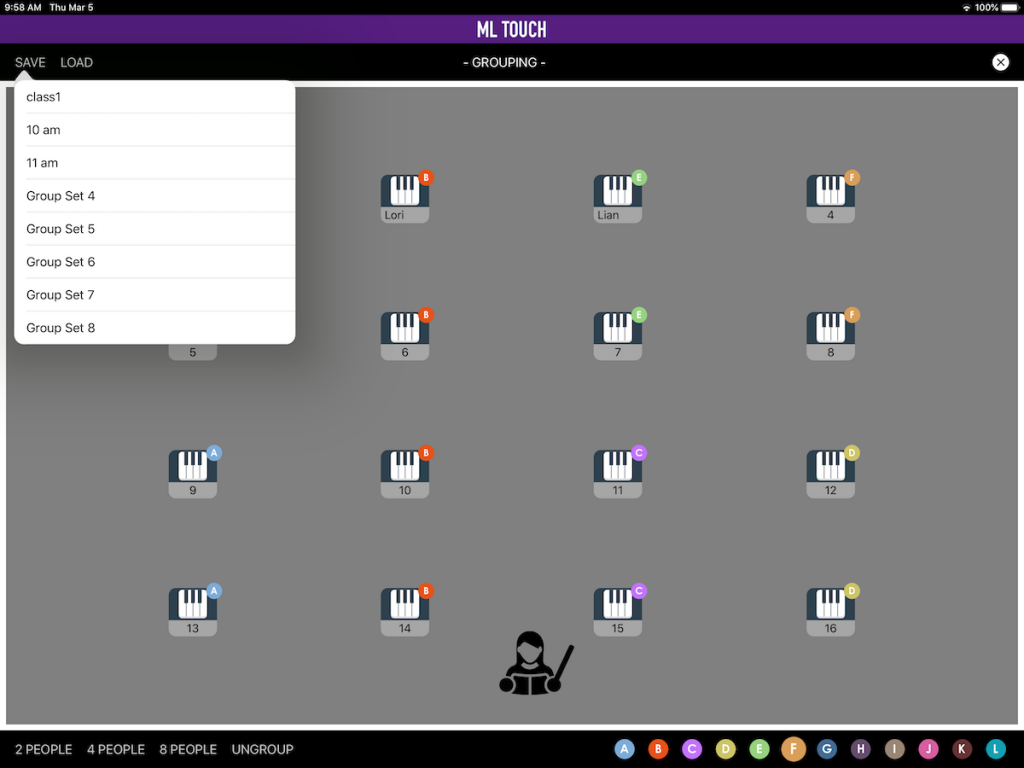
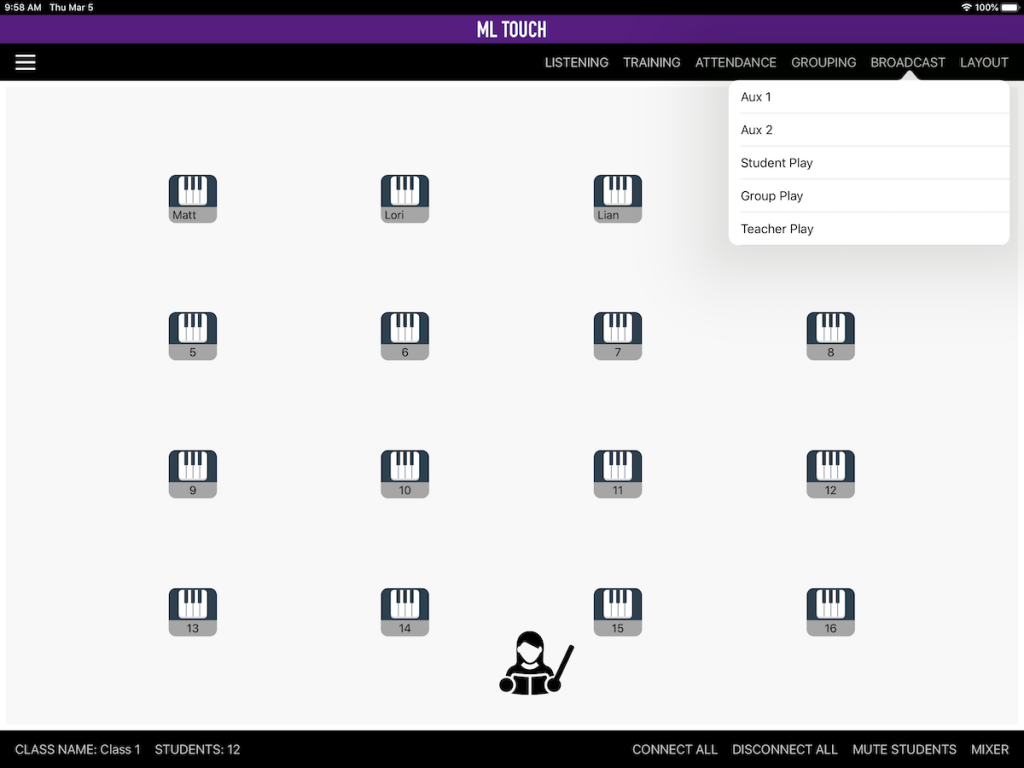
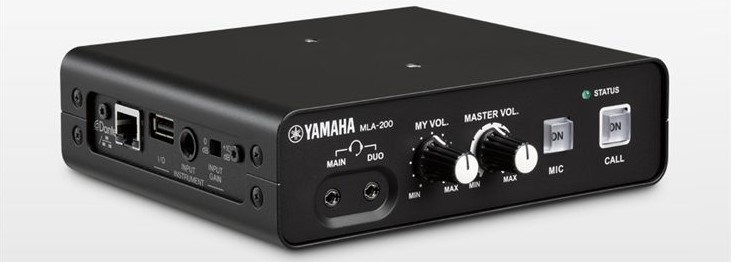
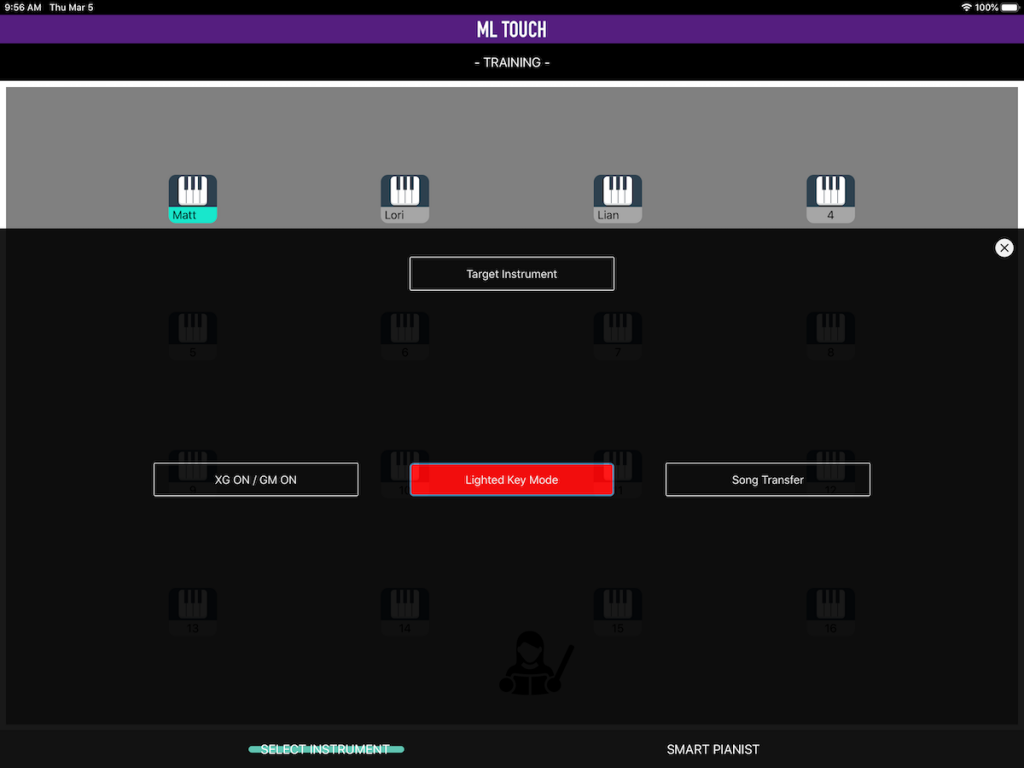
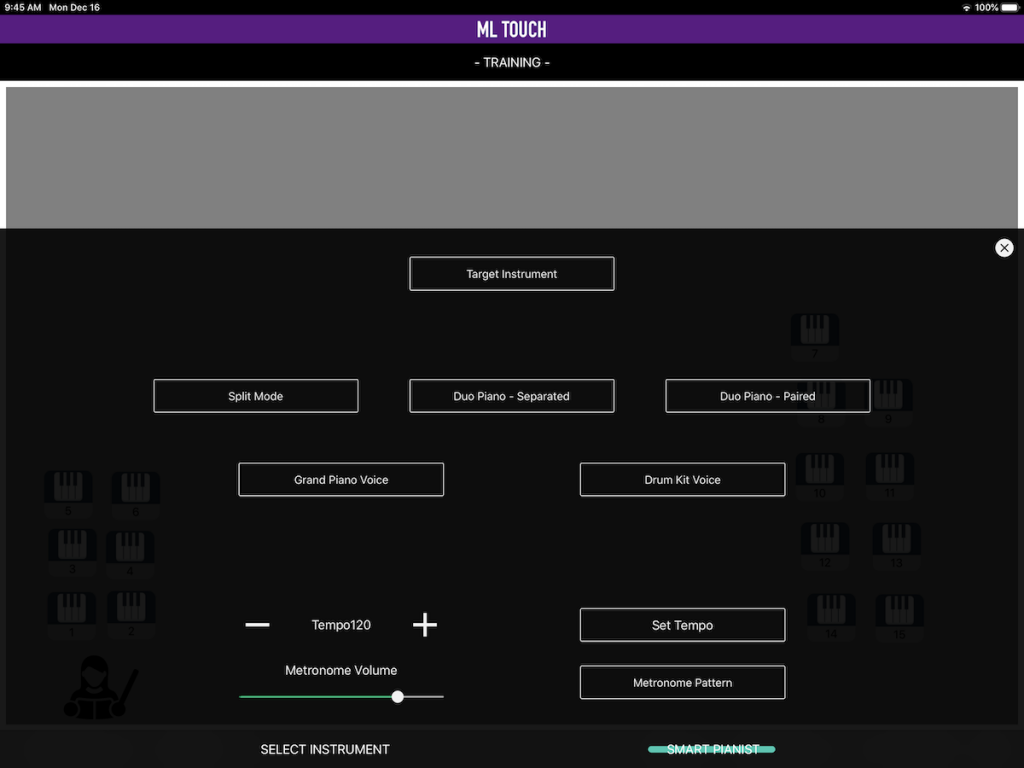
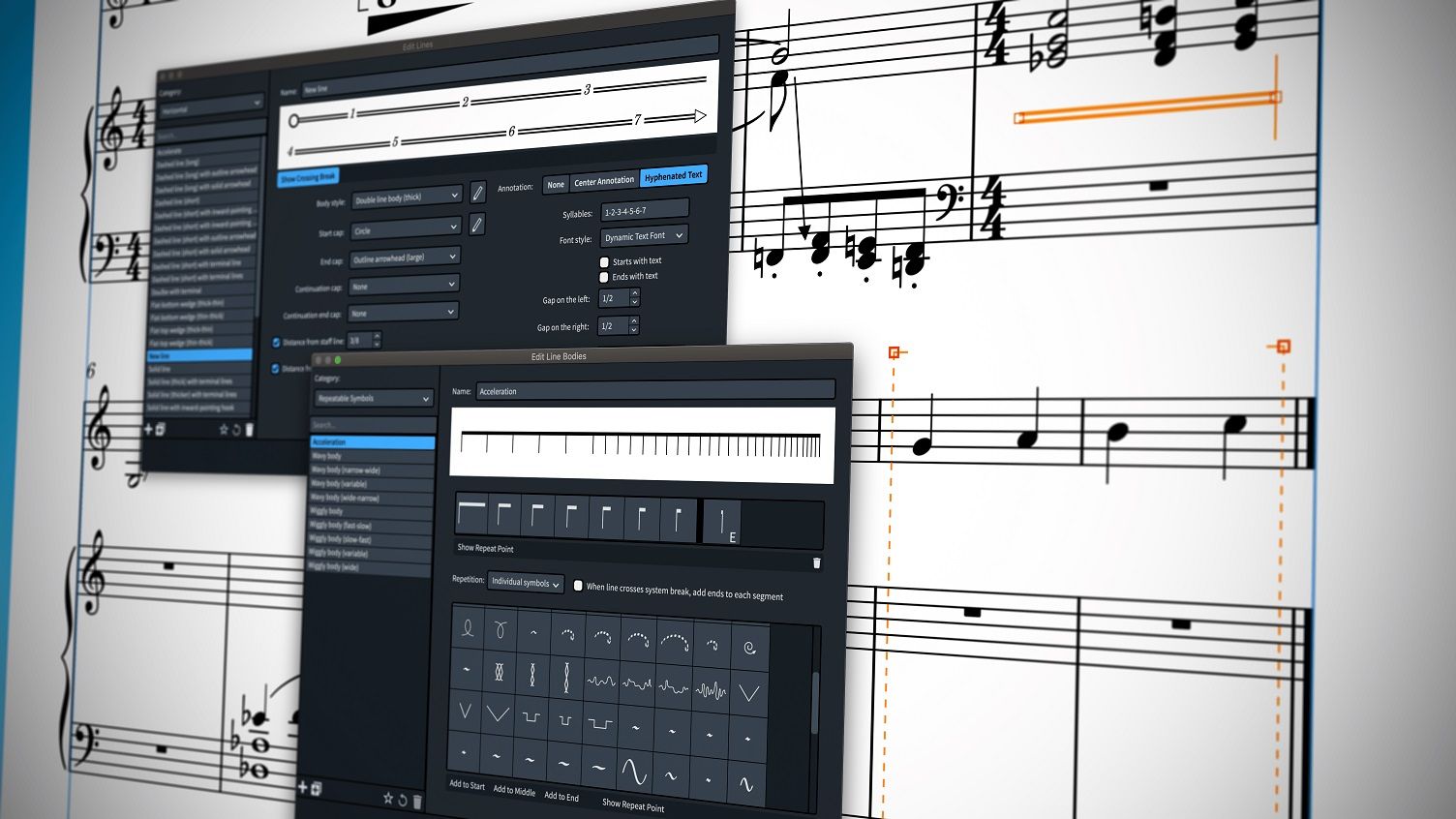


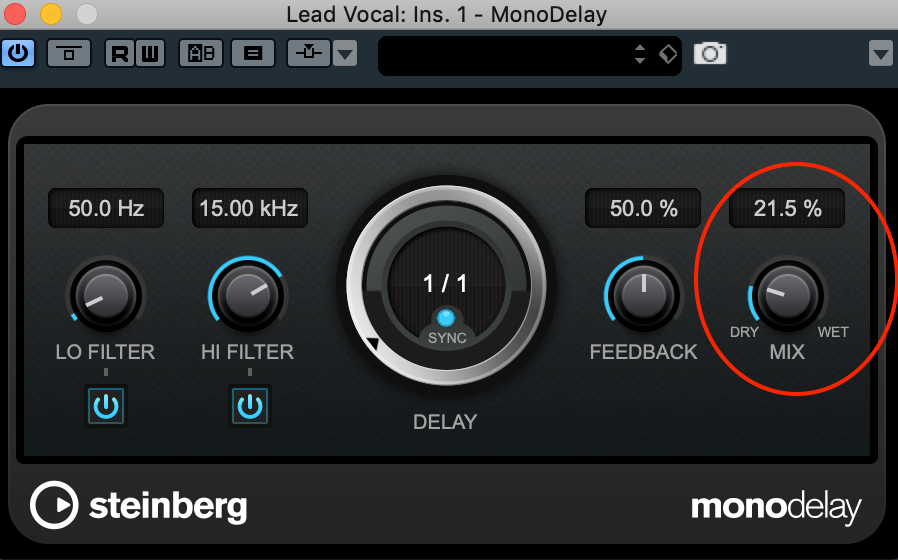
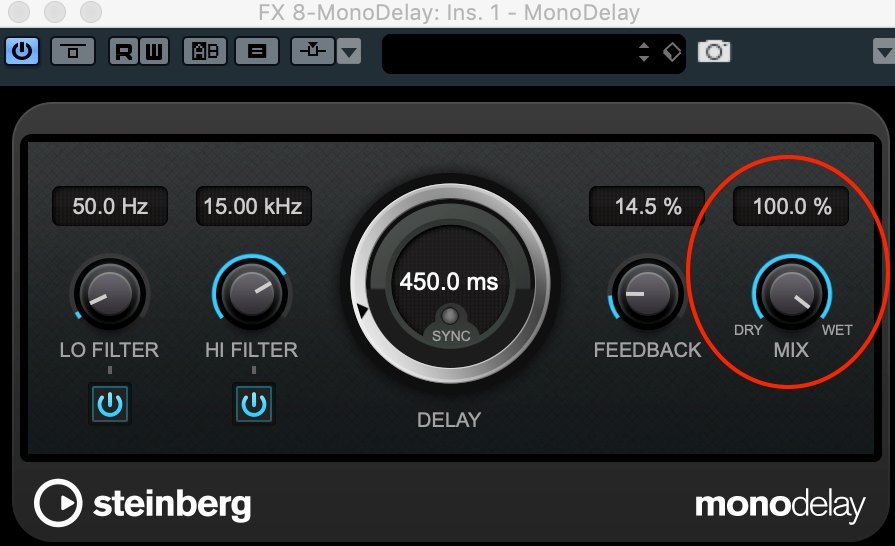
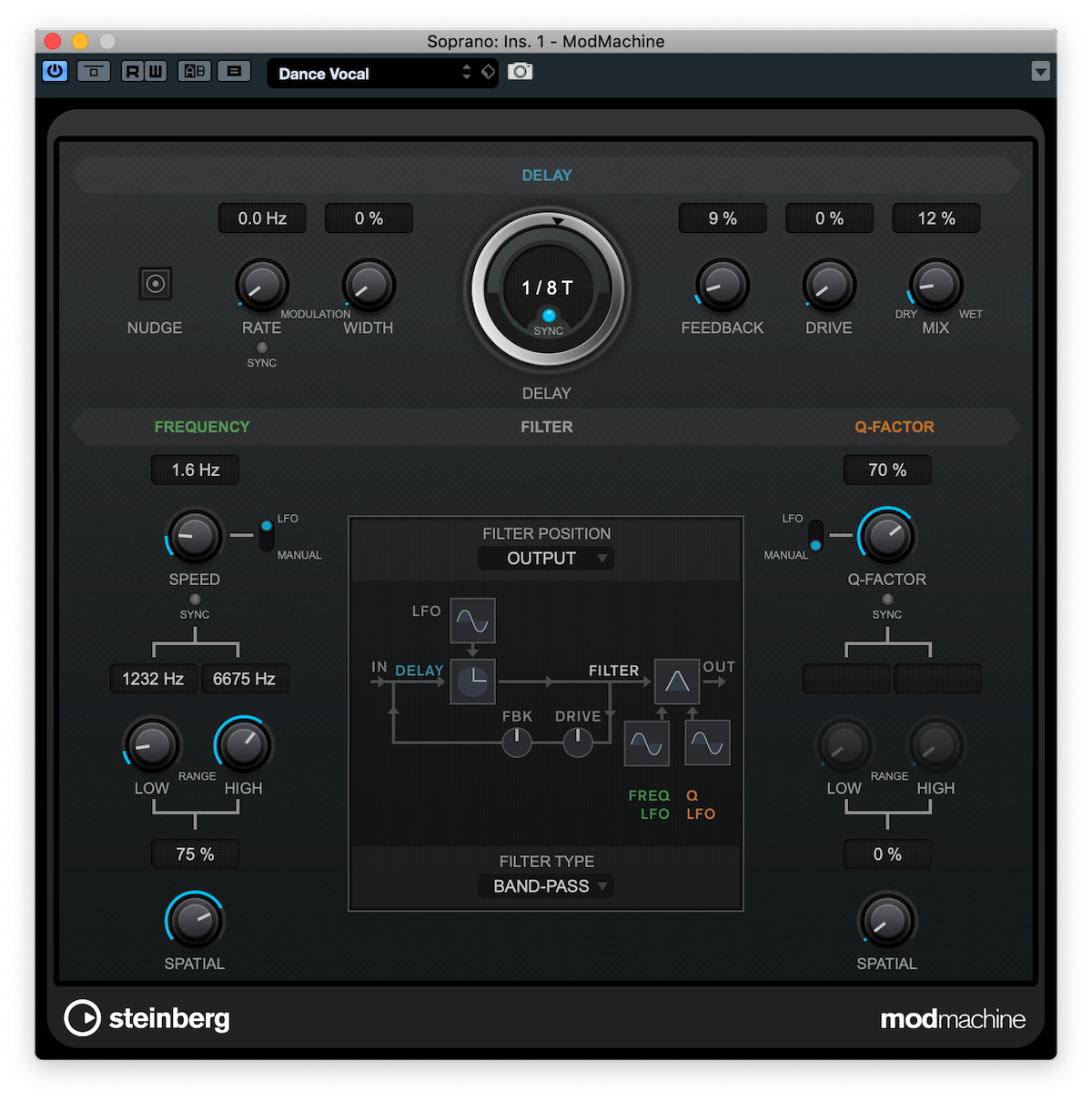


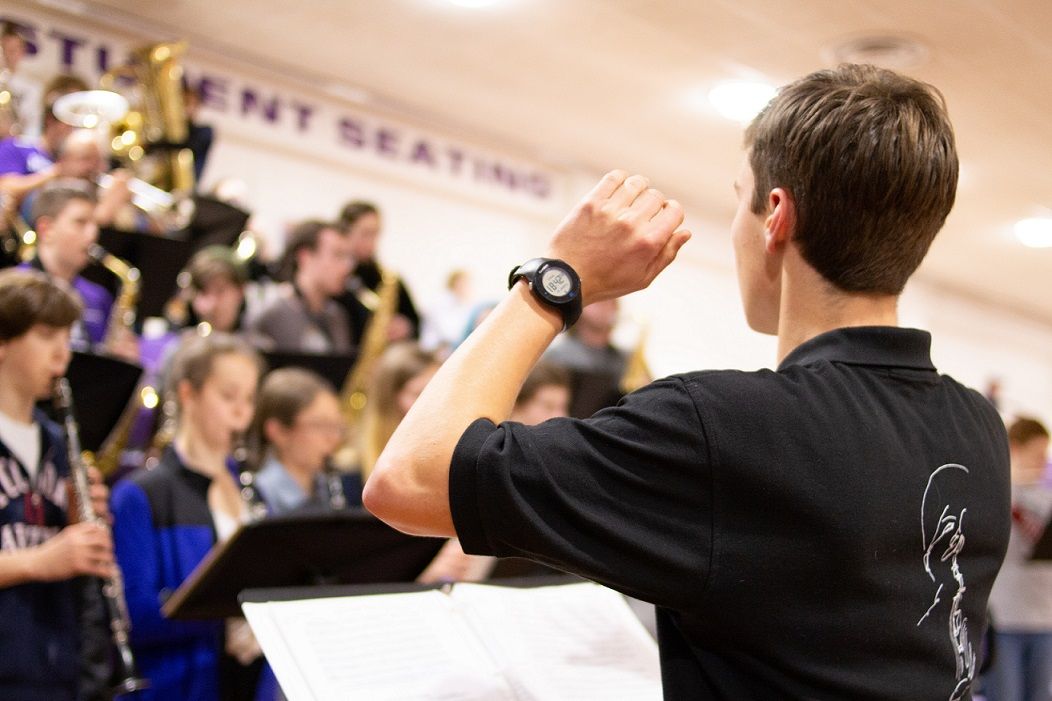
 Title IV-A Funds
Title IV-A Funds Additional Resources
Additional Resources Corporate and Private Foundations and Federal Agencies that Offer Grants, Donations and Support:
Corporate and Private Foundations and Federal Agencies that Offer Grants, Donations and Support:




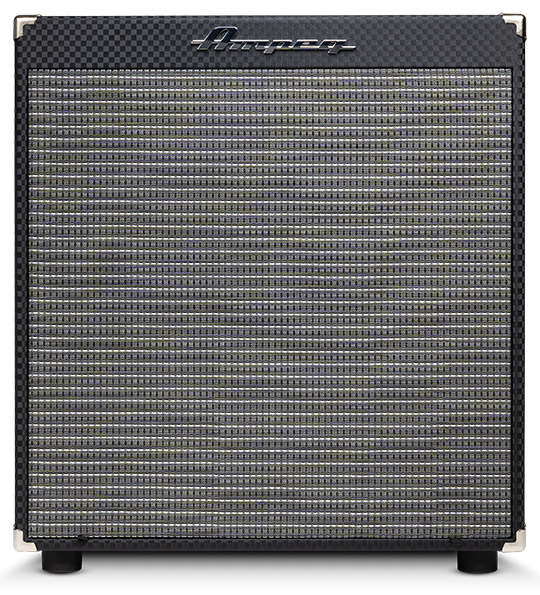
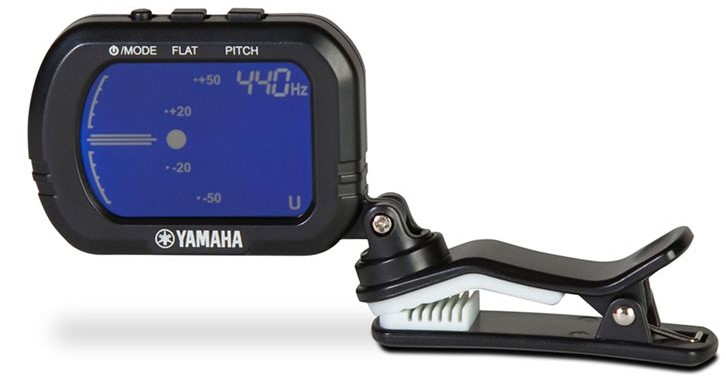

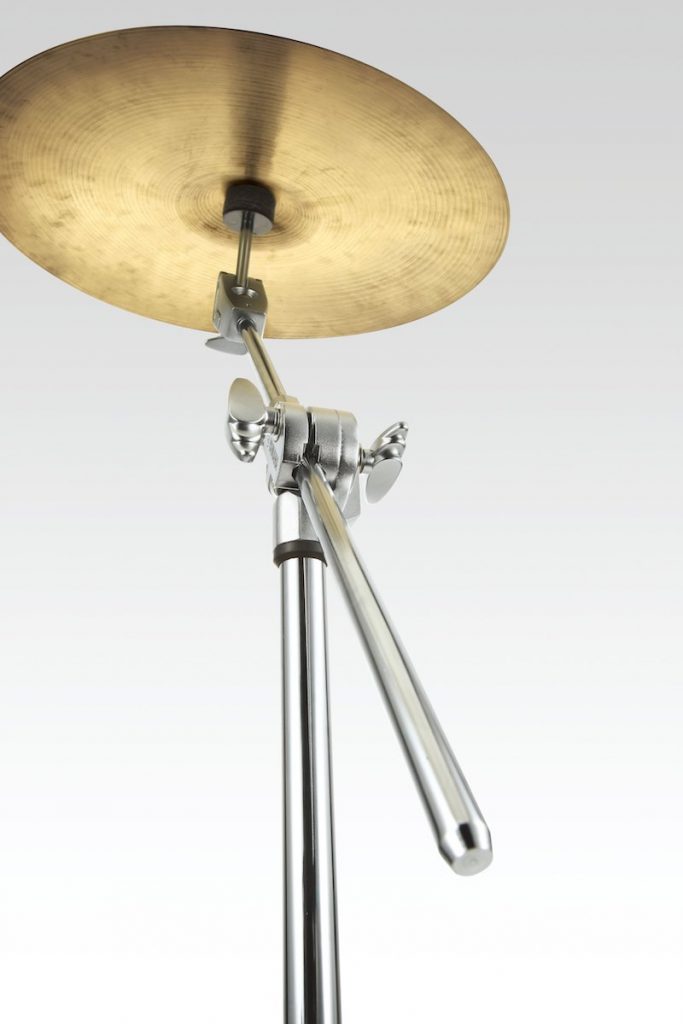
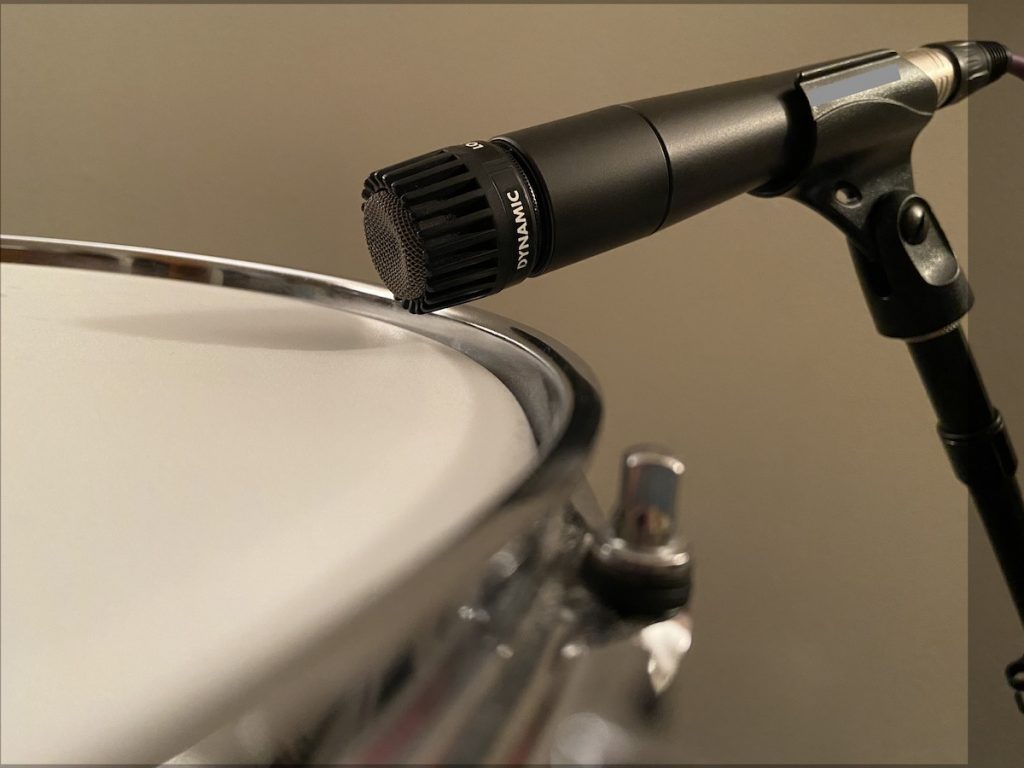

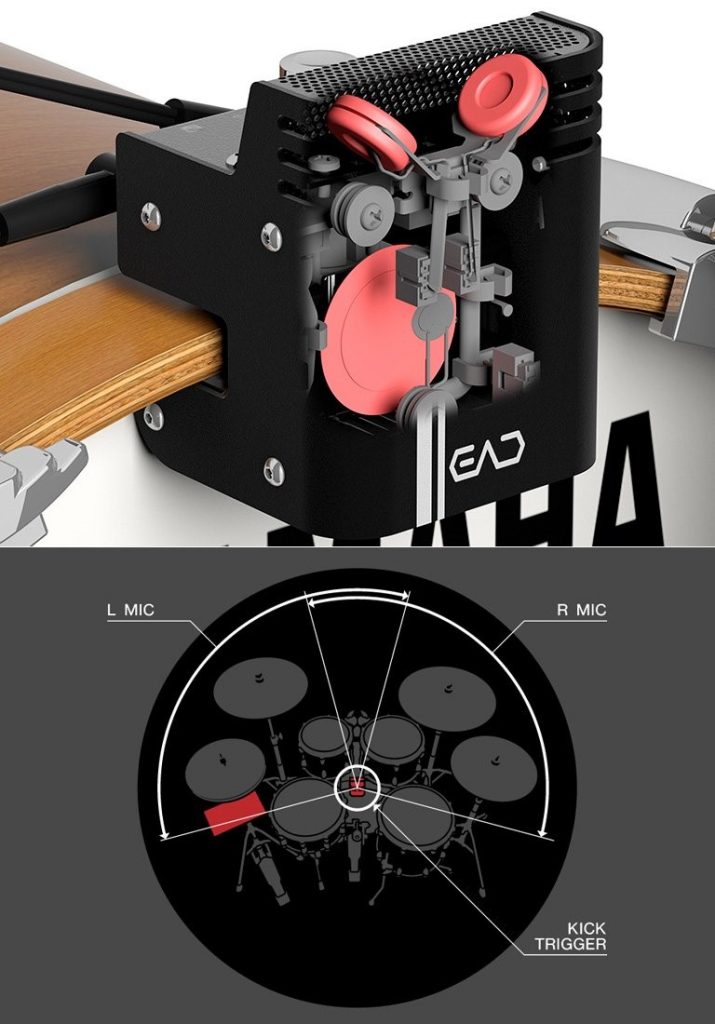
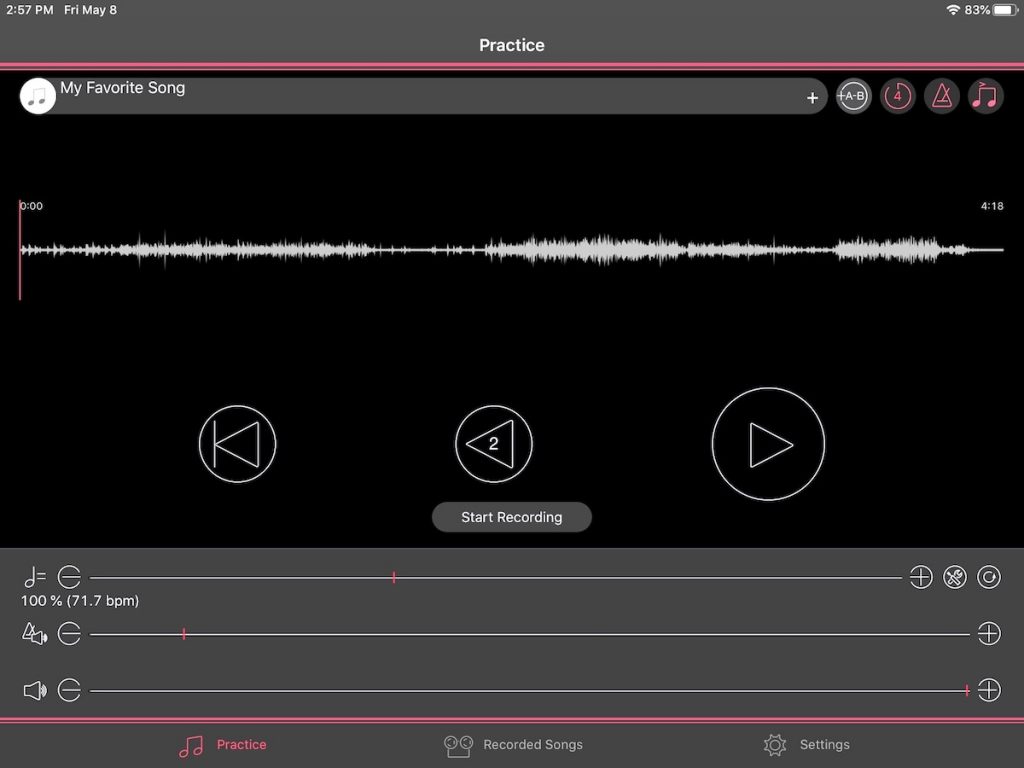
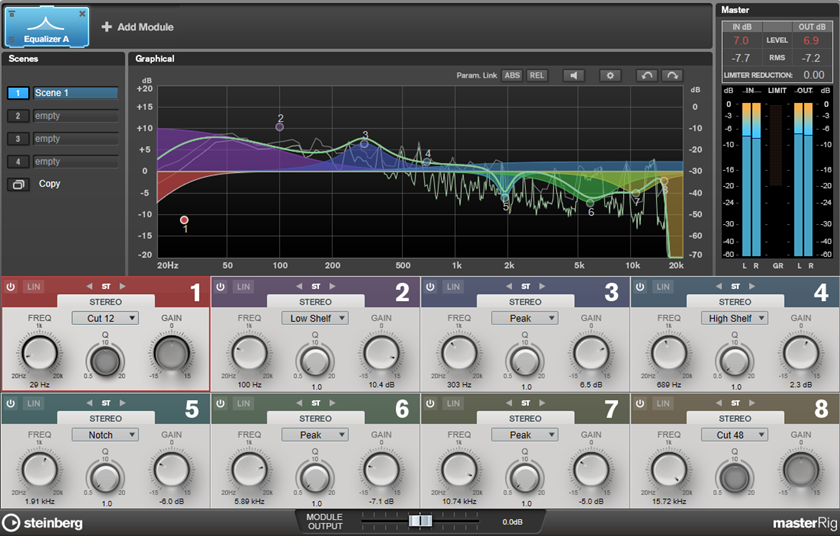
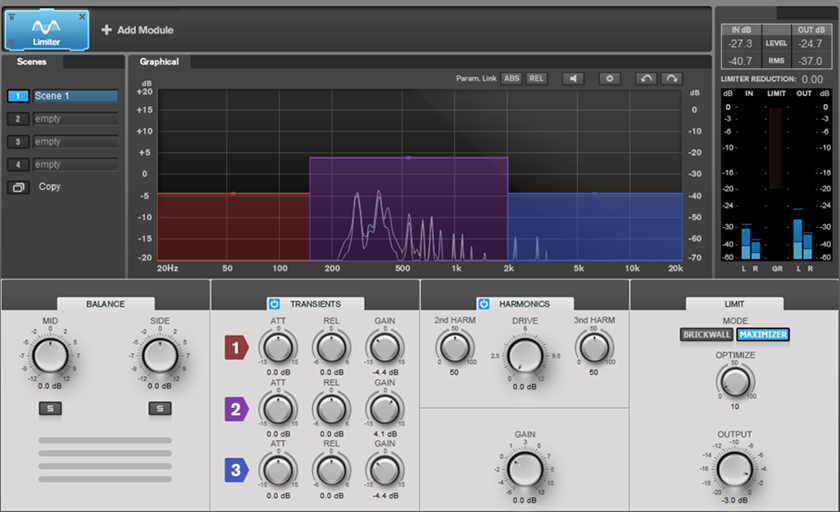

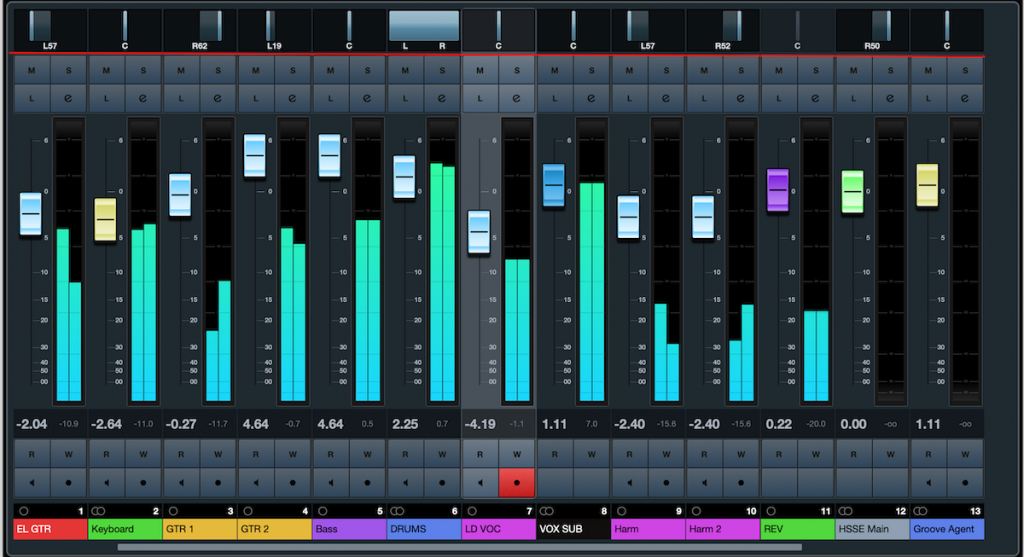
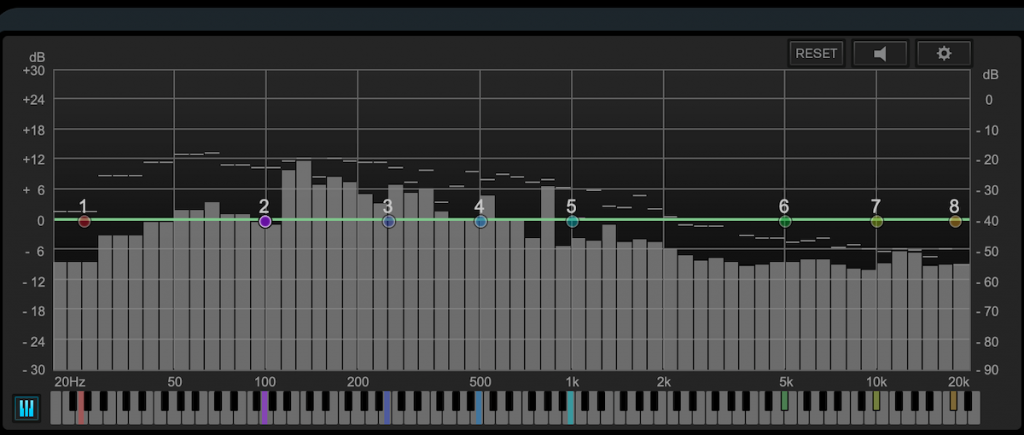
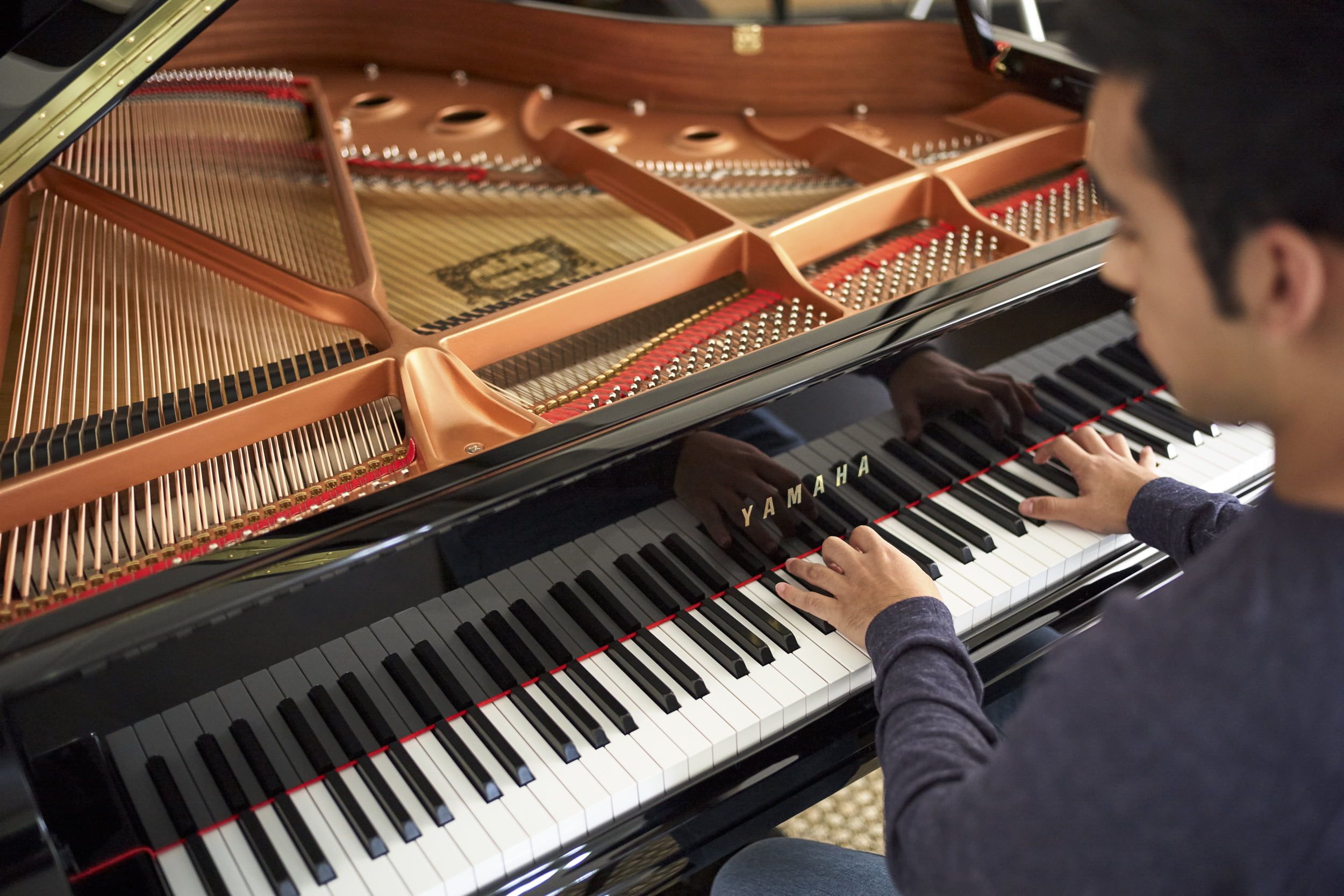


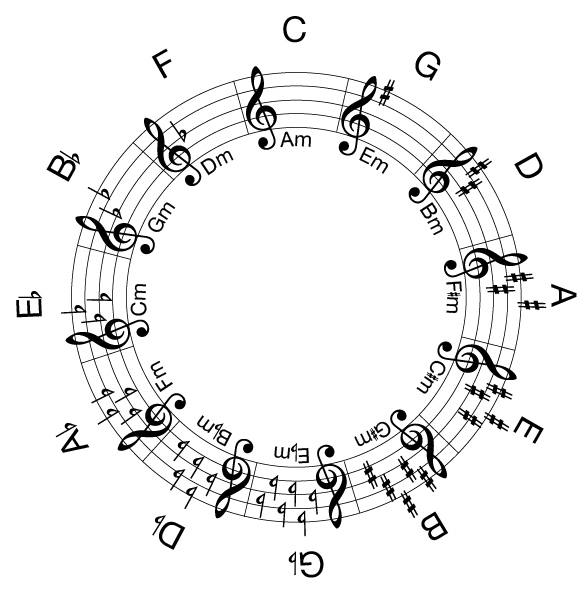

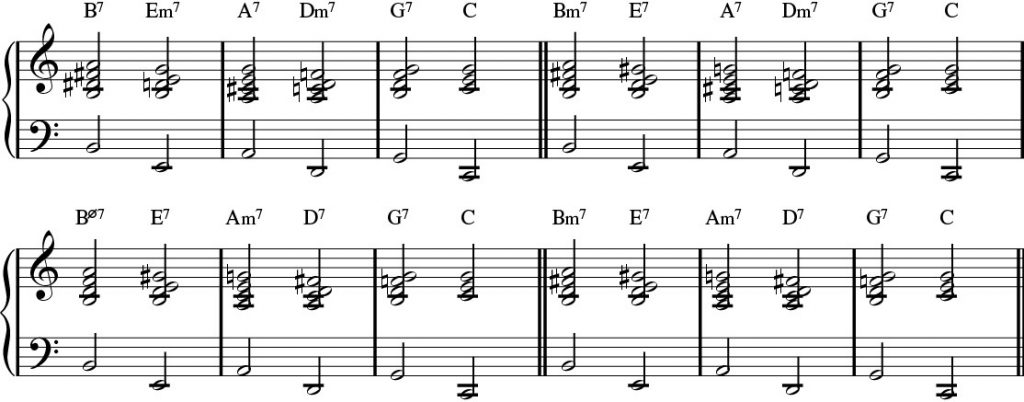



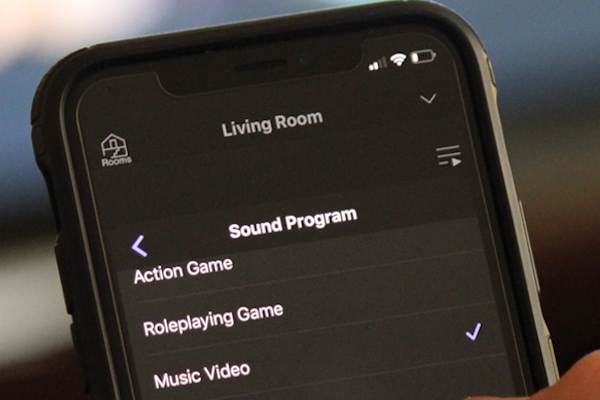
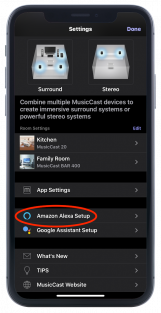

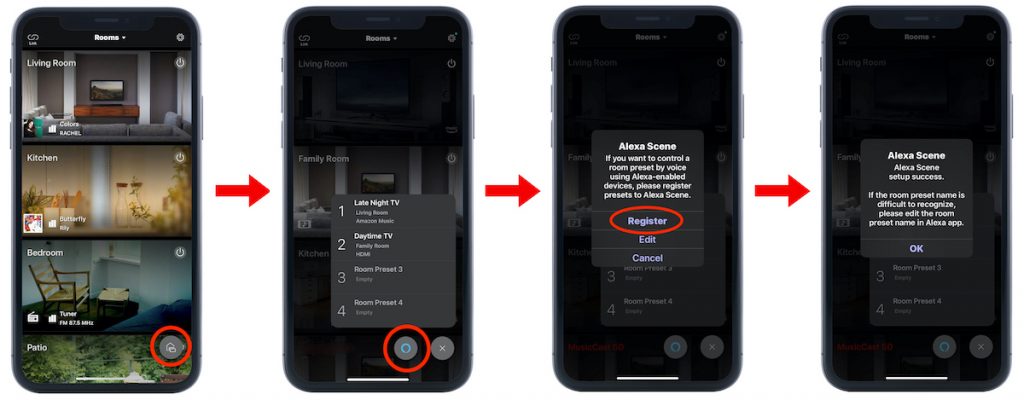
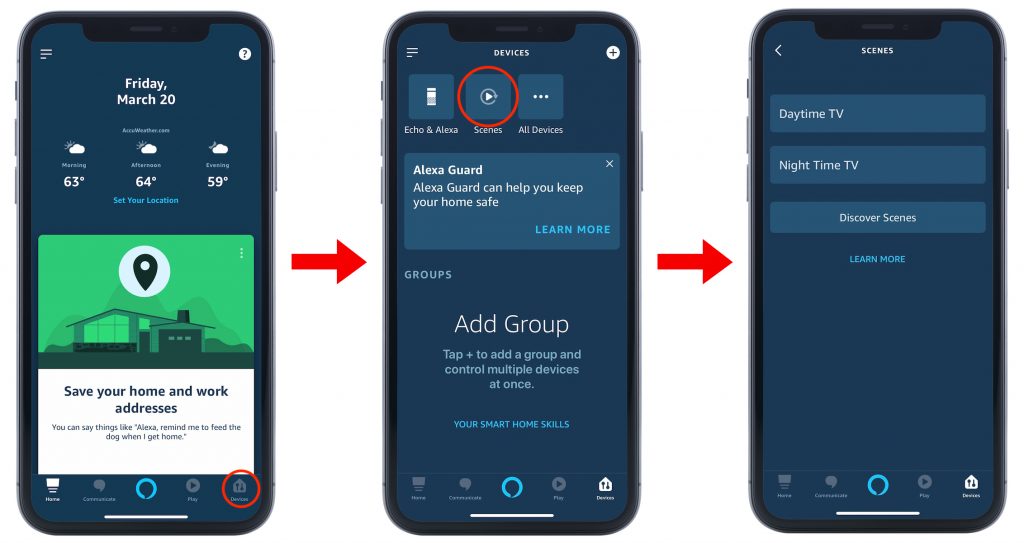
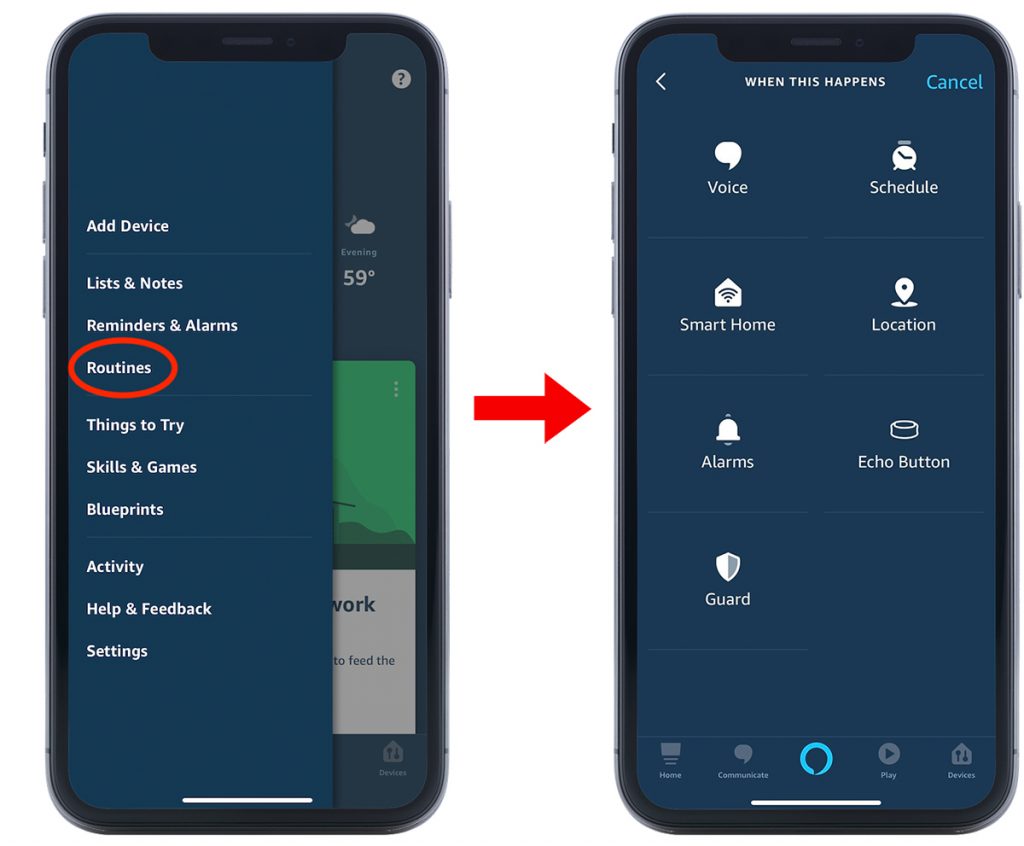
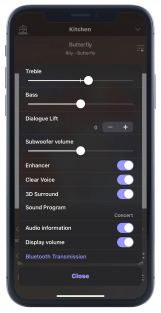
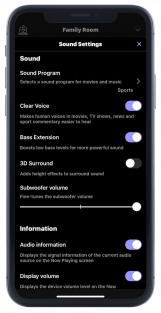

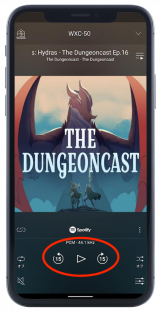
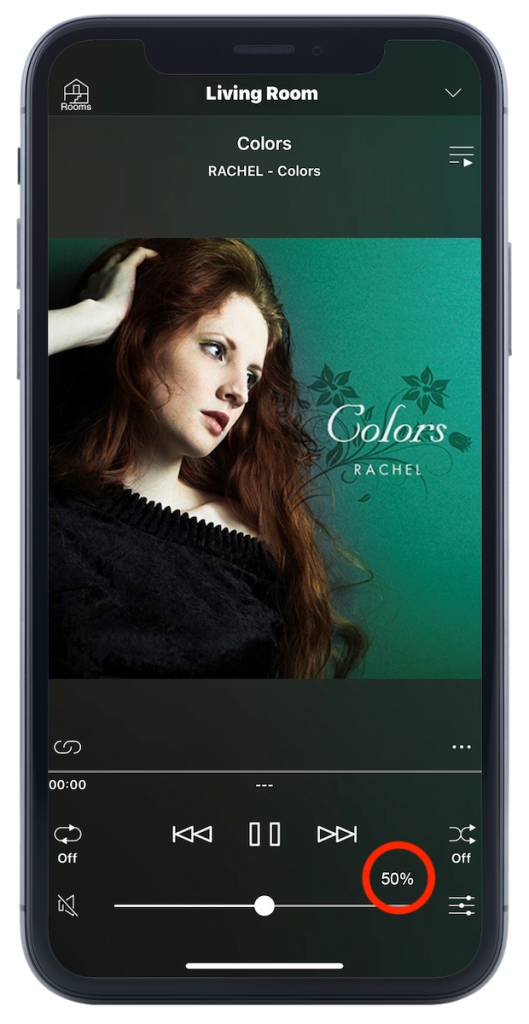
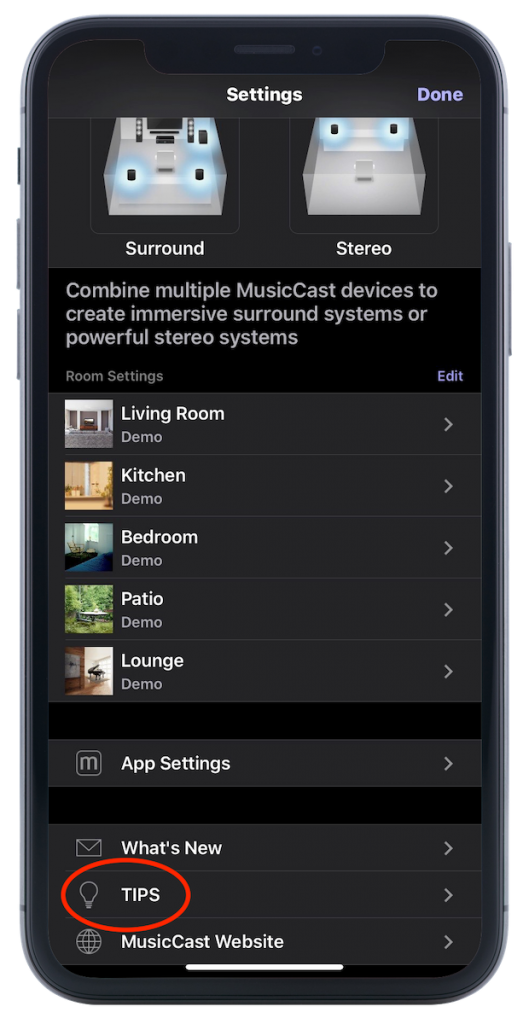
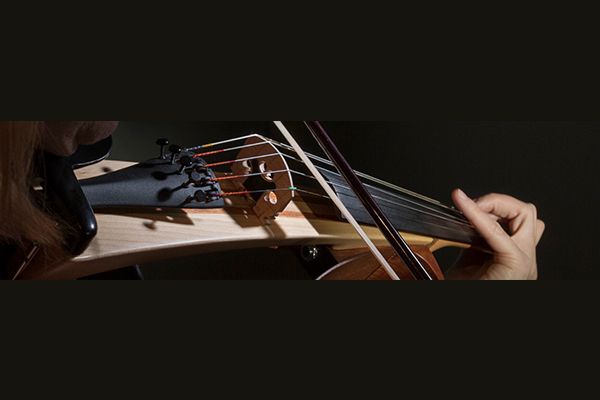
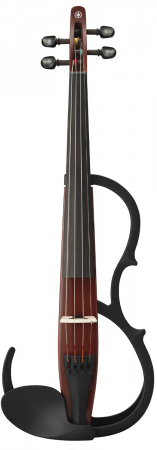
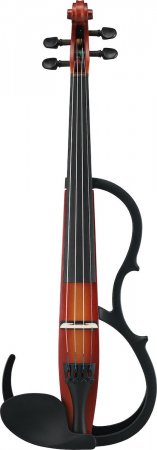

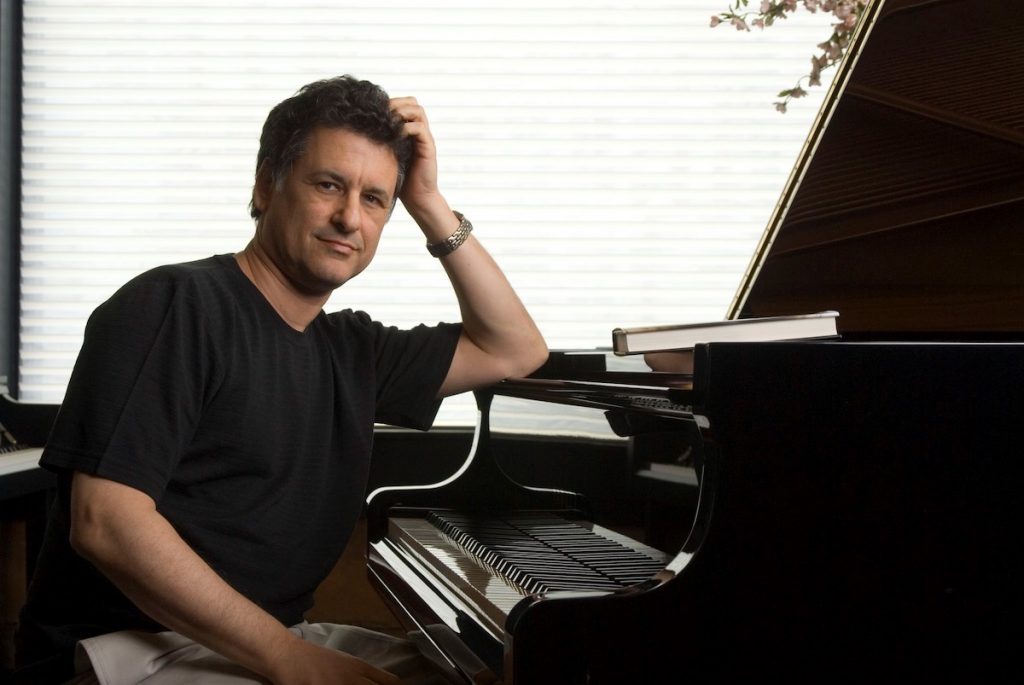

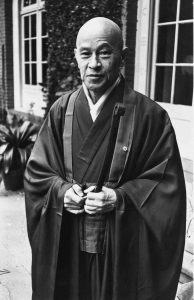
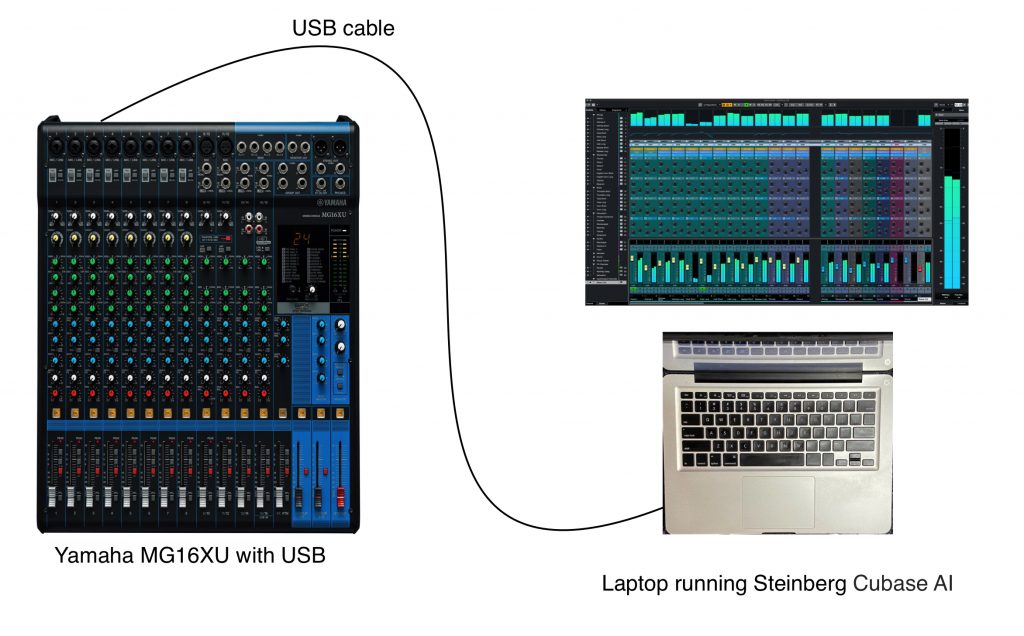
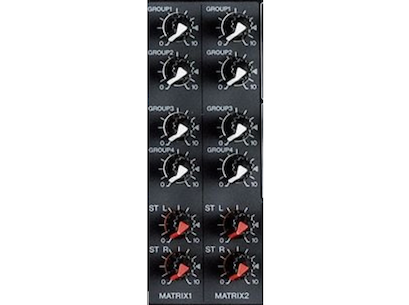
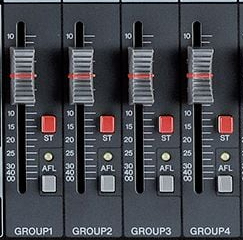

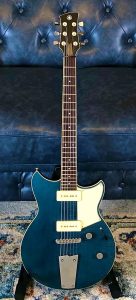

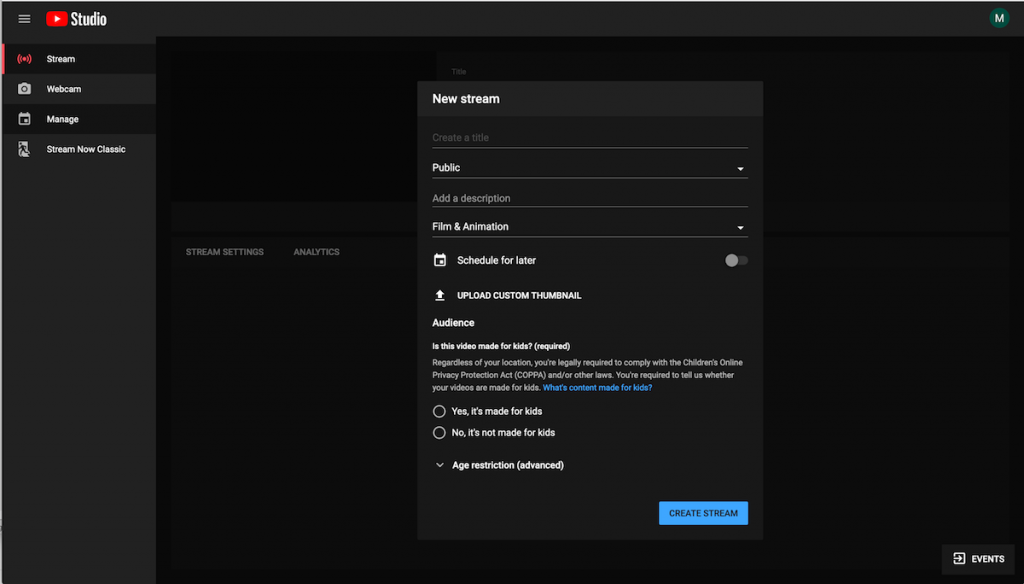
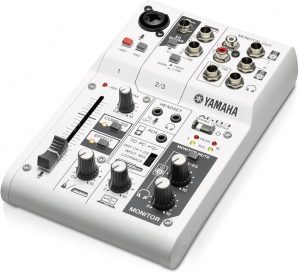
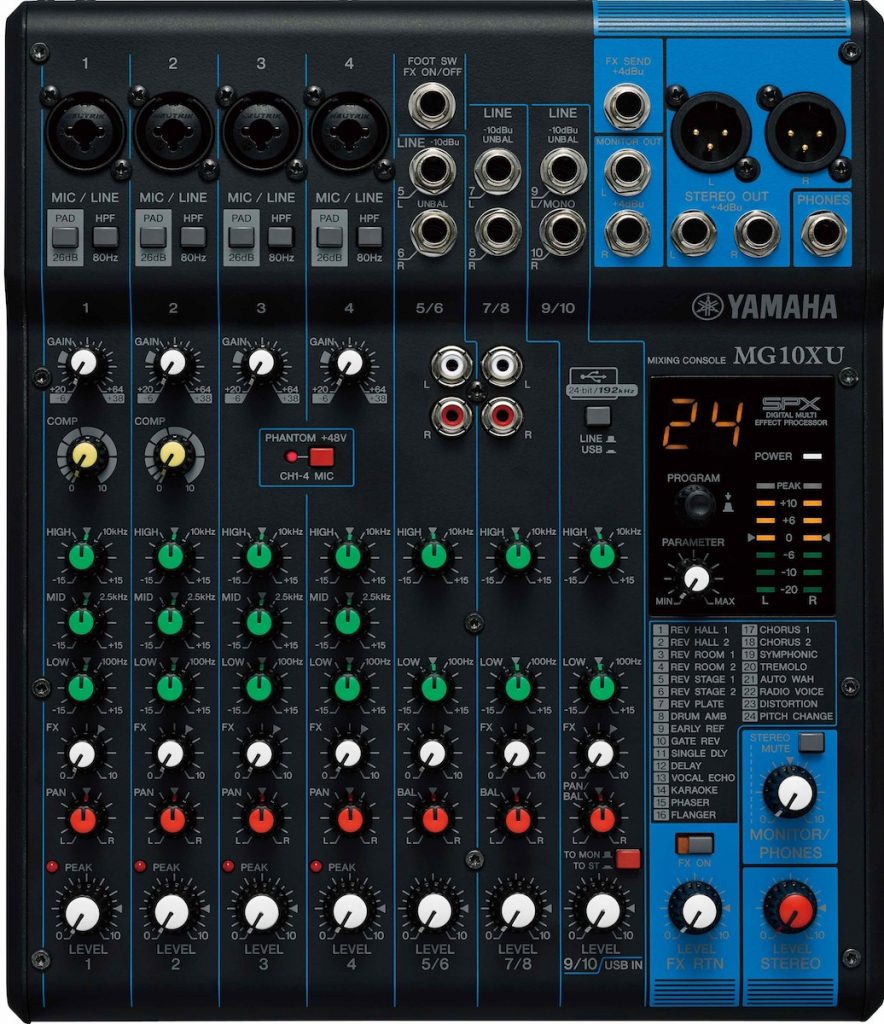

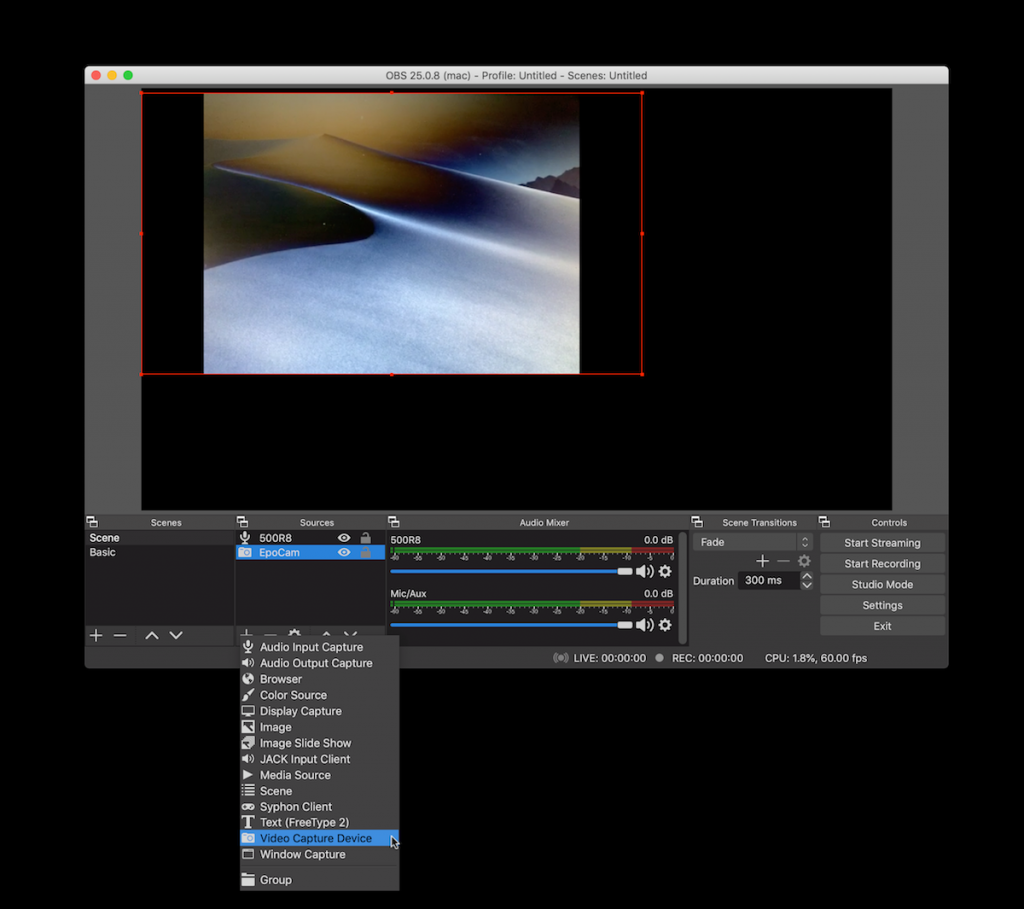
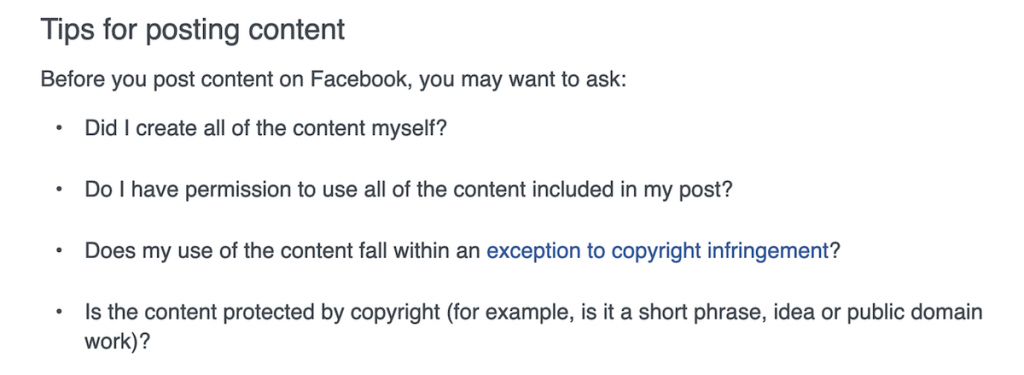
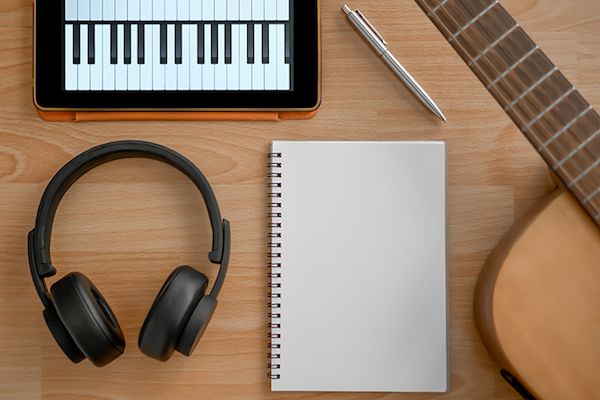

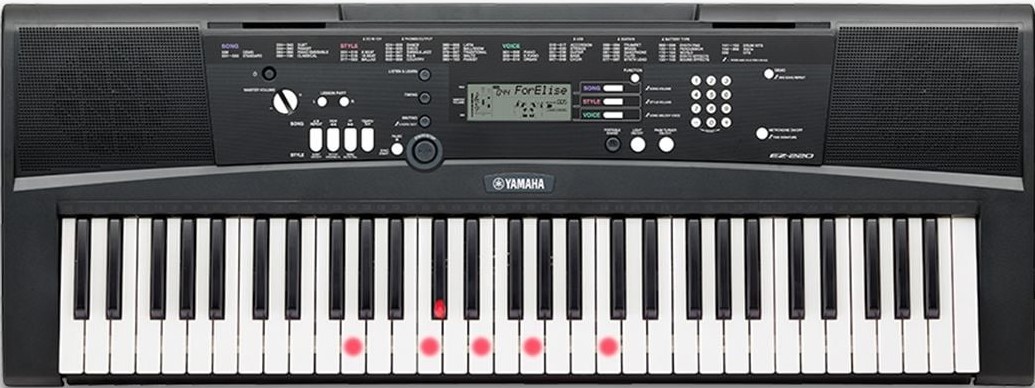

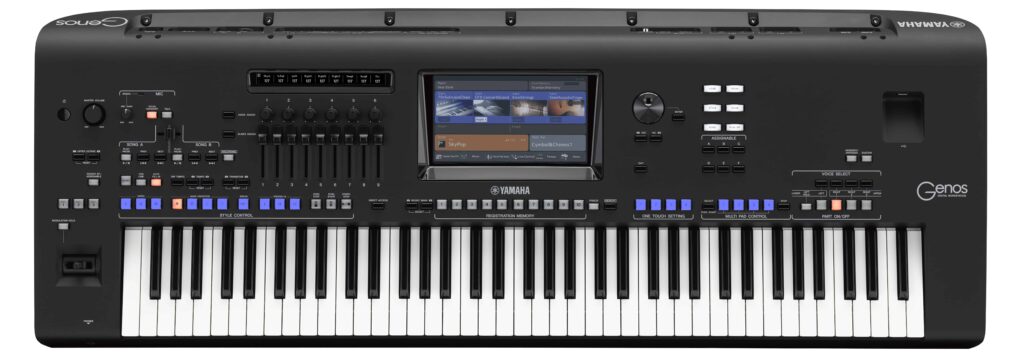
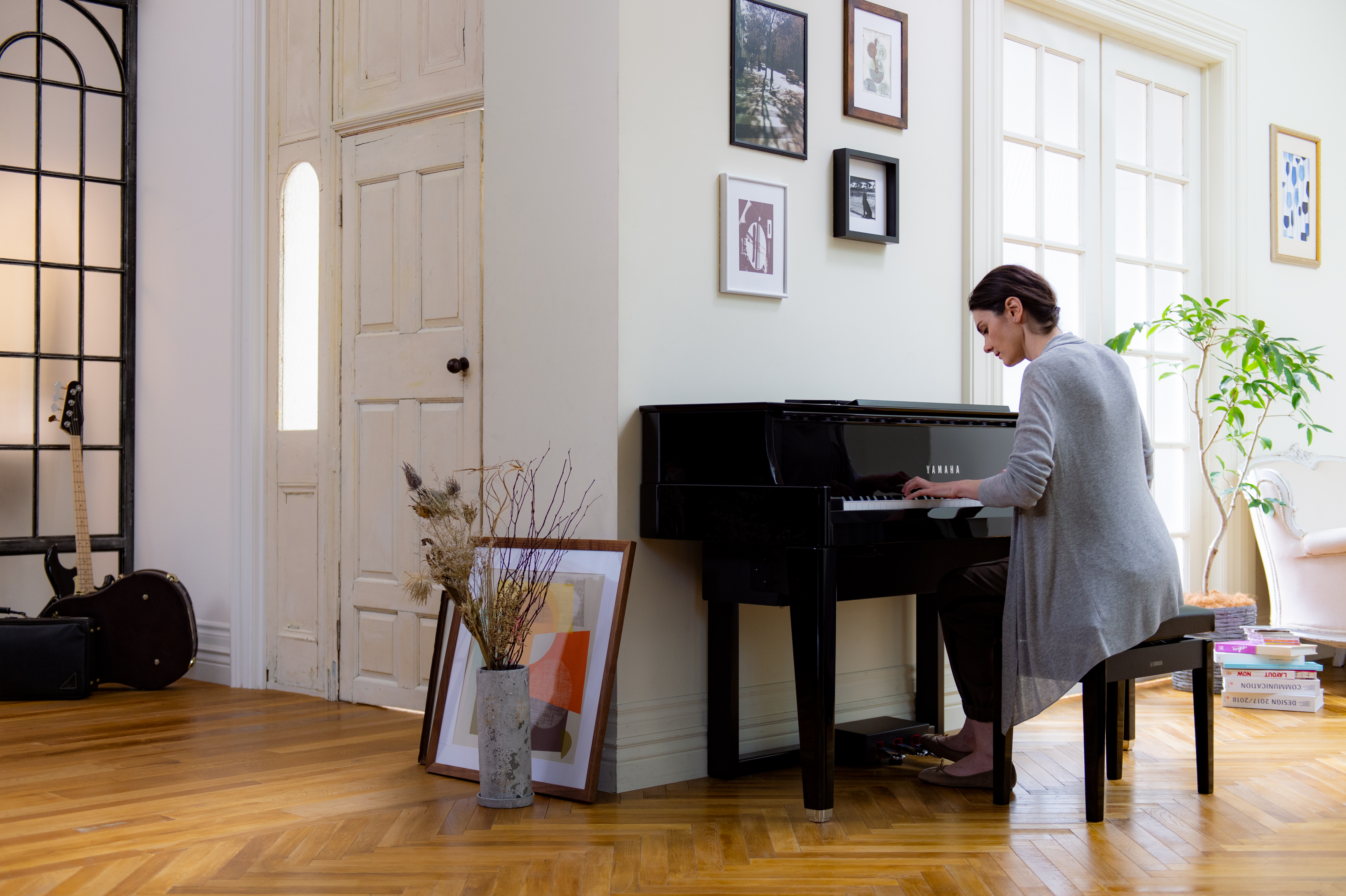
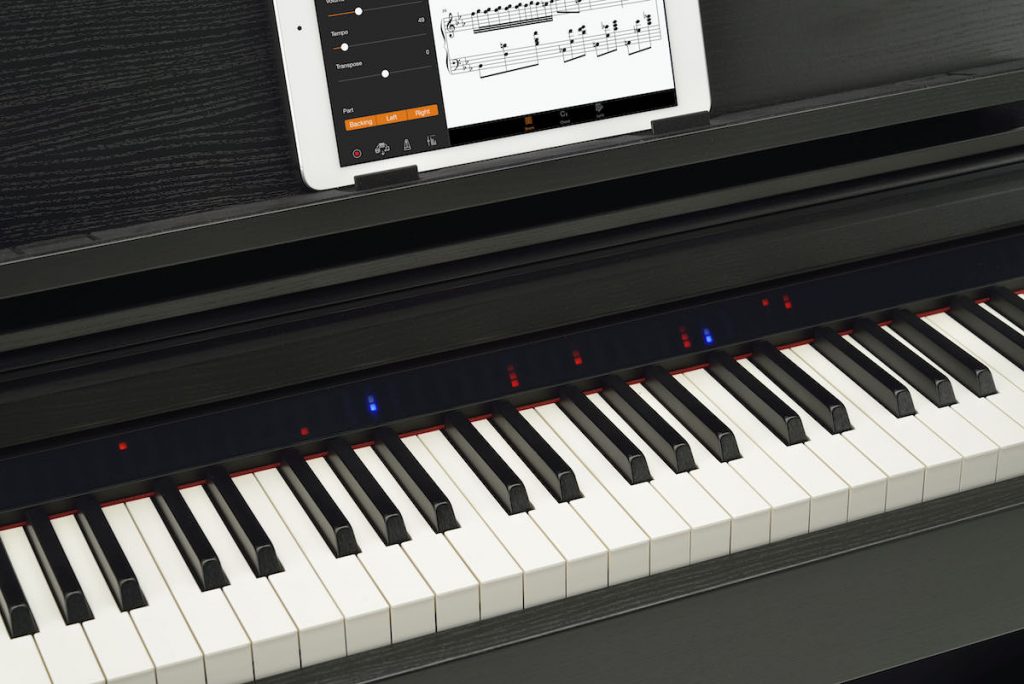
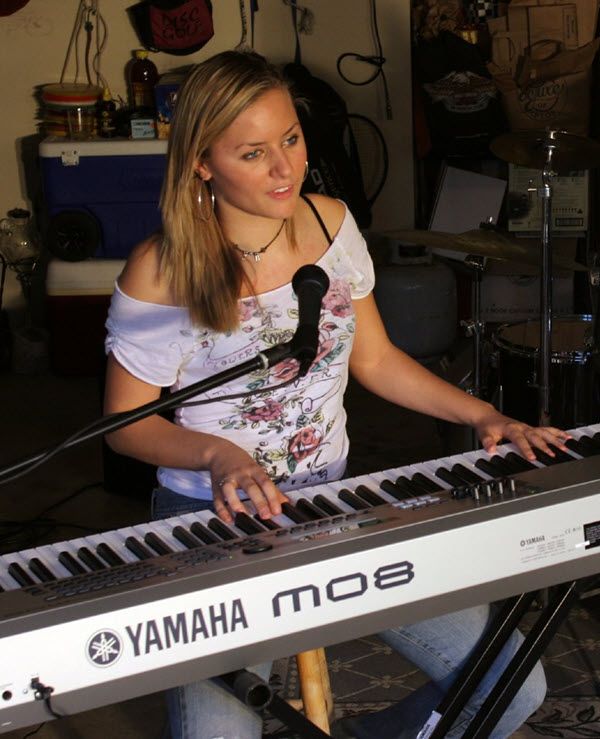

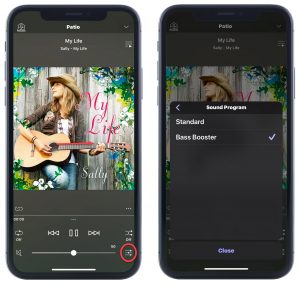
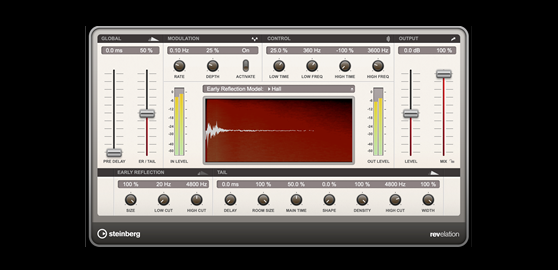
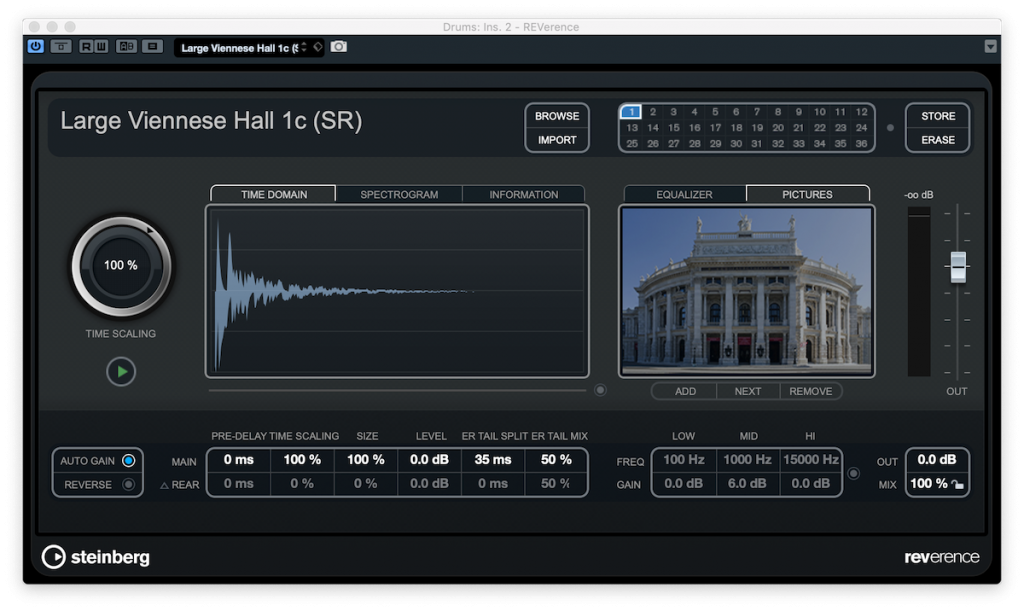
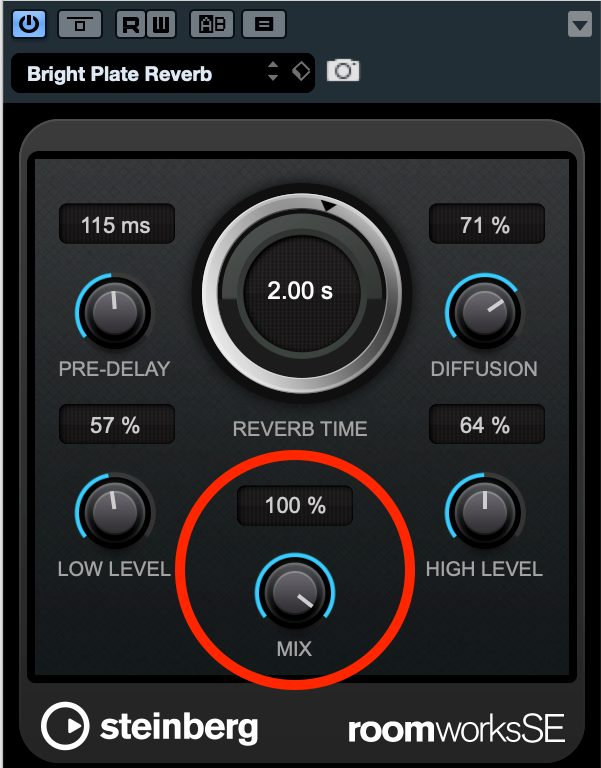
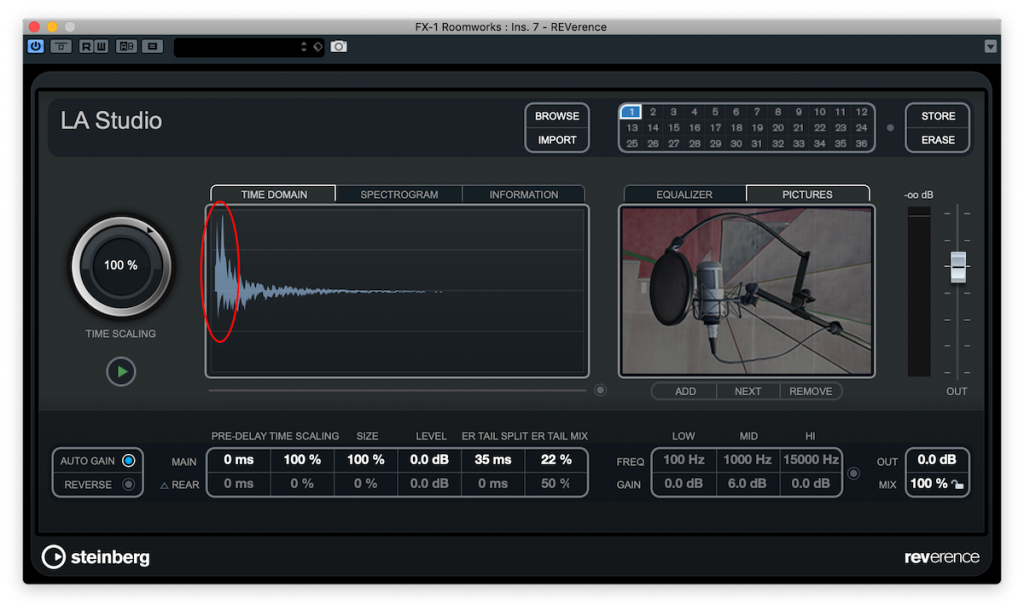

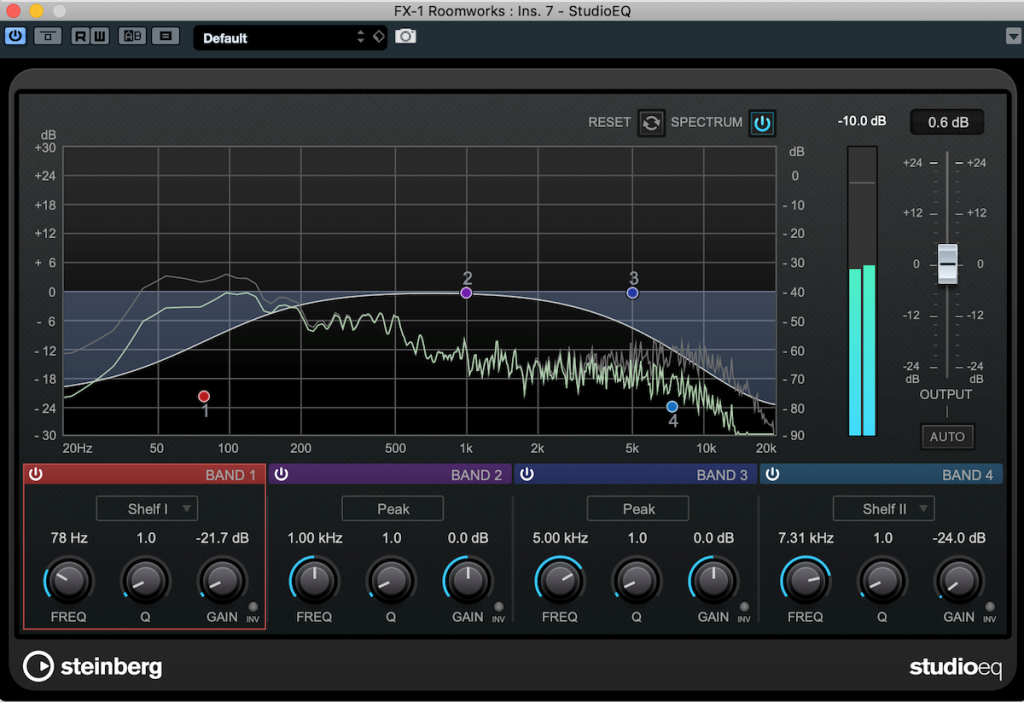






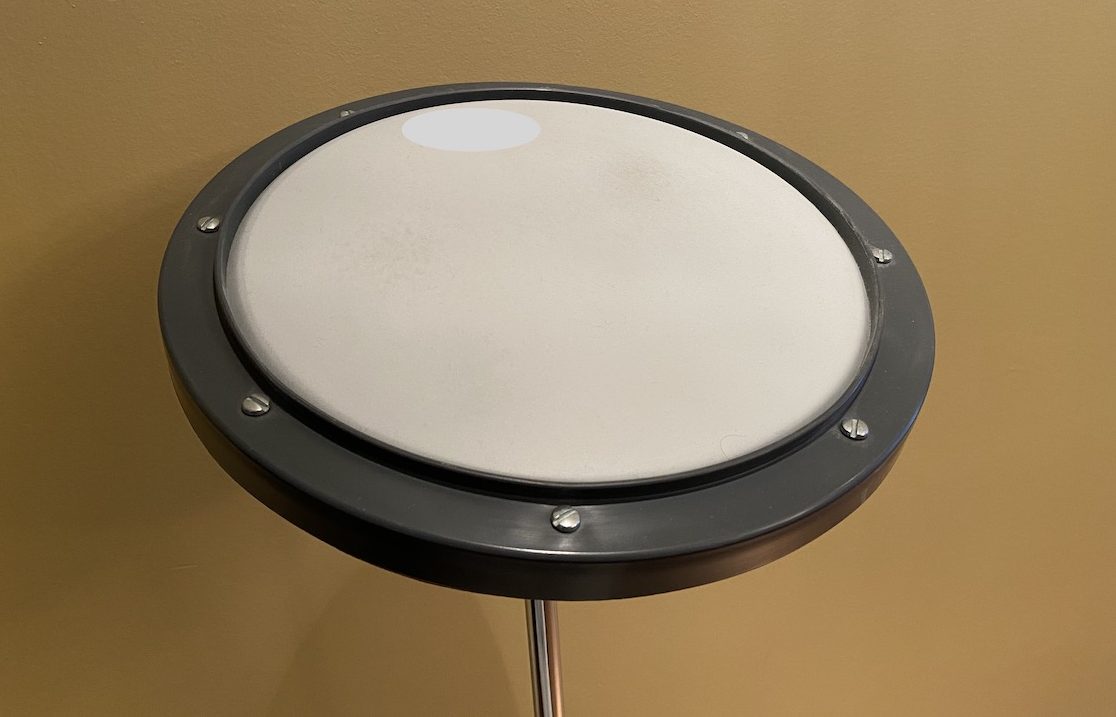
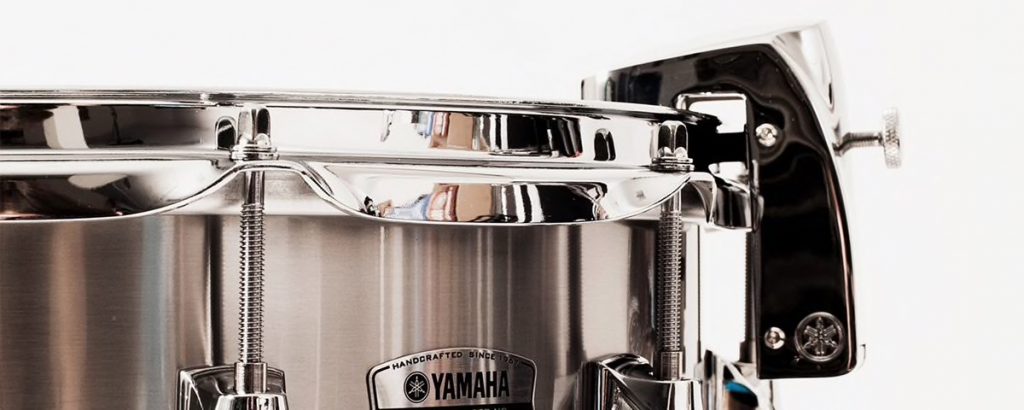
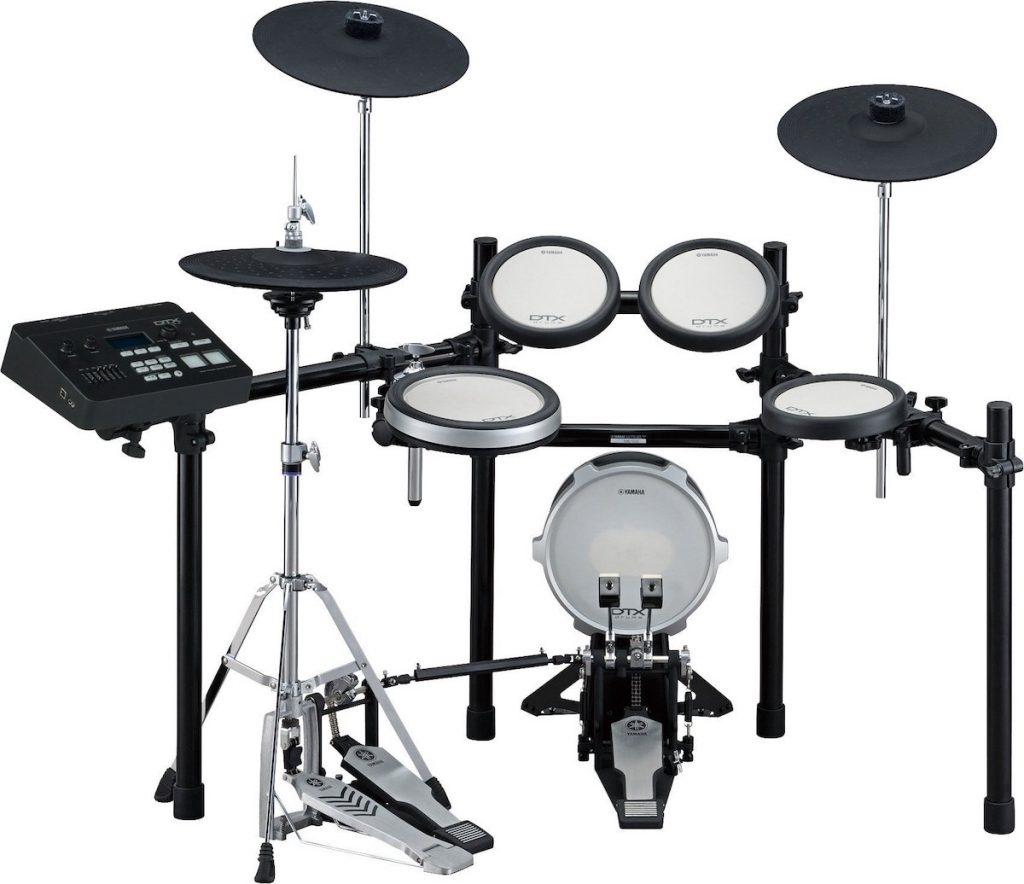
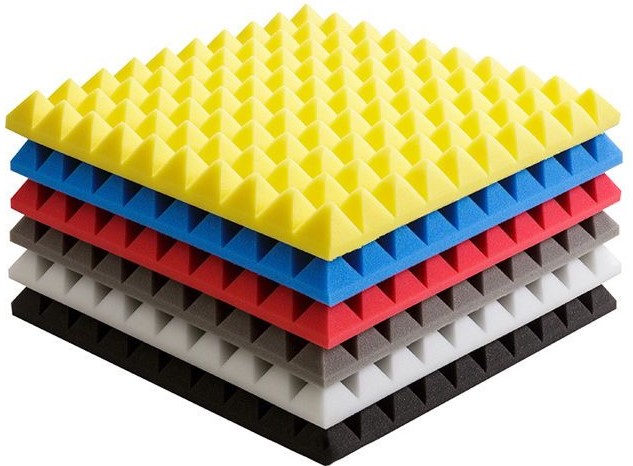


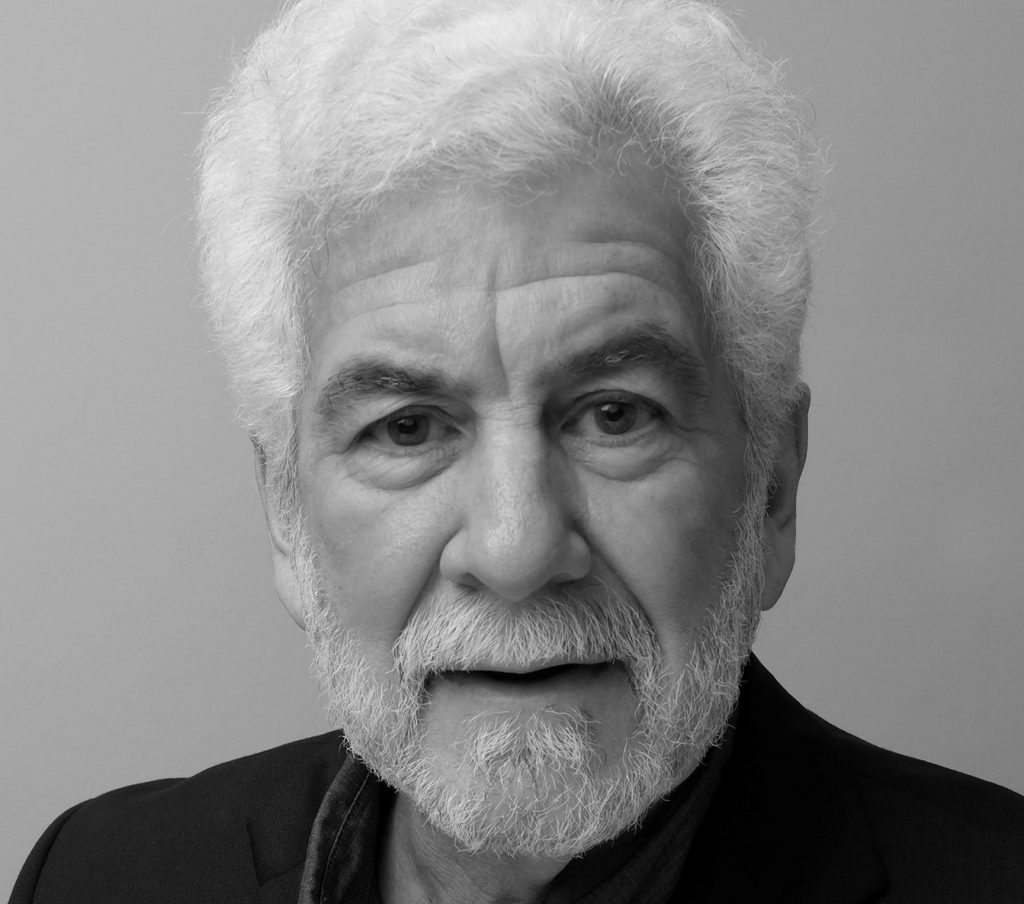
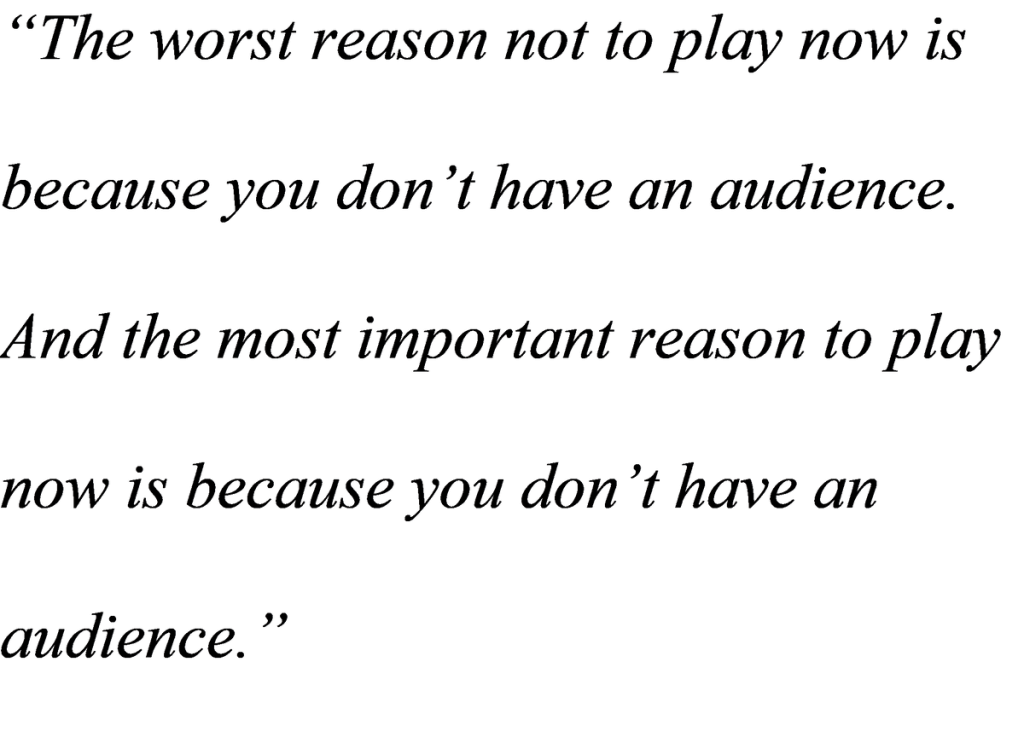

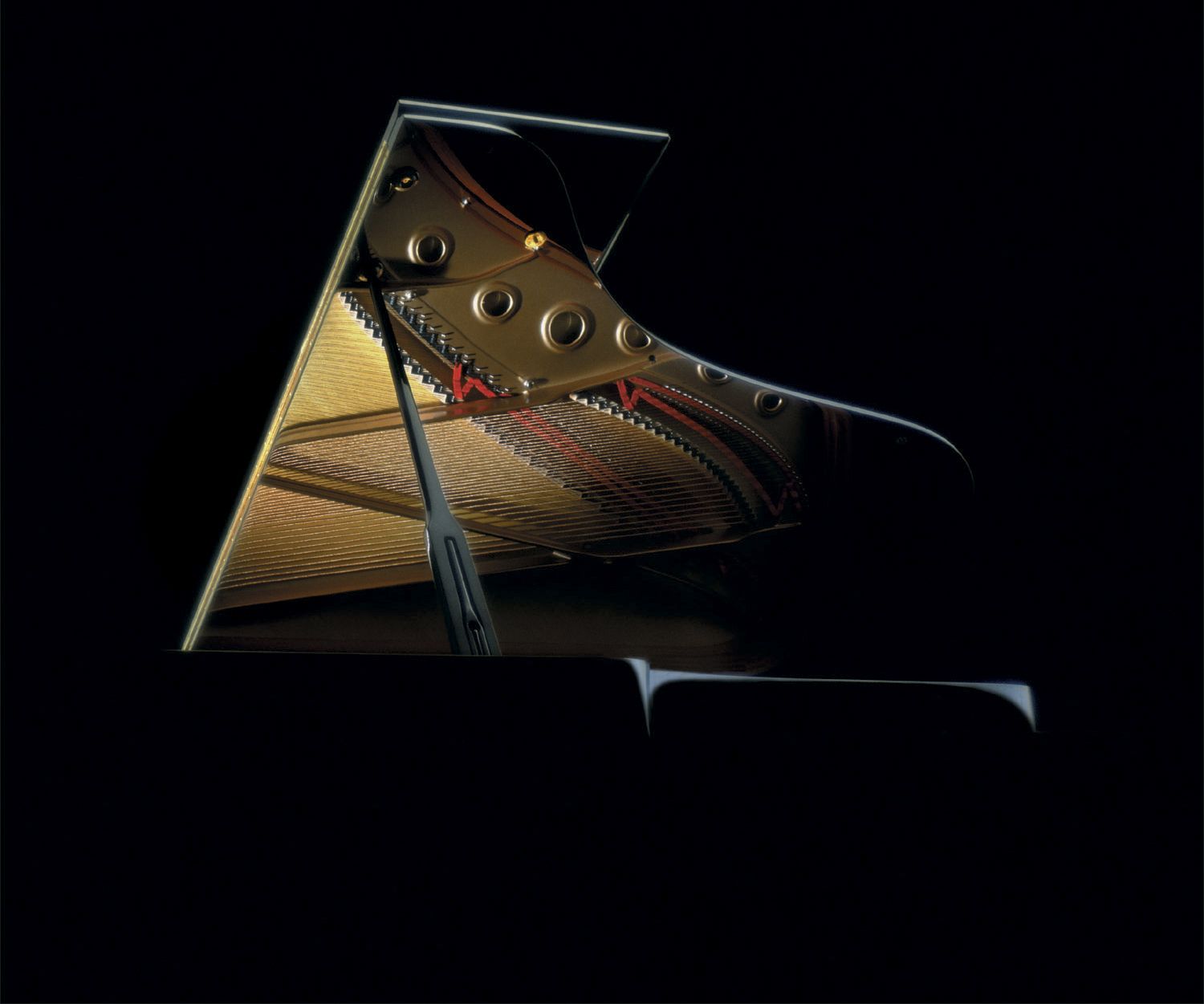






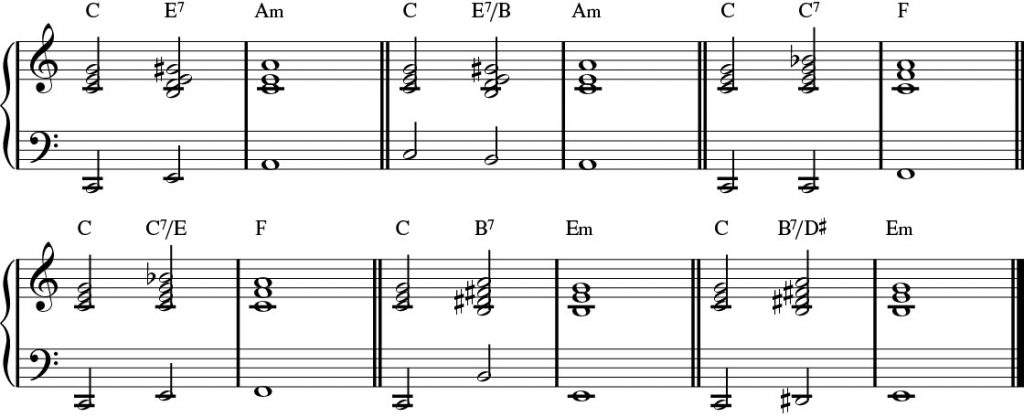



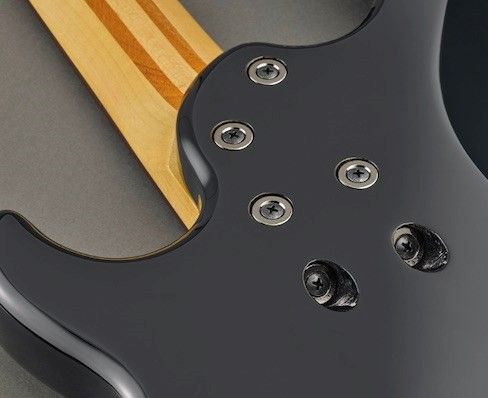



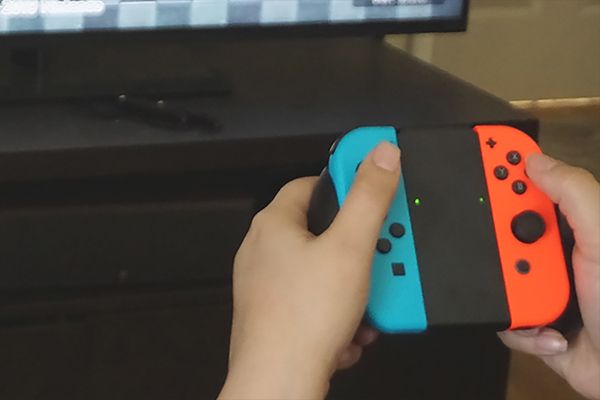
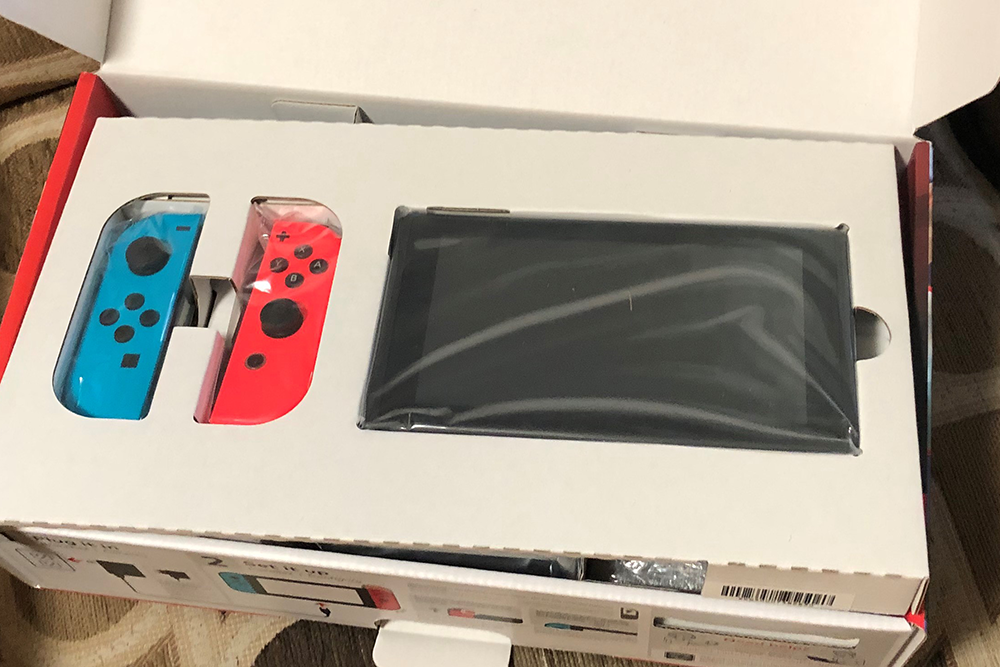


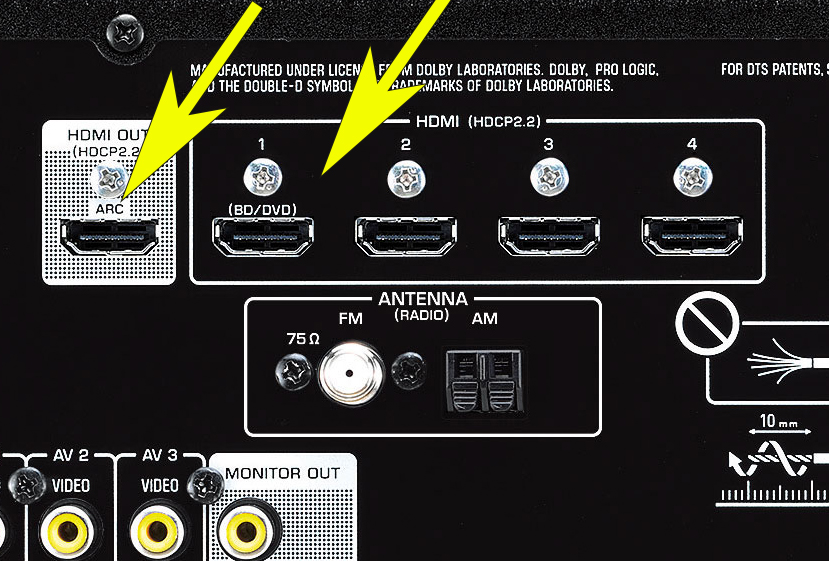
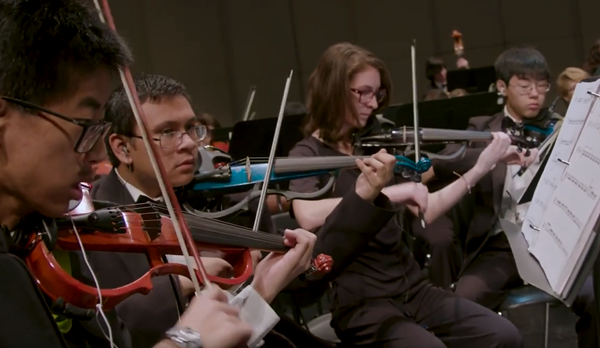
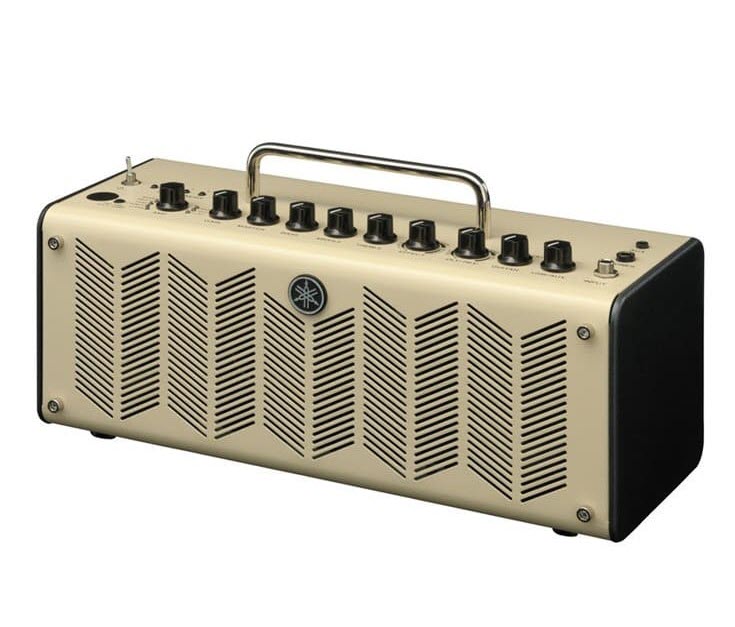 Most schools will already have a basic Public Address (PA) system in their cafeteria, gym or auditorium. In a situation where such a system is not available, small amplifiers can be used instead so that the students can hear each other. Ultimately, you will need a PA with a mixer that can blend the individual instruments into a unified stereo or mono output.
Most schools will already have a basic Public Address (PA) system in their cafeteria, gym or auditorium. In a situation where such a system is not available, small amplifiers can be used instead so that the students can hear each other. Ultimately, you will need a PA with a mixer that can blend the individual instruments into a unified stereo or mono output.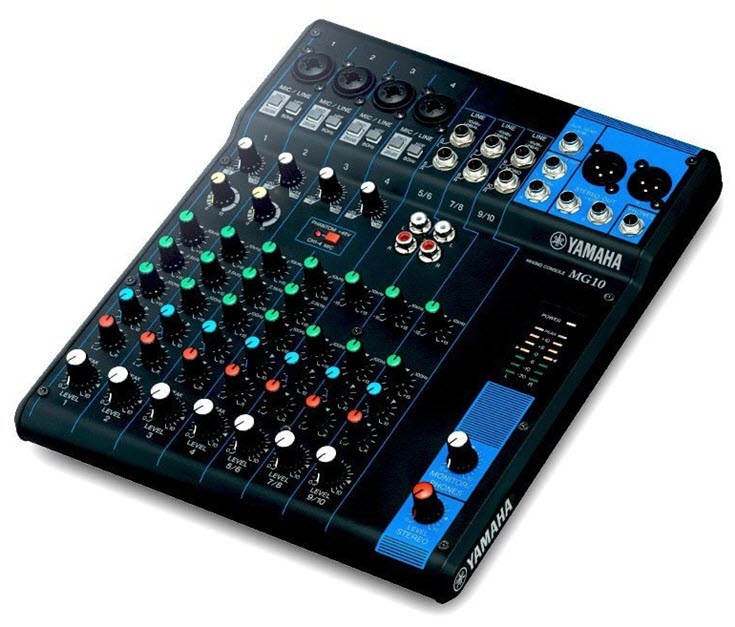 You’ll also need a number of cables in lengths of 8 to 12 feet to connect the instruments to the sound system. A variety of colors works best so students know which cable is theirs. In addition, color-coding the inputs to the PA helps speed up setup time during rehearsal and live performance.
You’ll also need a number of cables in lengths of 8 to 12 feet to connect the instruments to the sound system. A variety of colors works best so students know which cable is theirs. In addition, color-coding the inputs to the PA helps speed up setup time during rehearsal and live performance.

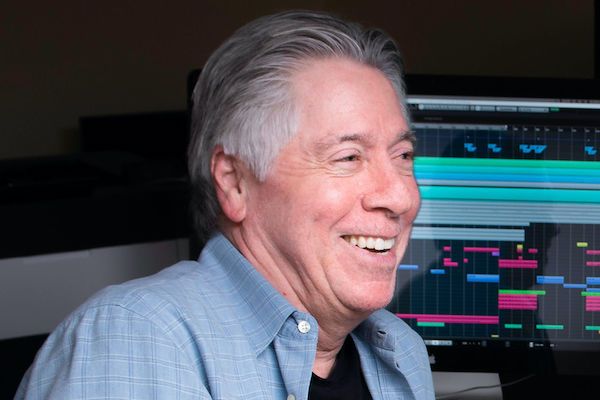

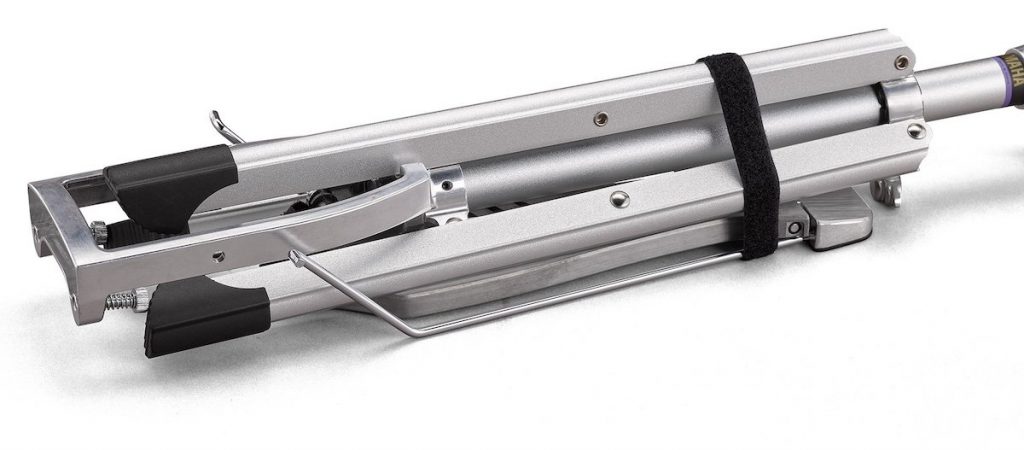
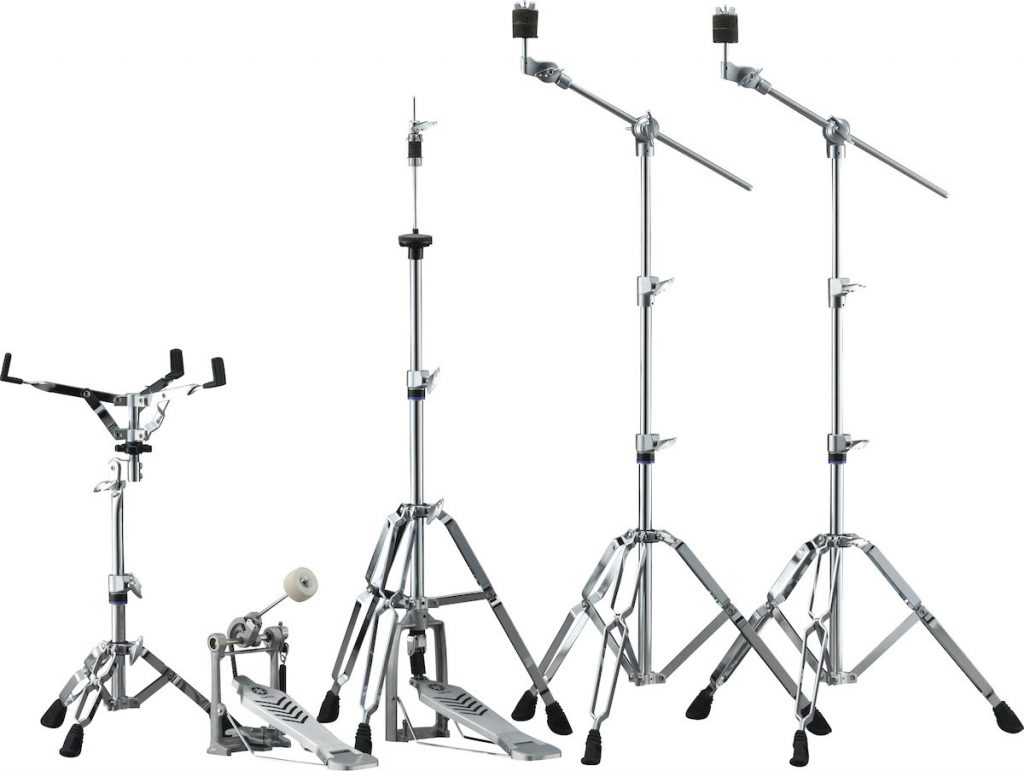
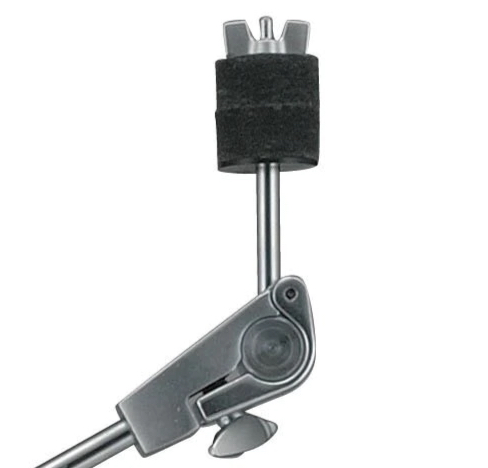
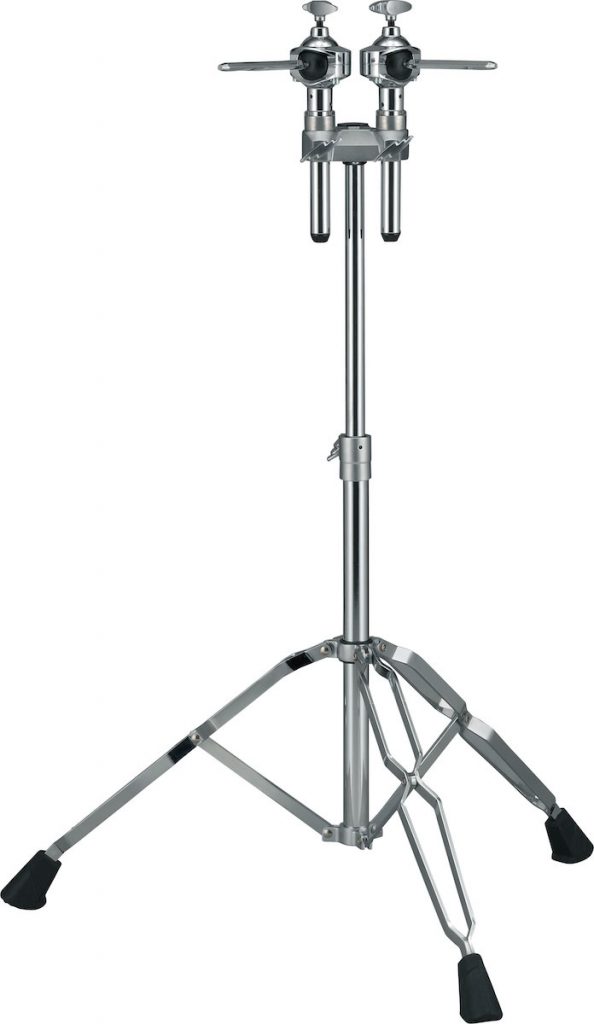
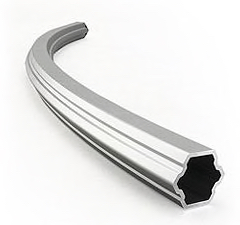
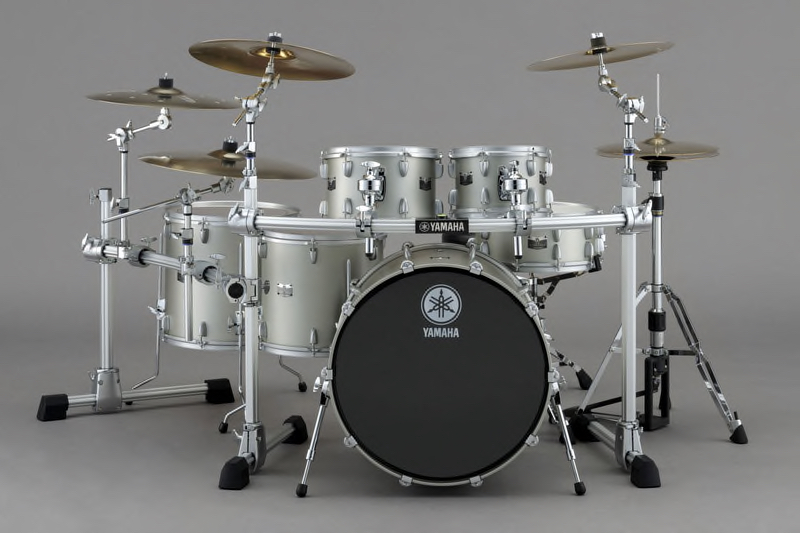
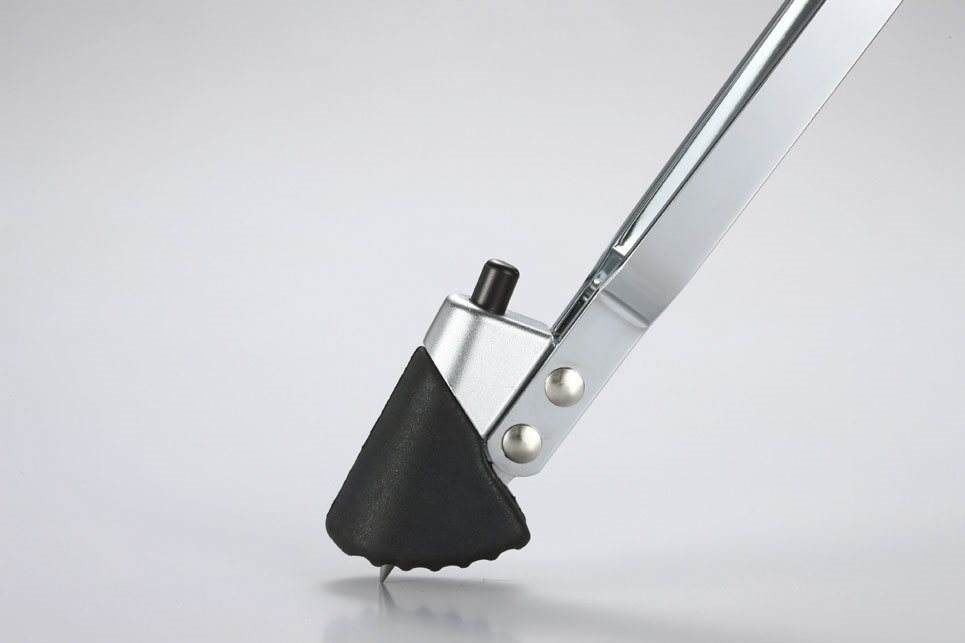
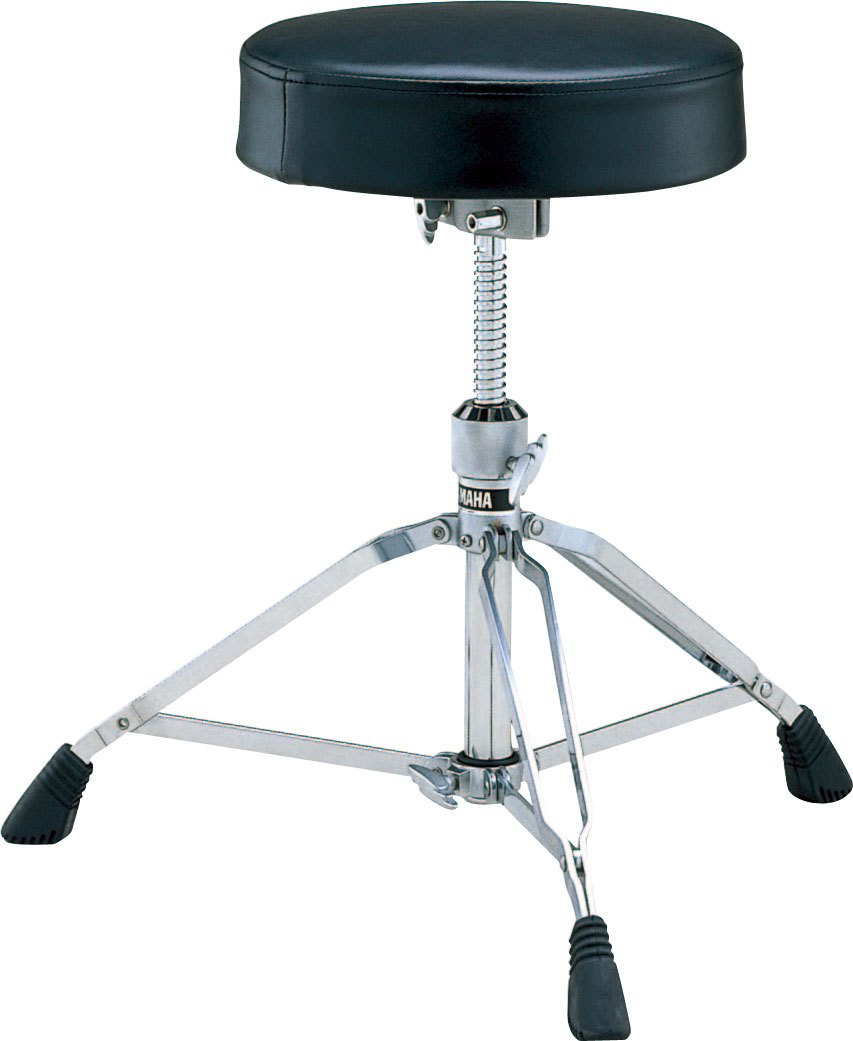



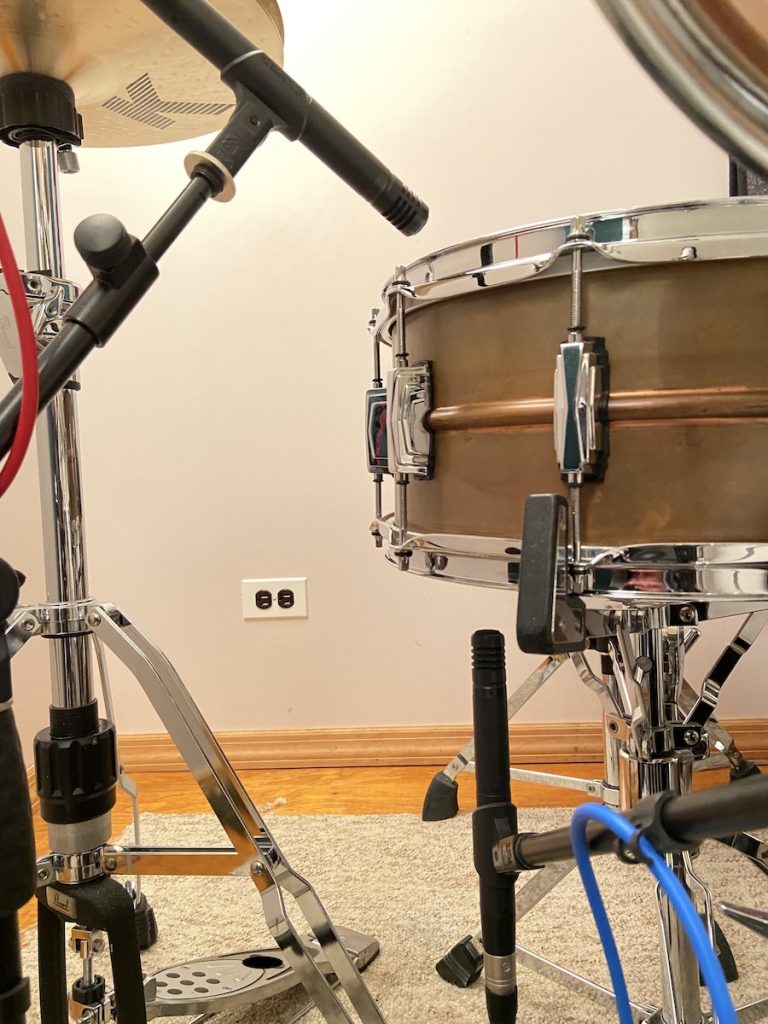
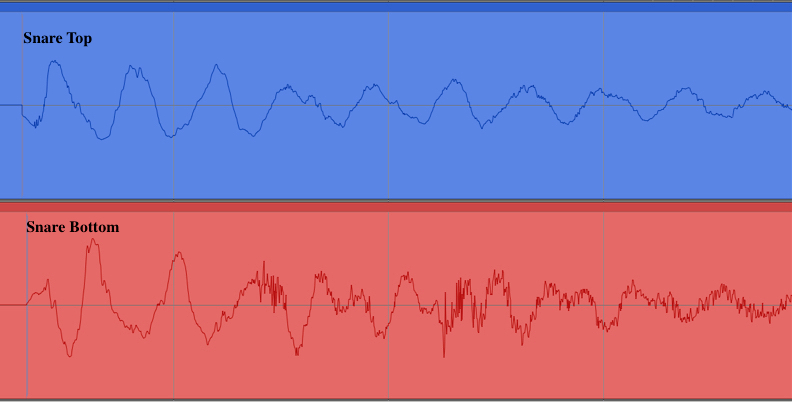
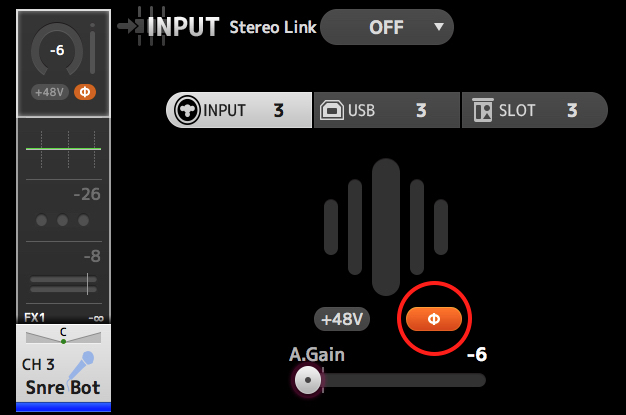

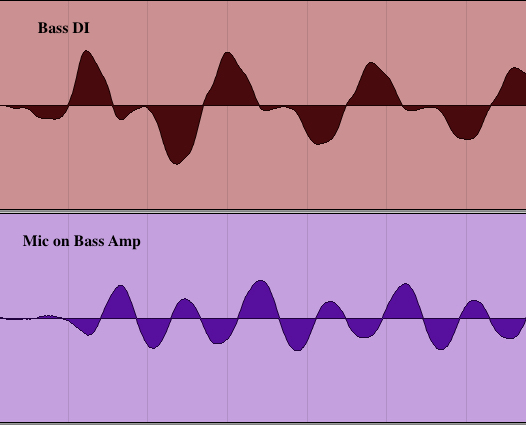

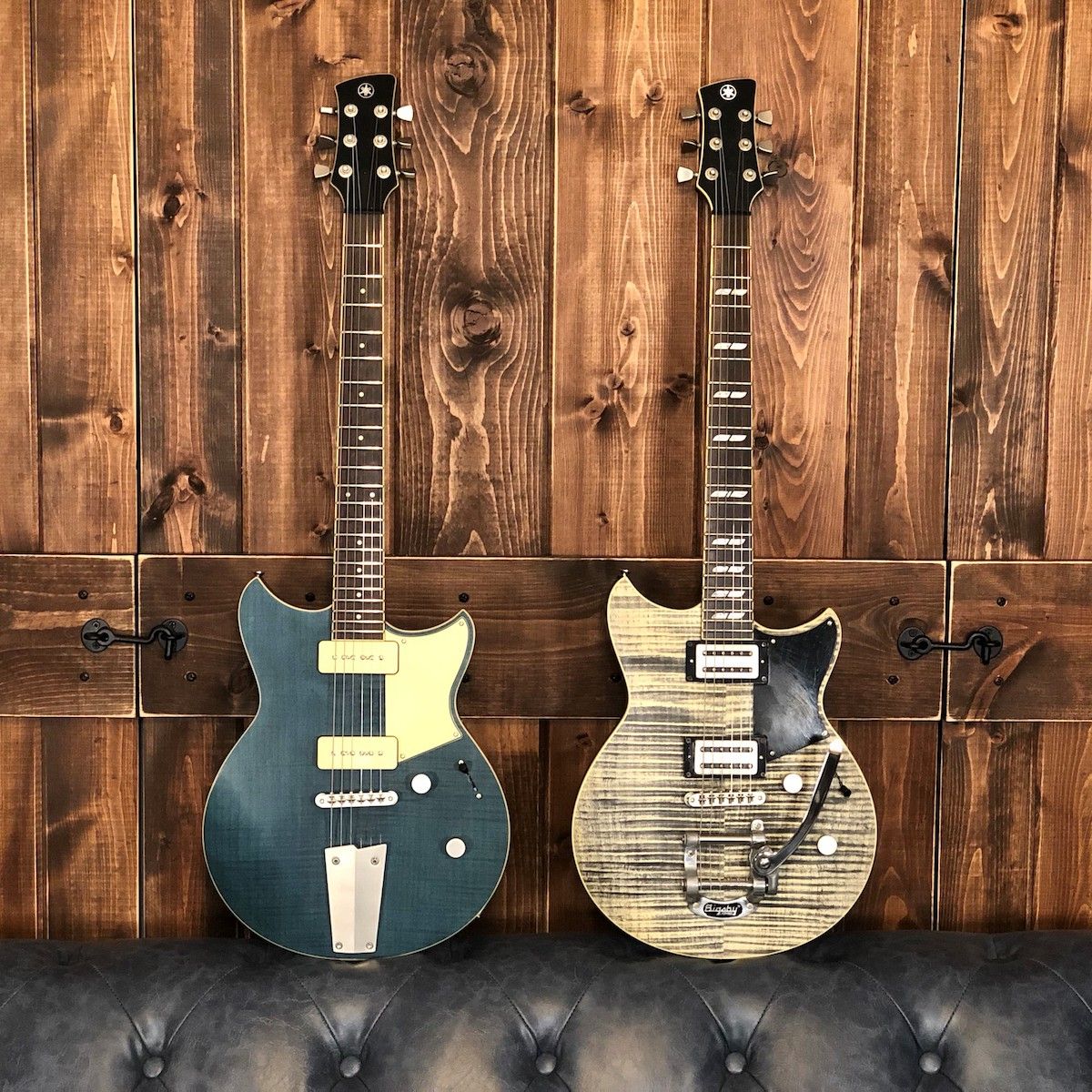
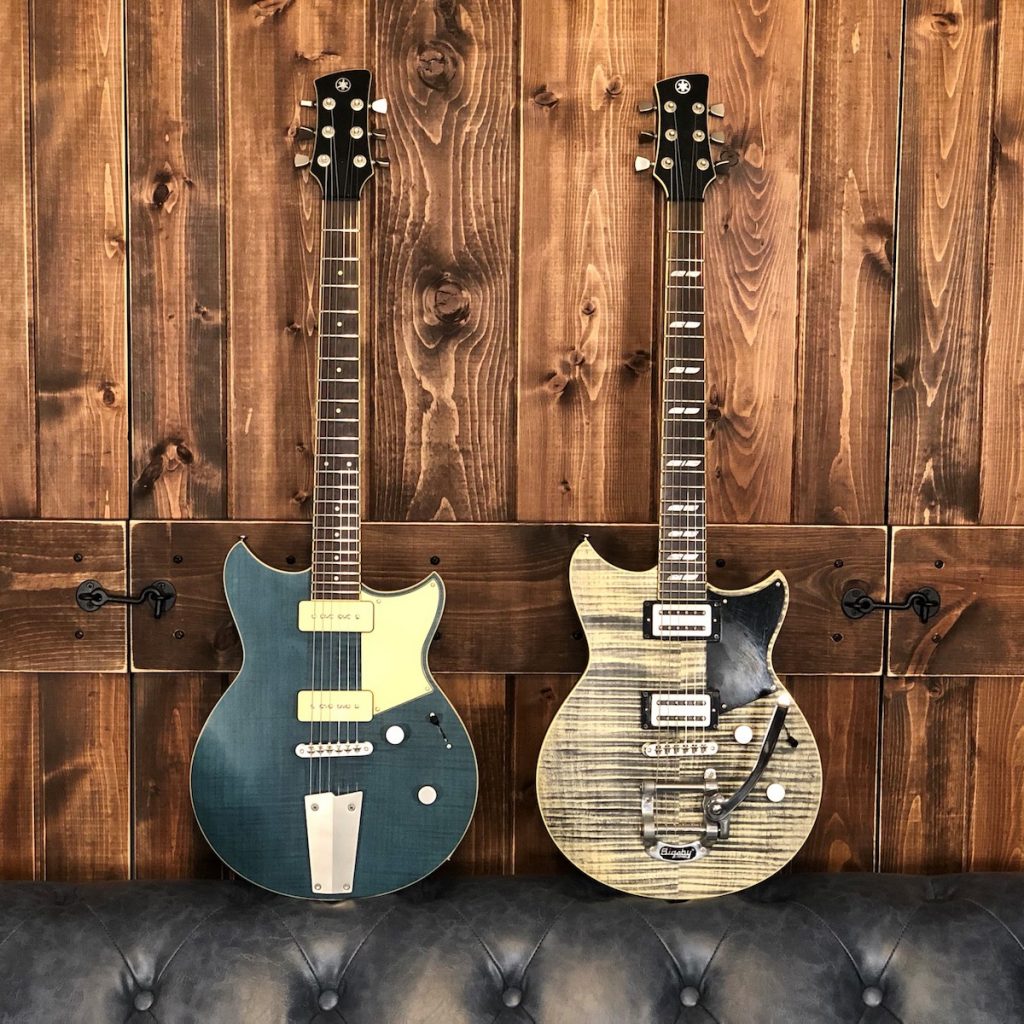
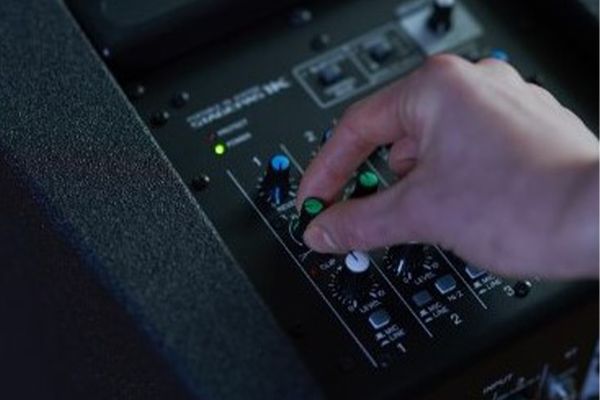

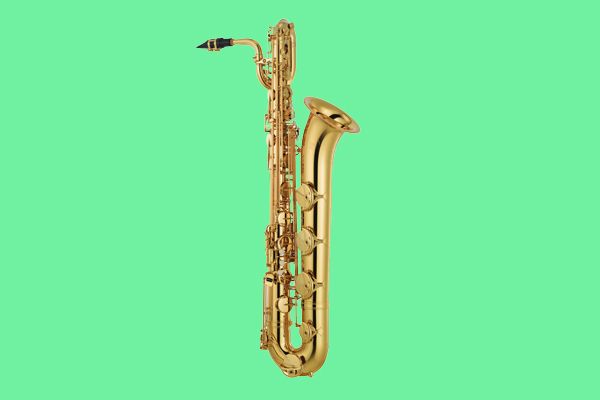
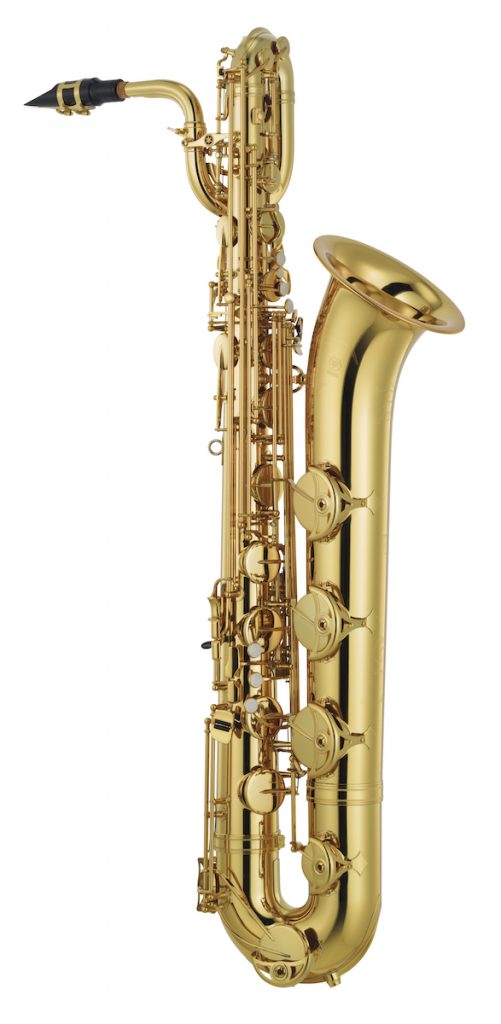
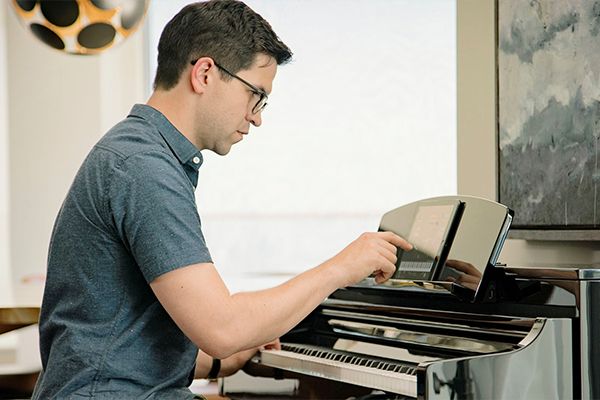
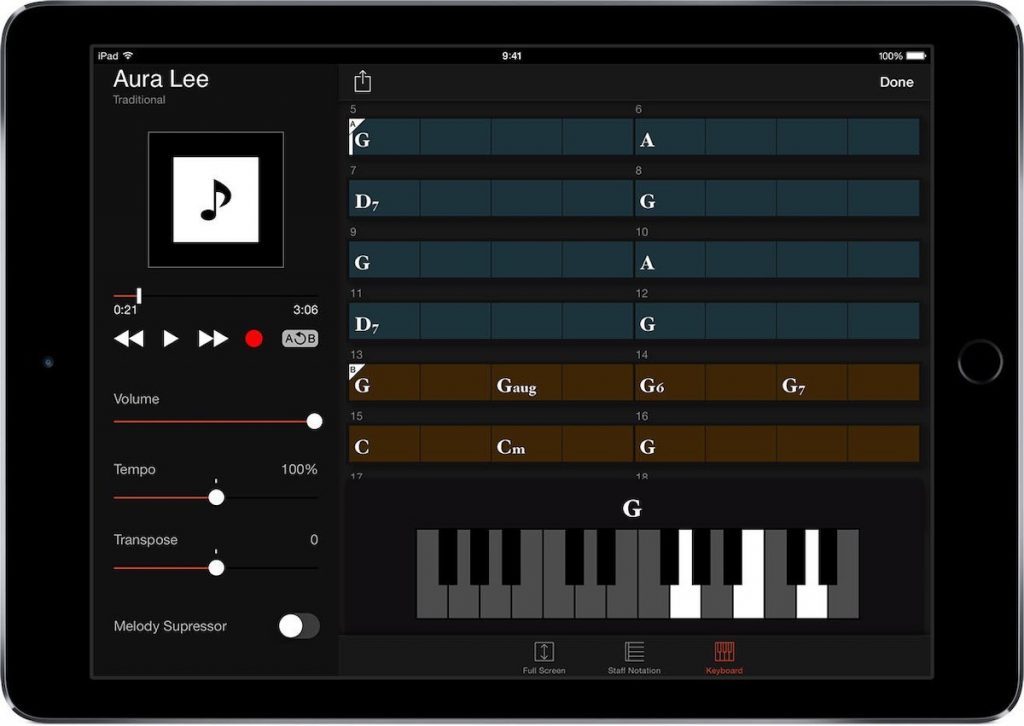
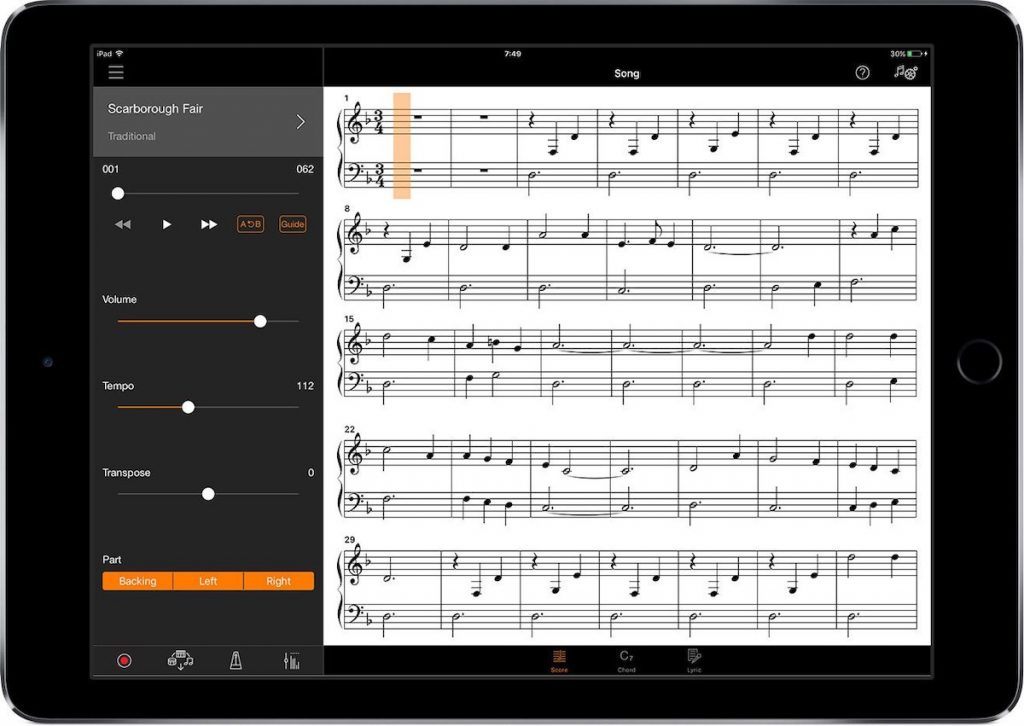

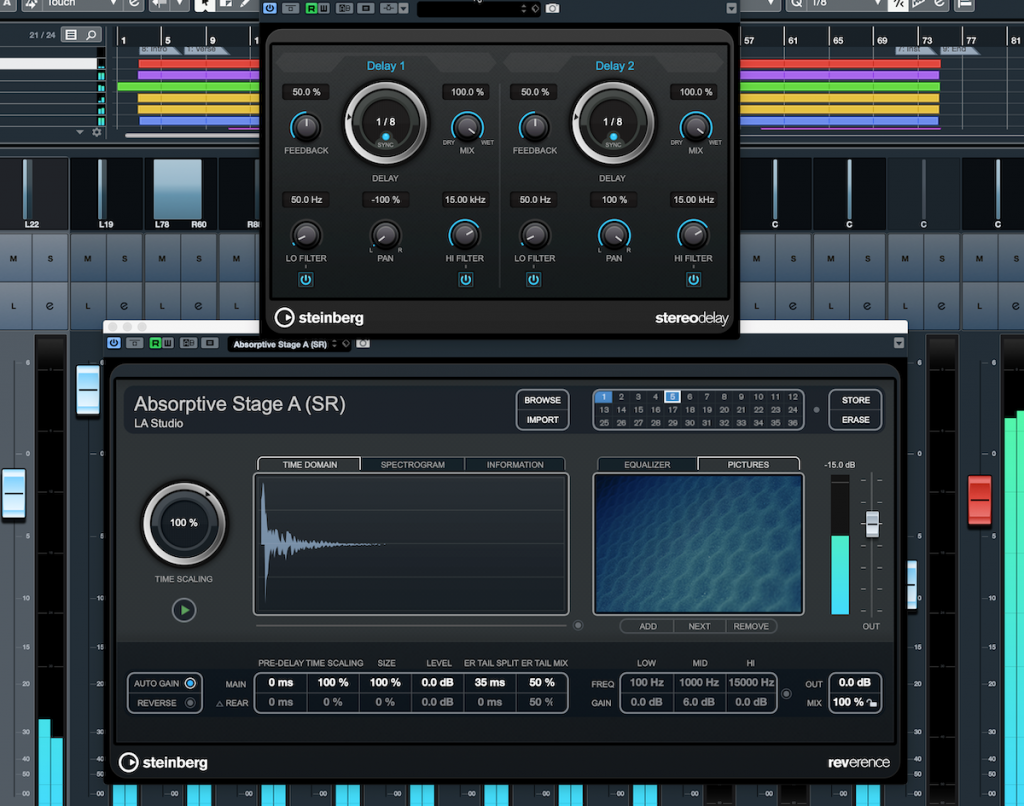
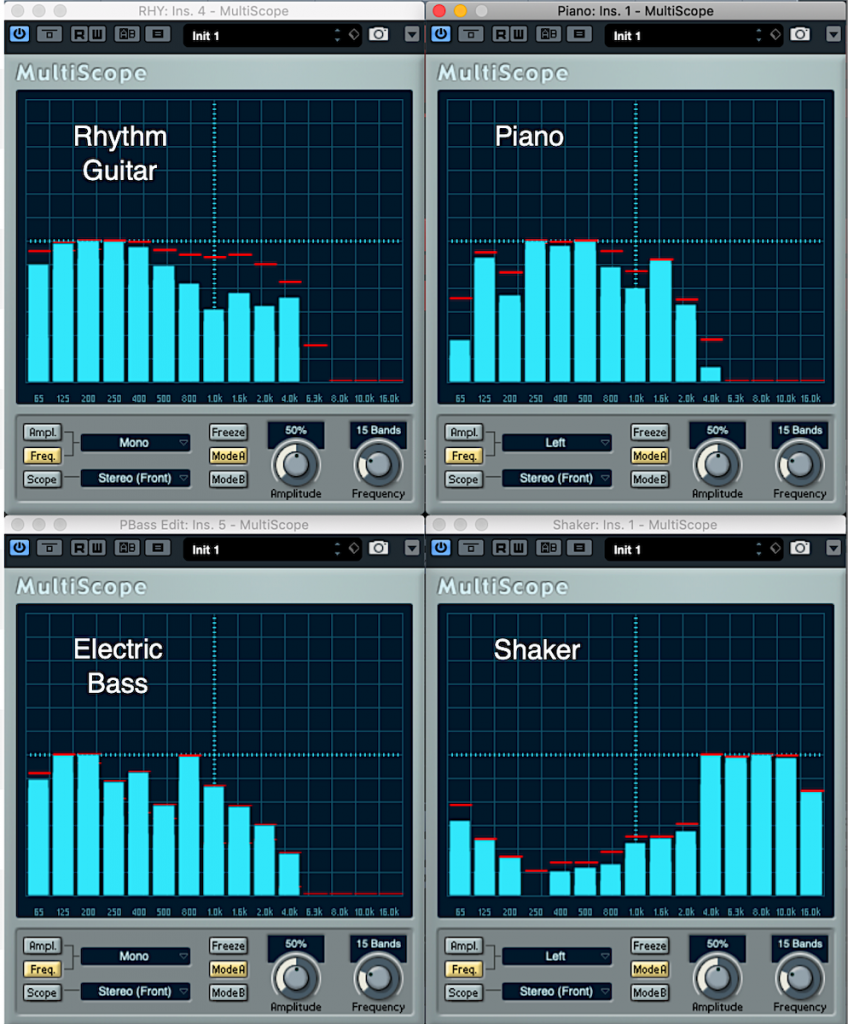
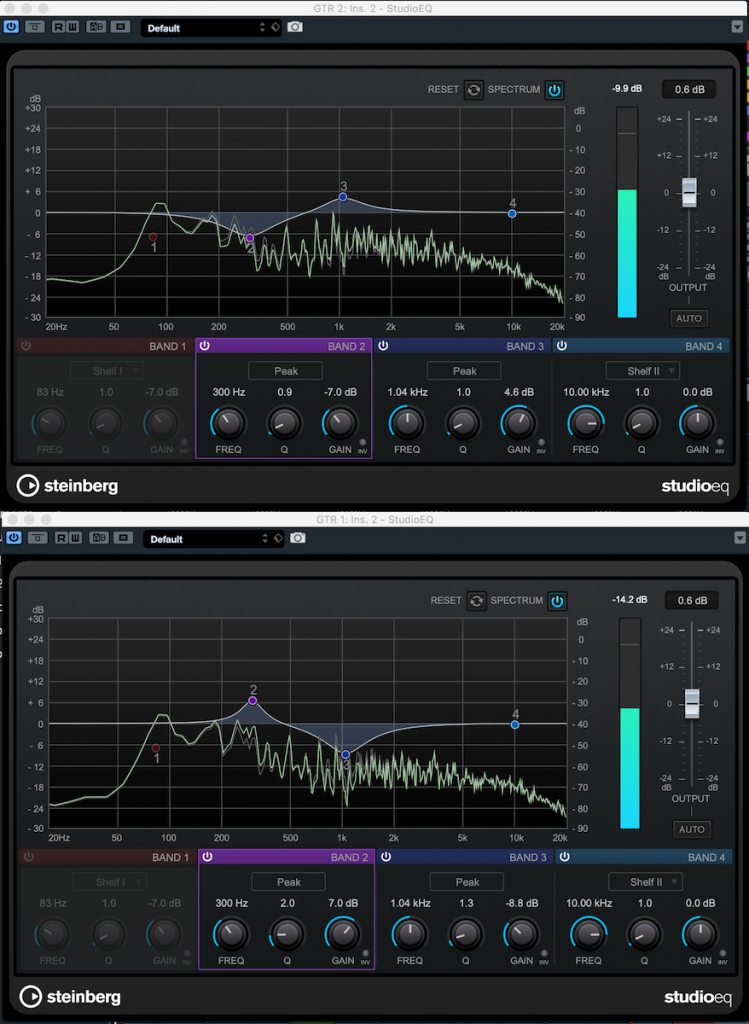
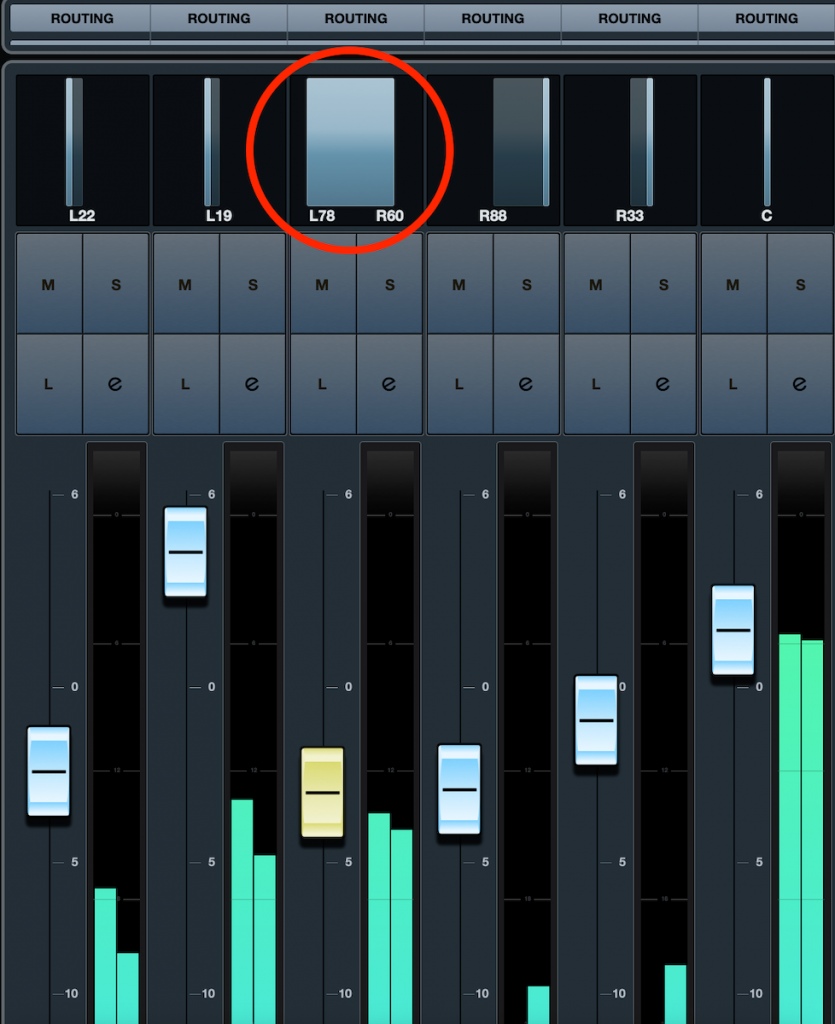
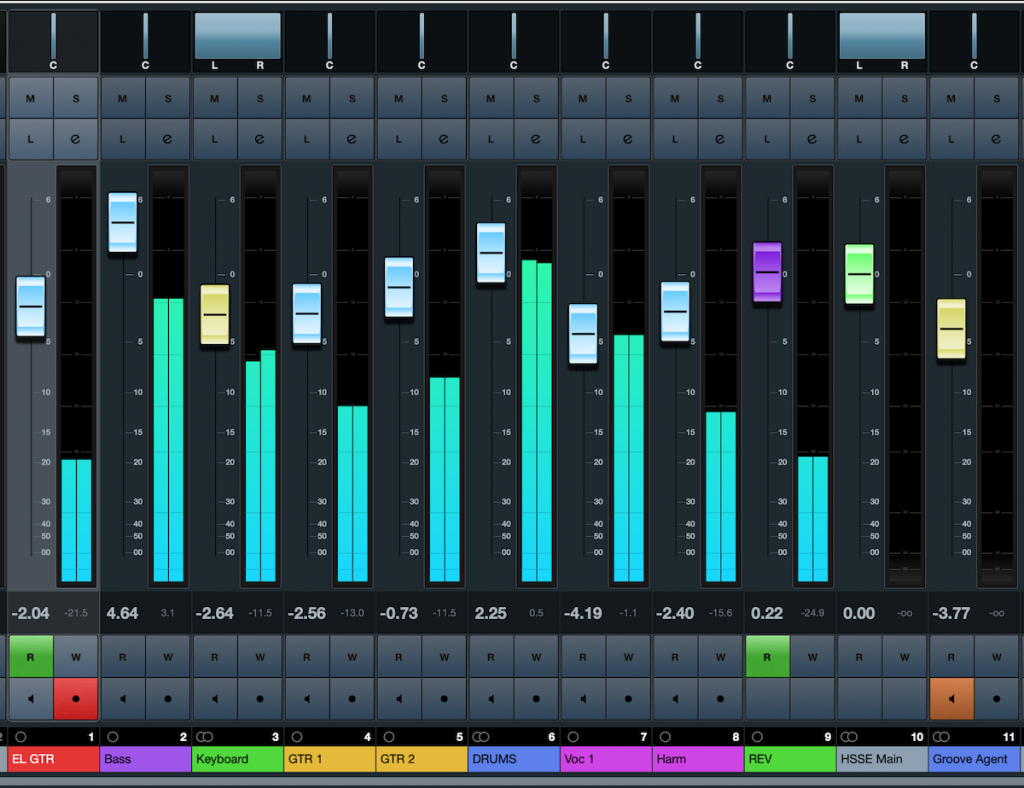

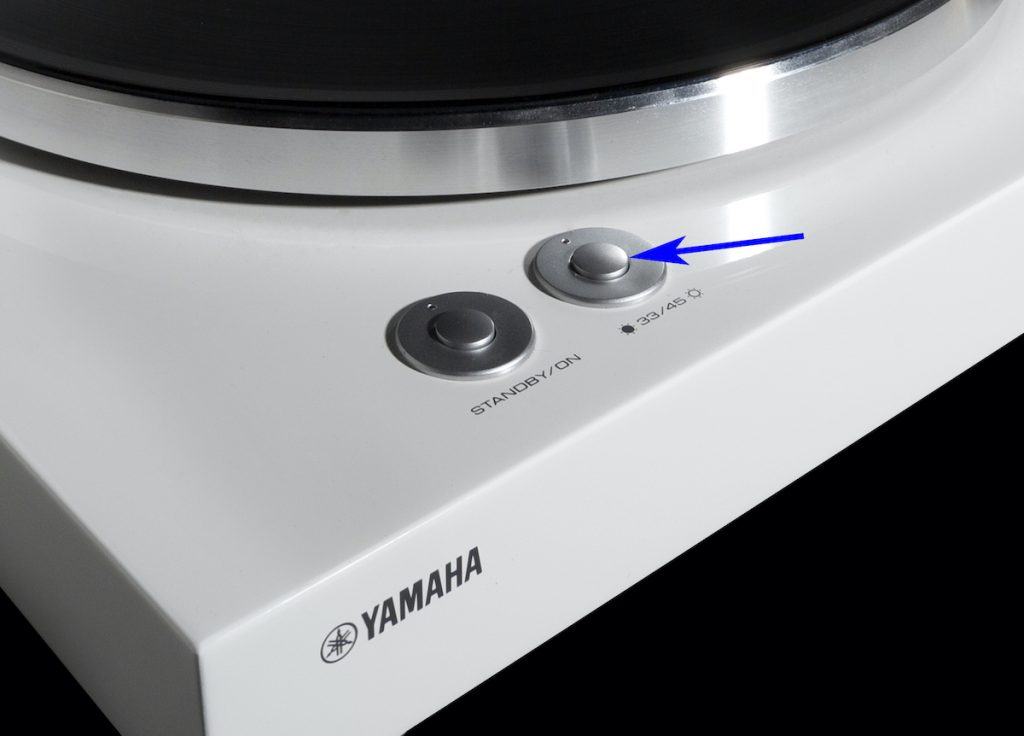



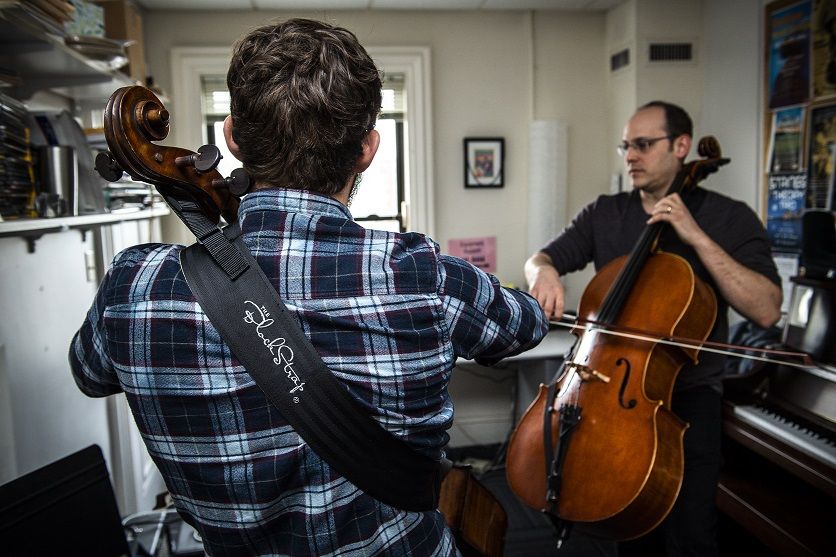




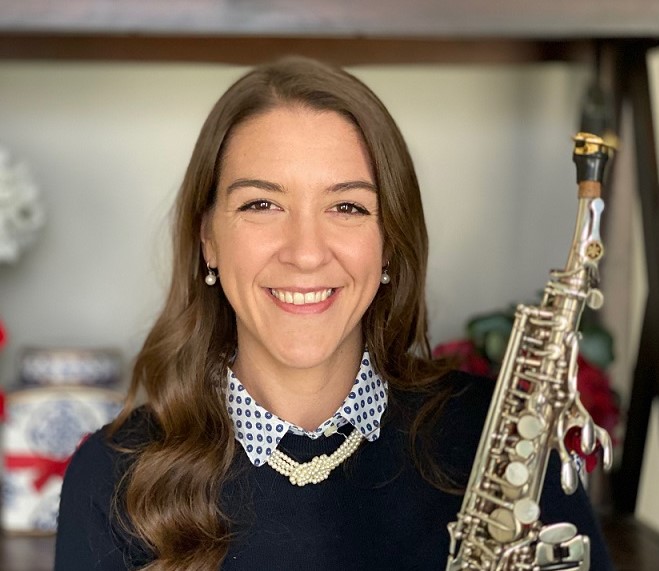



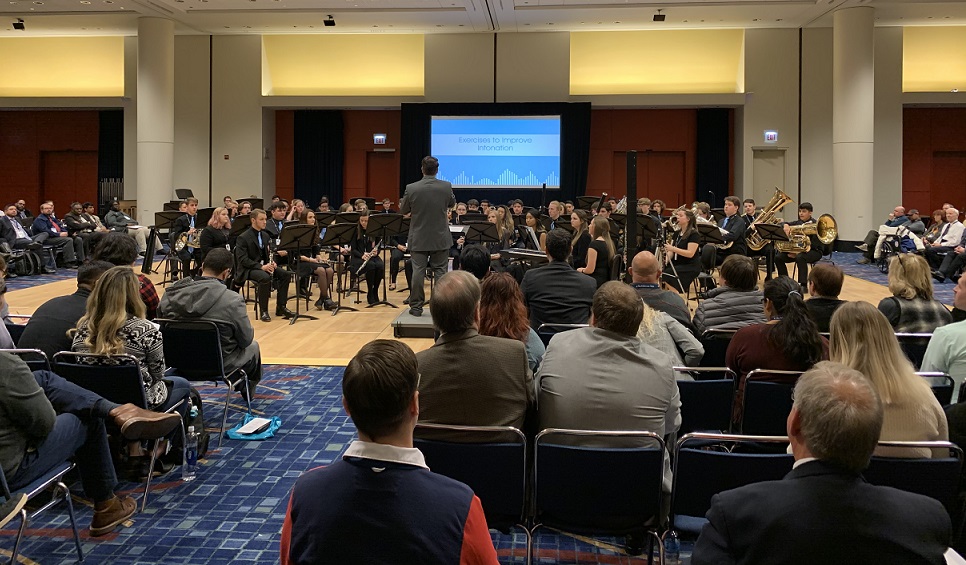
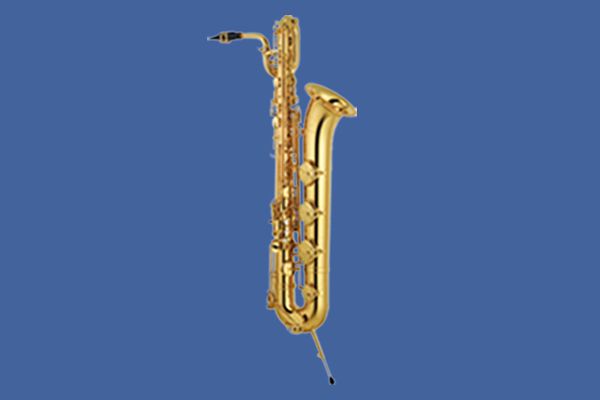
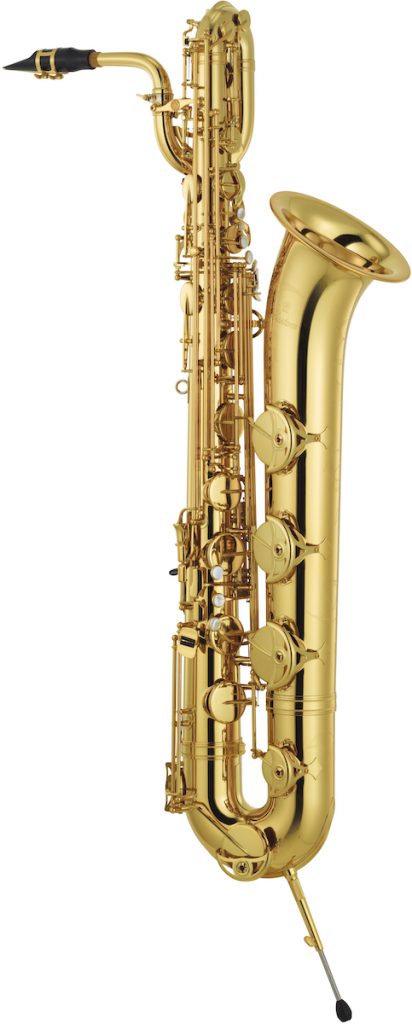
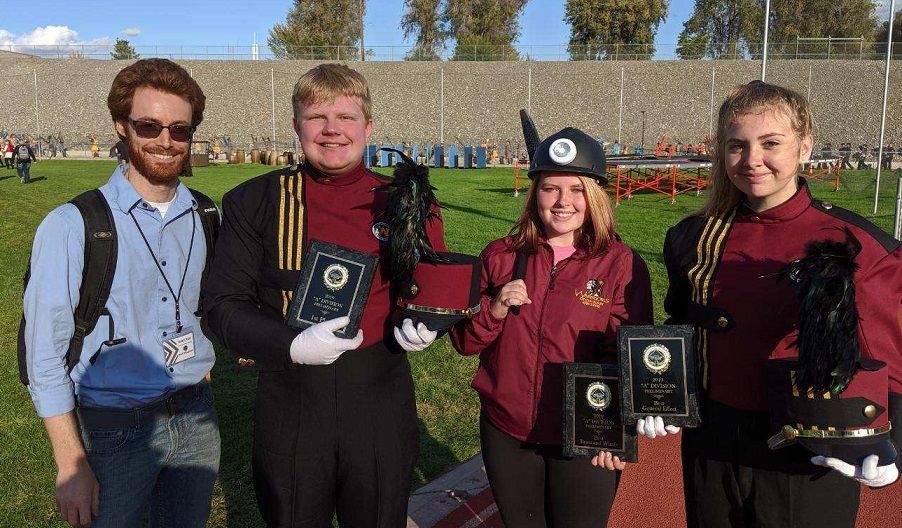

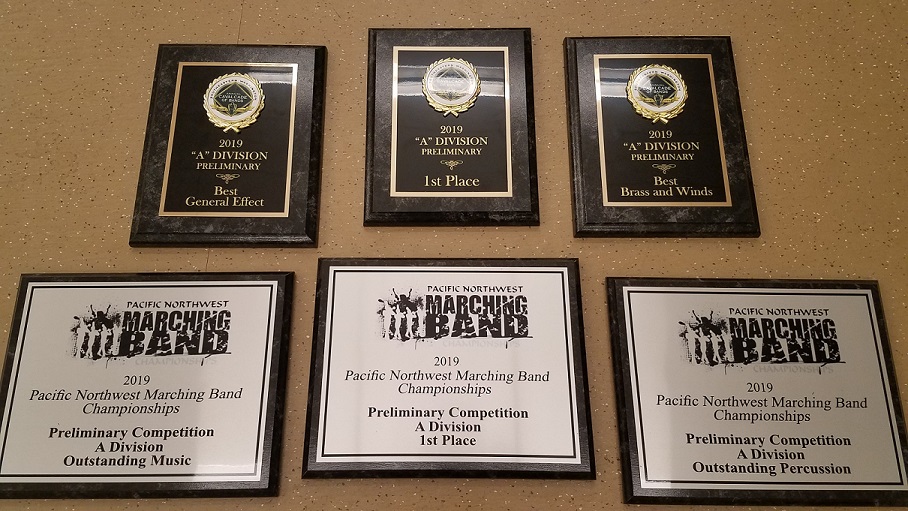


 Repertoire for chamber ensembles is available for a variety of levels, making ensemble opportunities open to students with wide-ranging skills. Geiger requires students to audition, so that they work harder for spots. Typically, he writes an original piece that isolates specific skills or picks a song from an audition method book.
Repertoire for chamber ensembles is available for a variety of levels, making ensemble opportunities open to students with wide-ranging skills. Geiger requires students to audition, so that they work harder for spots. Typically, he writes an original piece that isolates specific skills or picks a song from an audition method book.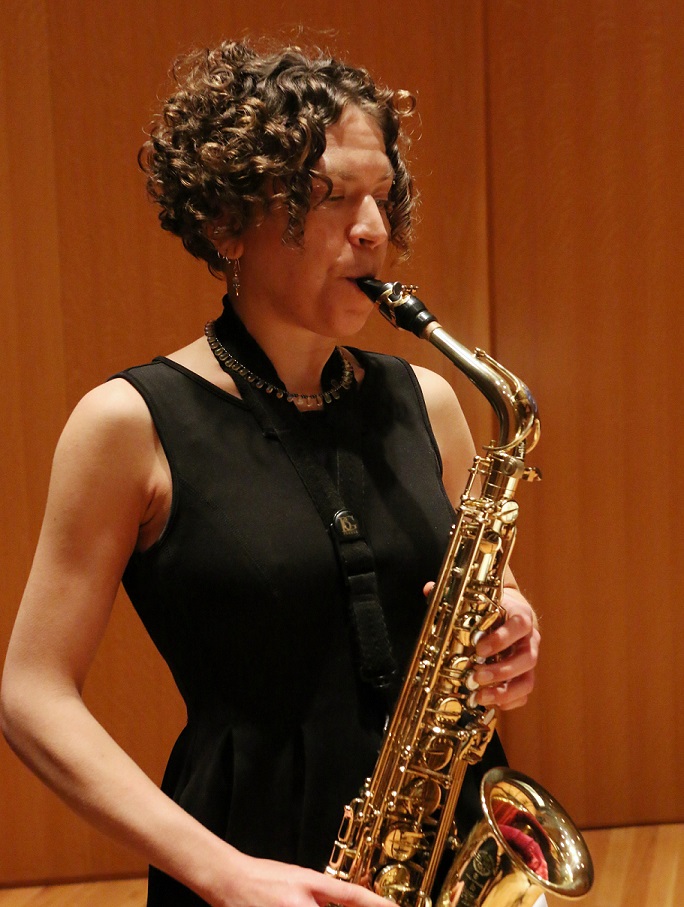 Chamber ensembles are not conductor-driven, so students must be self-reliant. Radtke suggests that ensembles work best when each member is able to contribute. As opposed to having one specific leader, she appoints a new leader for each rehearsal or has students take turns cueing and leading the group in different exercises.
Chamber ensembles are not conductor-driven, so students must be self-reliant. Radtke suggests that ensembles work best when each member is able to contribute. As opposed to having one specific leader, she appoints a new leader for each rehearsal or has students take turns cueing and leading the group in different exercises.